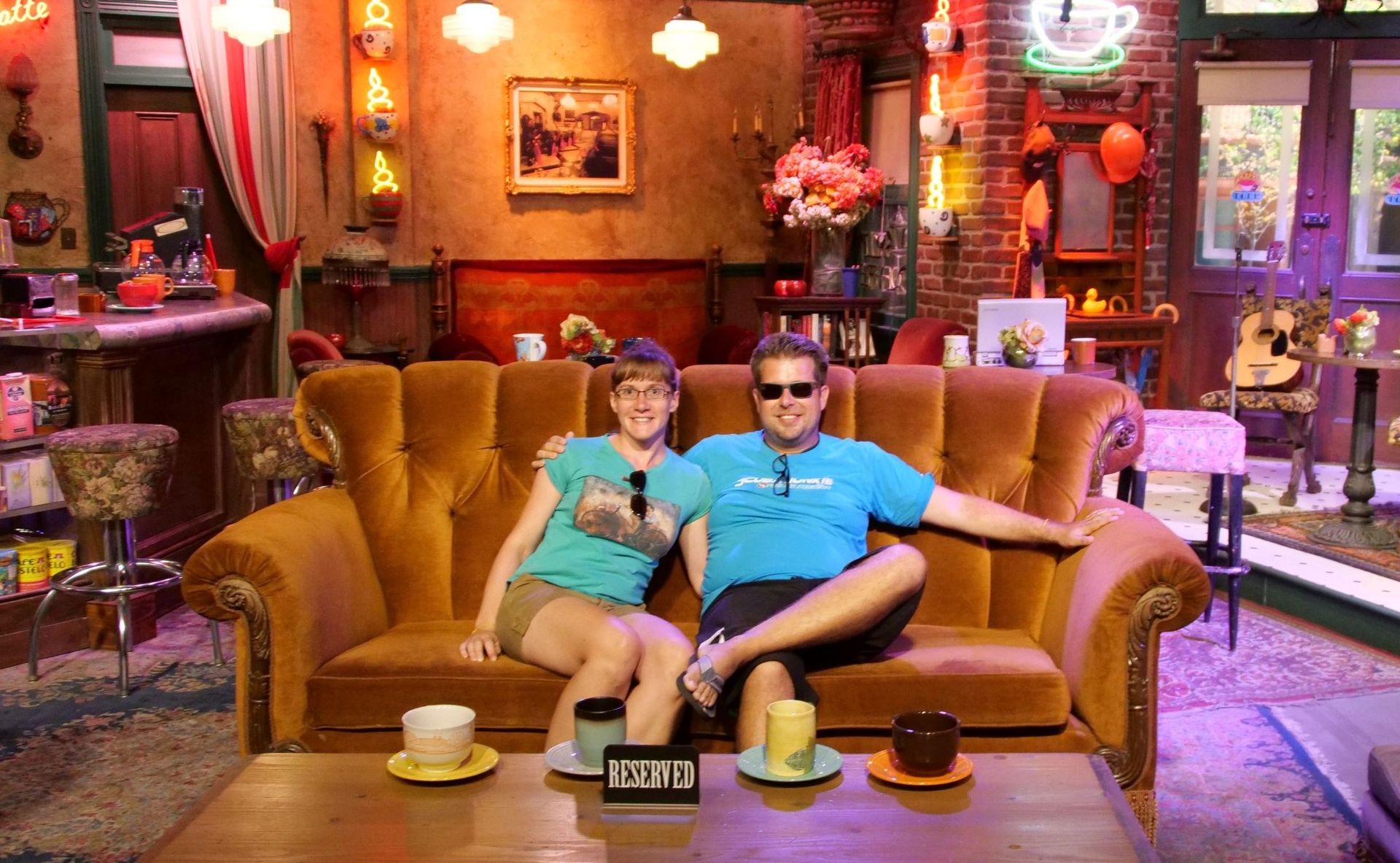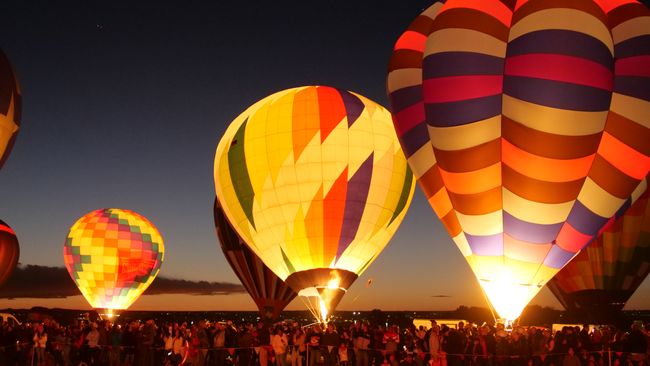
anne & ben um die welt
vakantio.de/anne_und_ben_um_die_welt
27/08/2022 to 29/08/2022 - Budapest / Hungary
പ്രസിദ്ധീകരിച്ചു: 09.09.2022
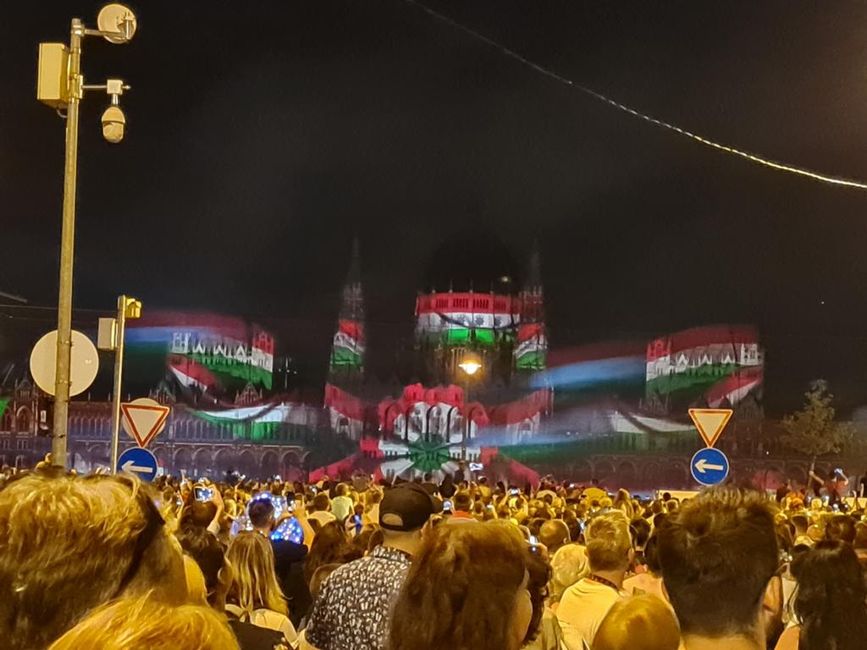
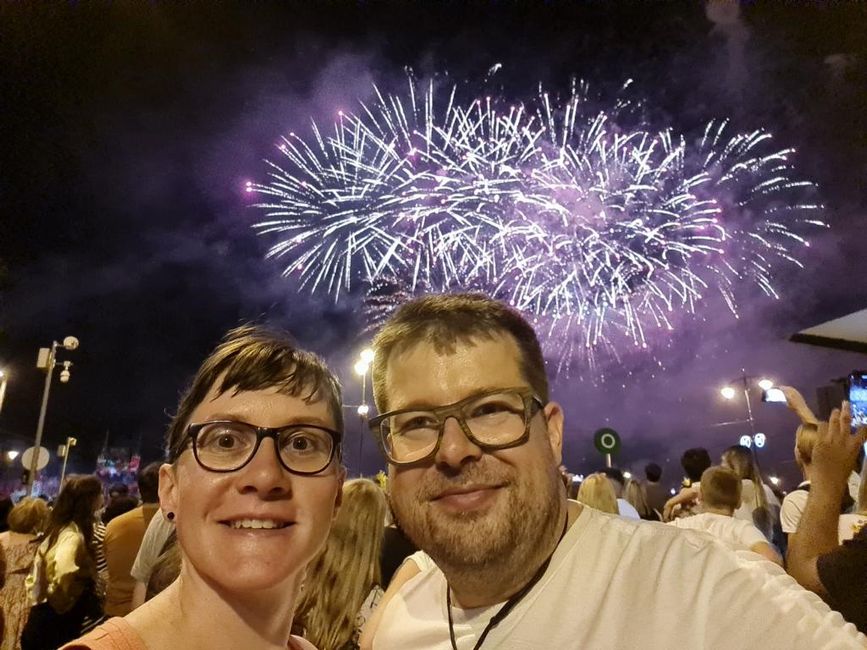
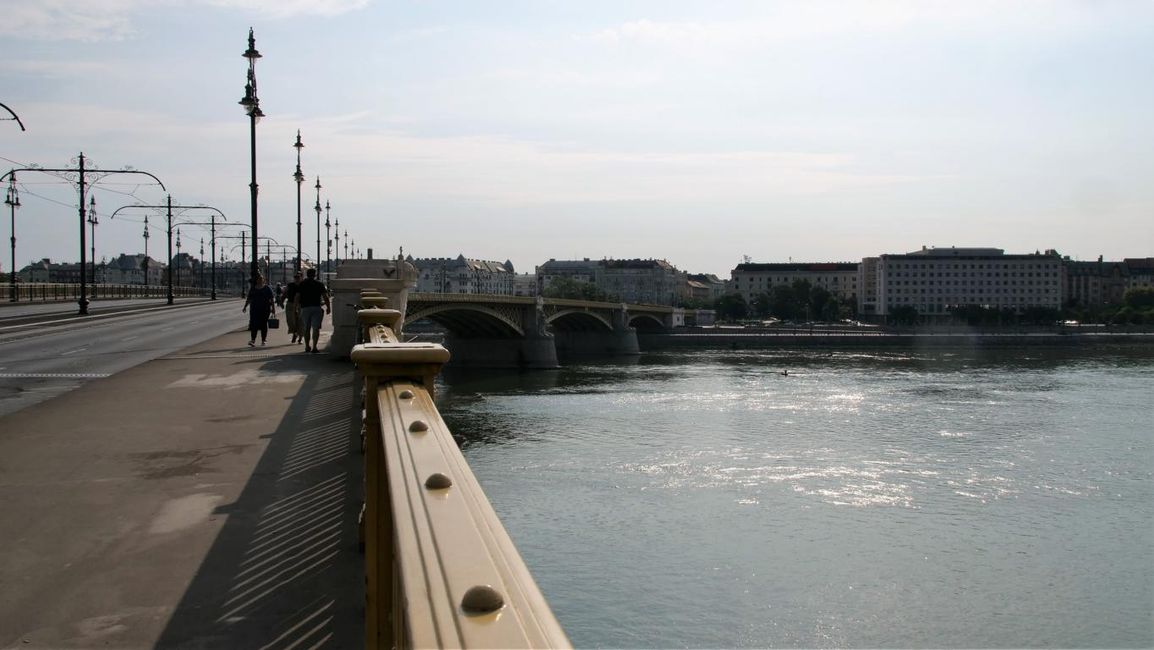
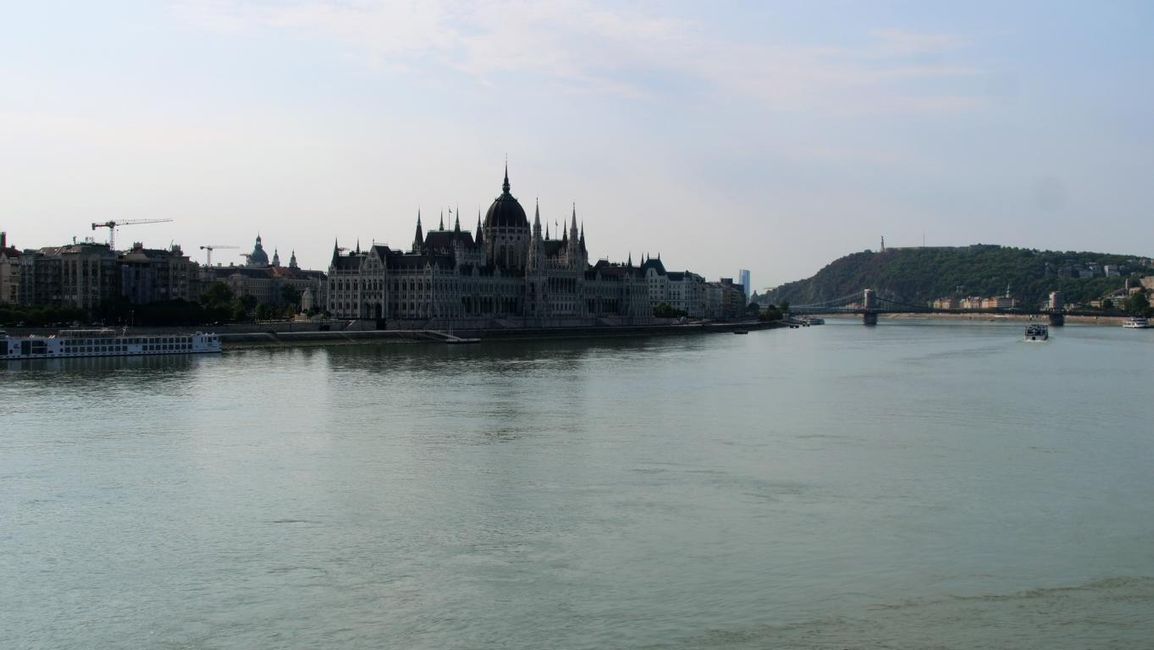
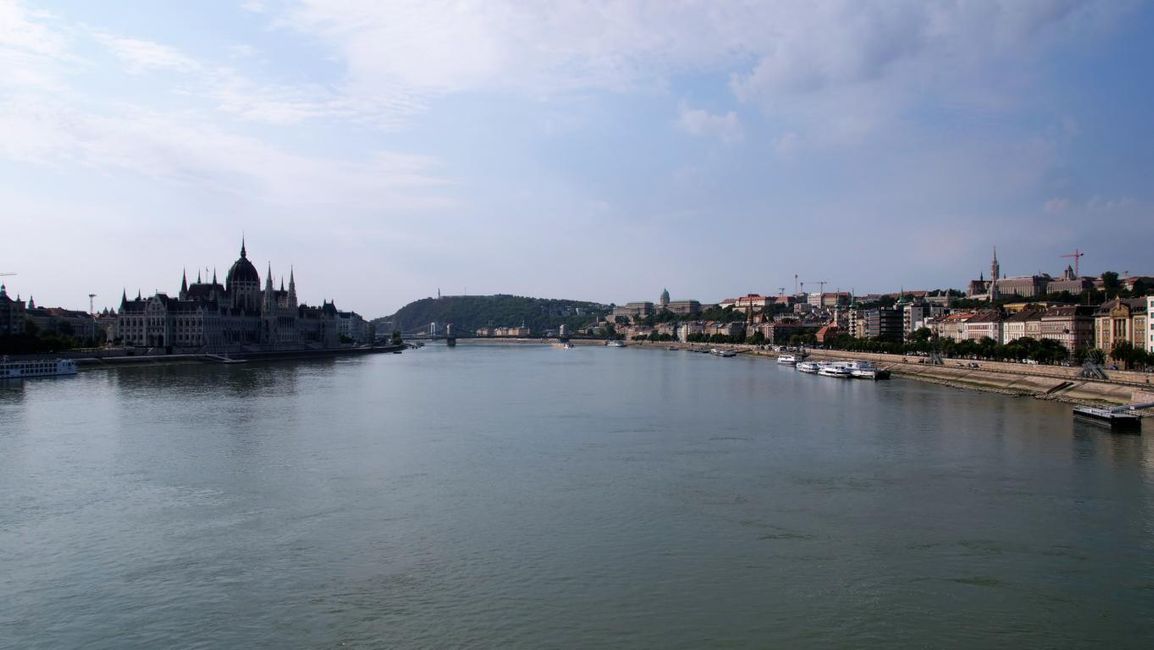
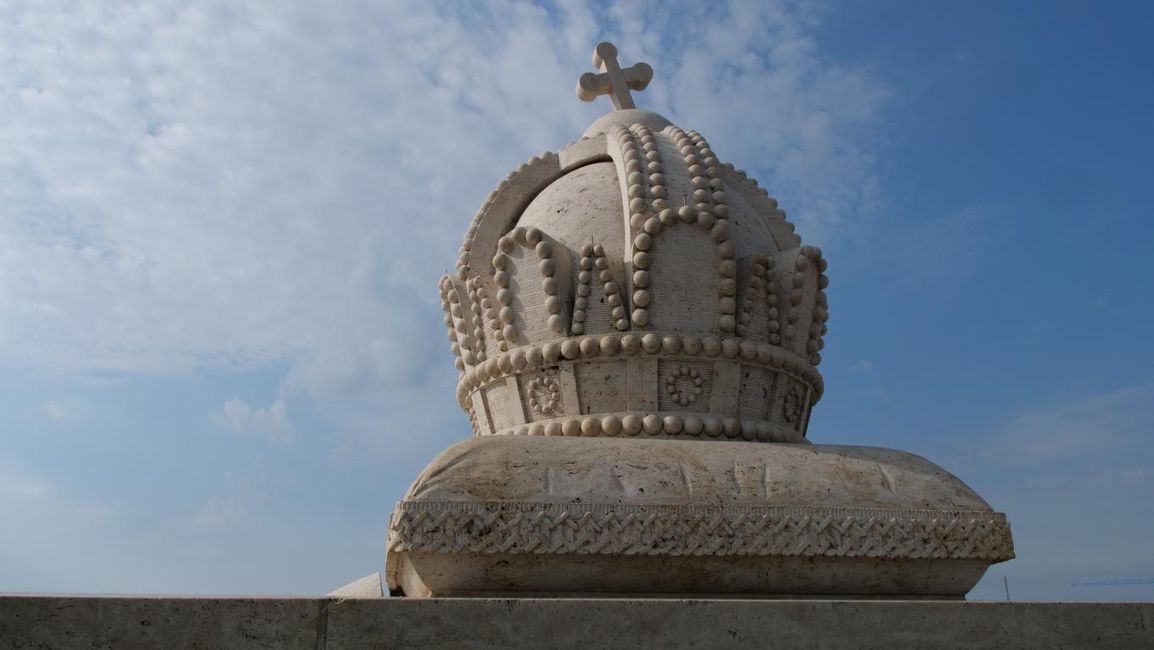
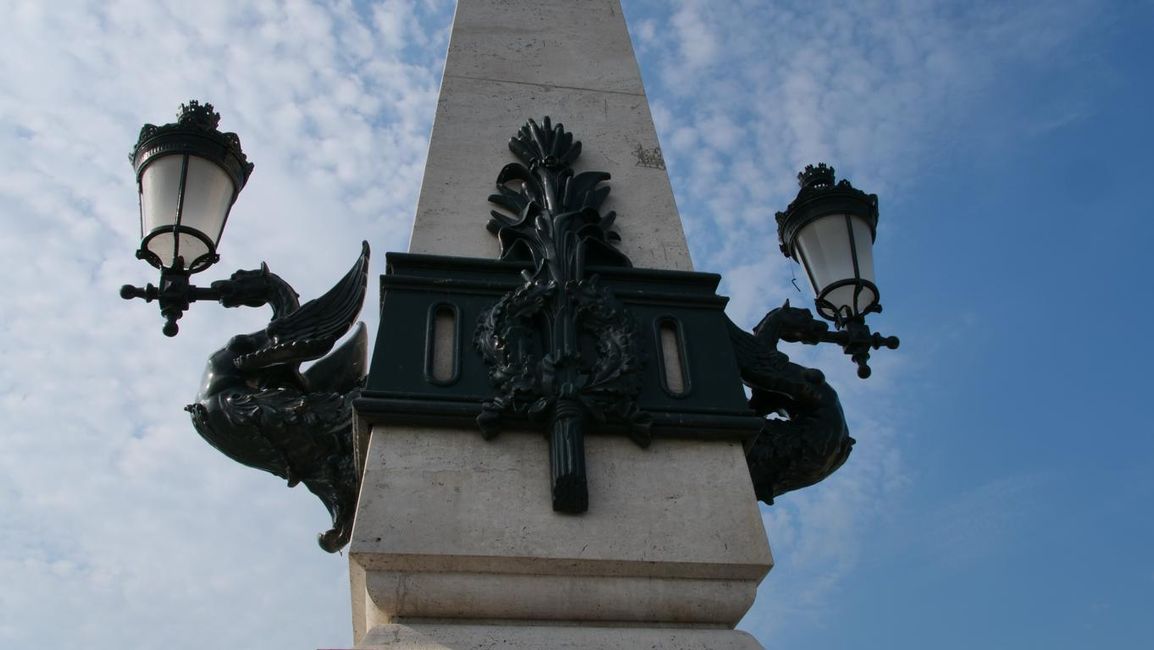
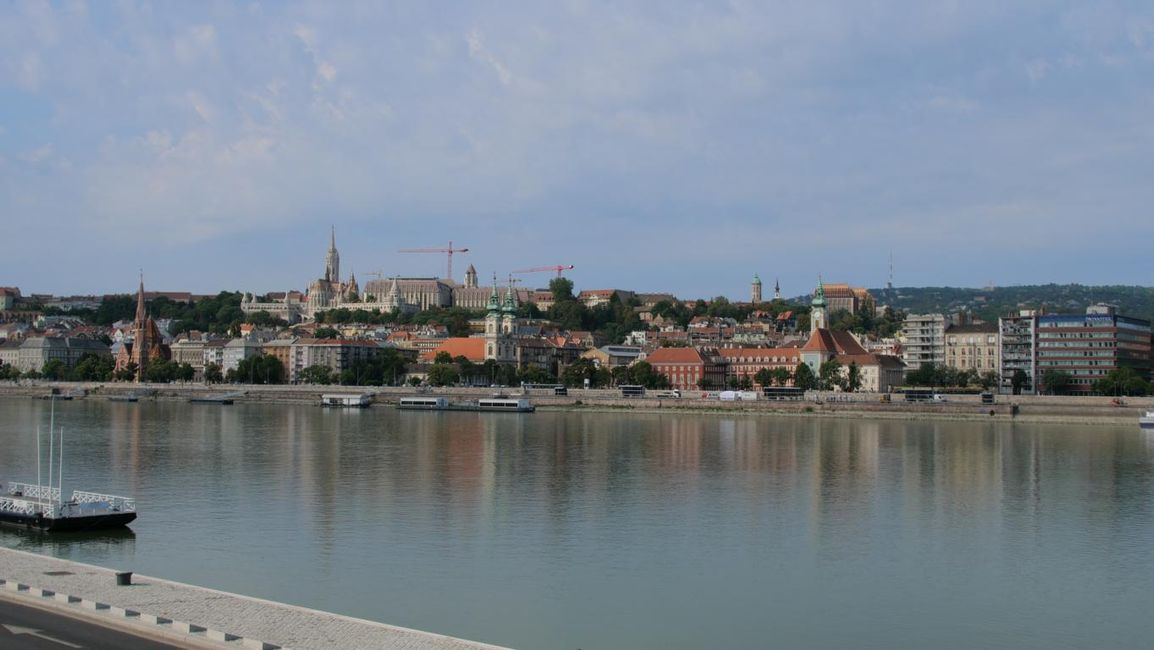
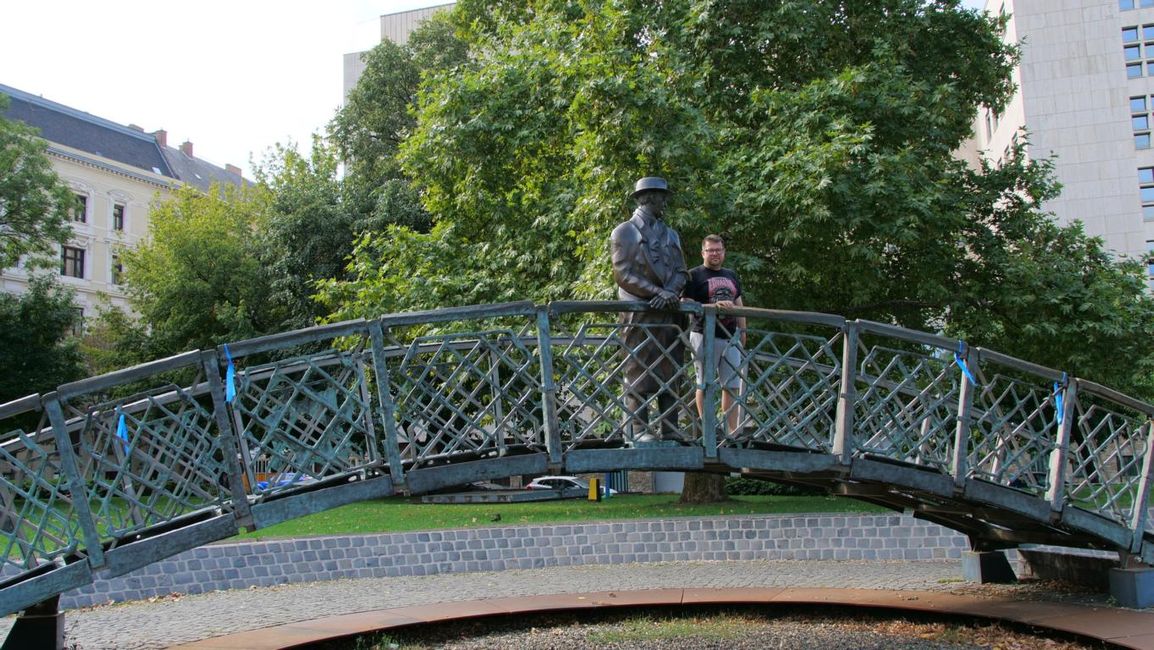
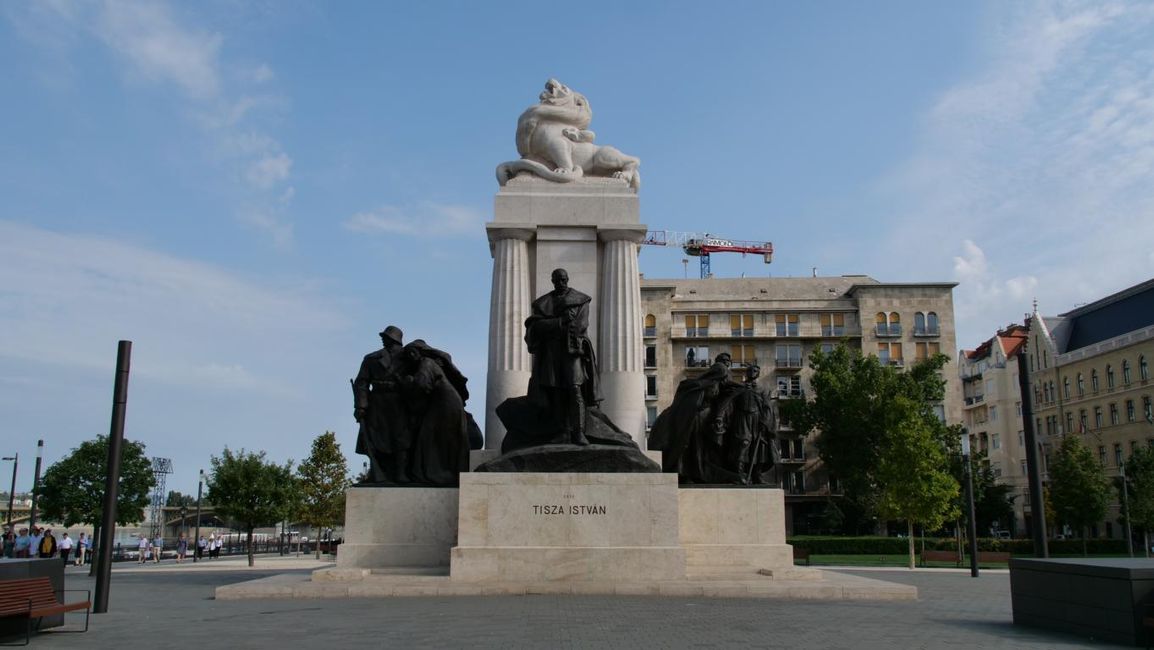
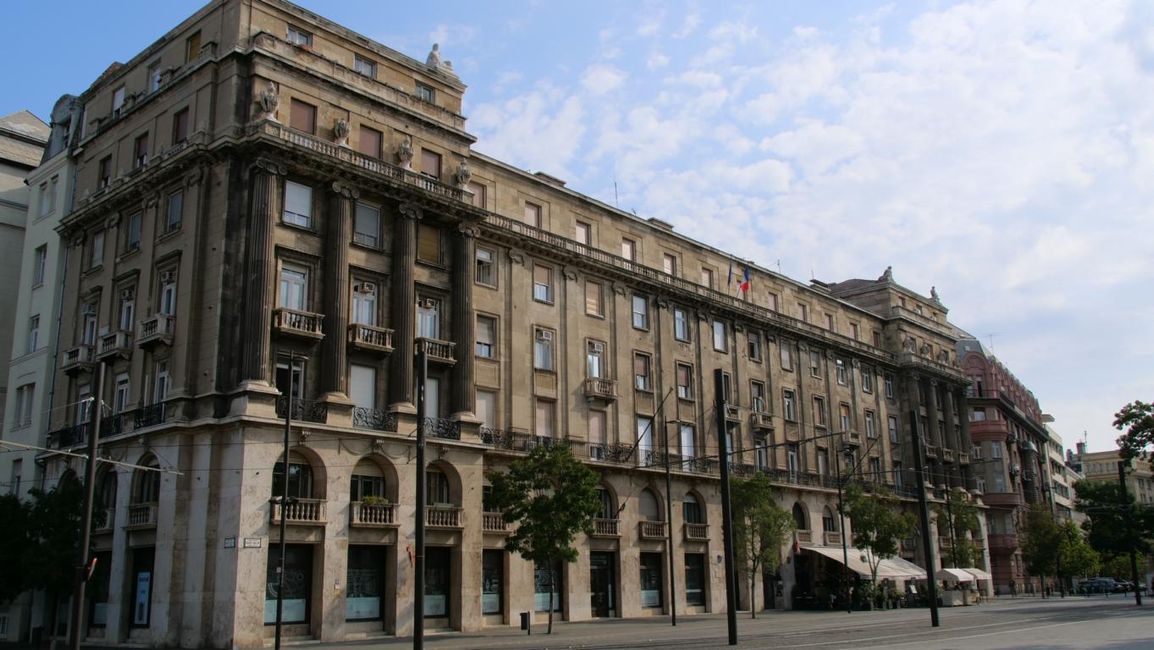
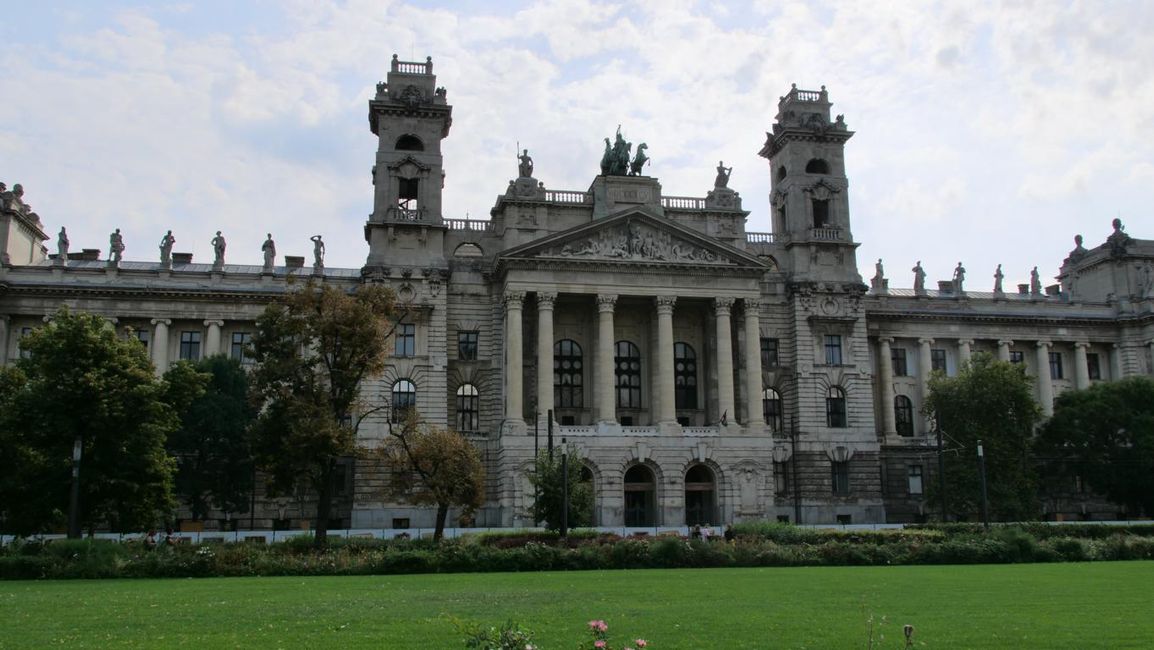
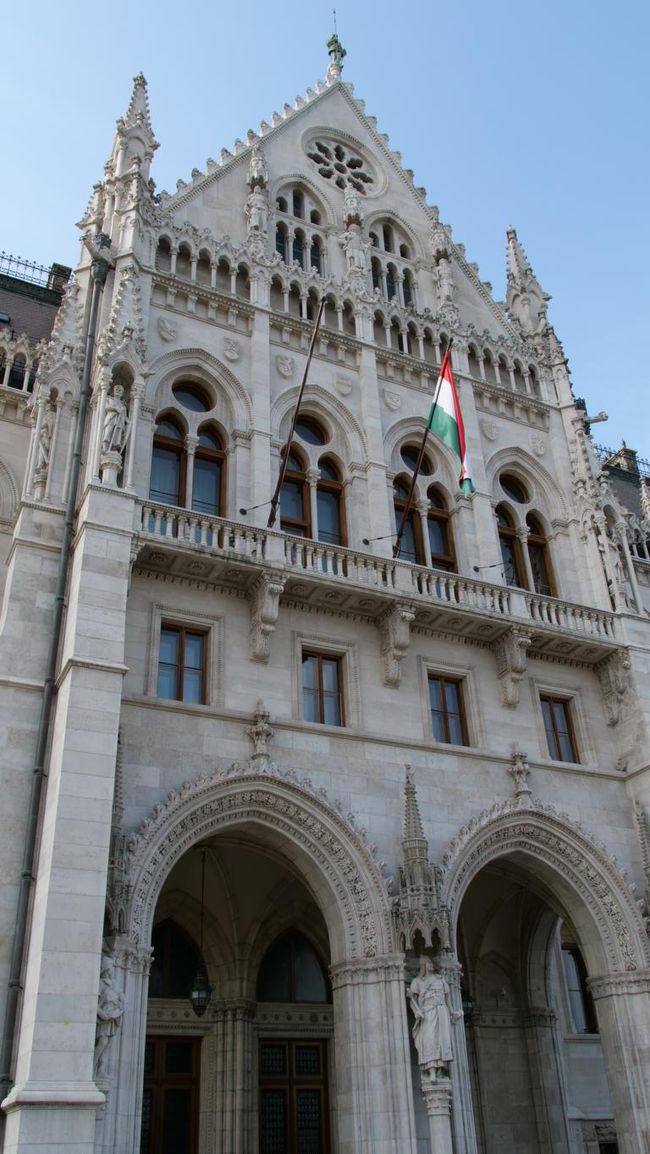
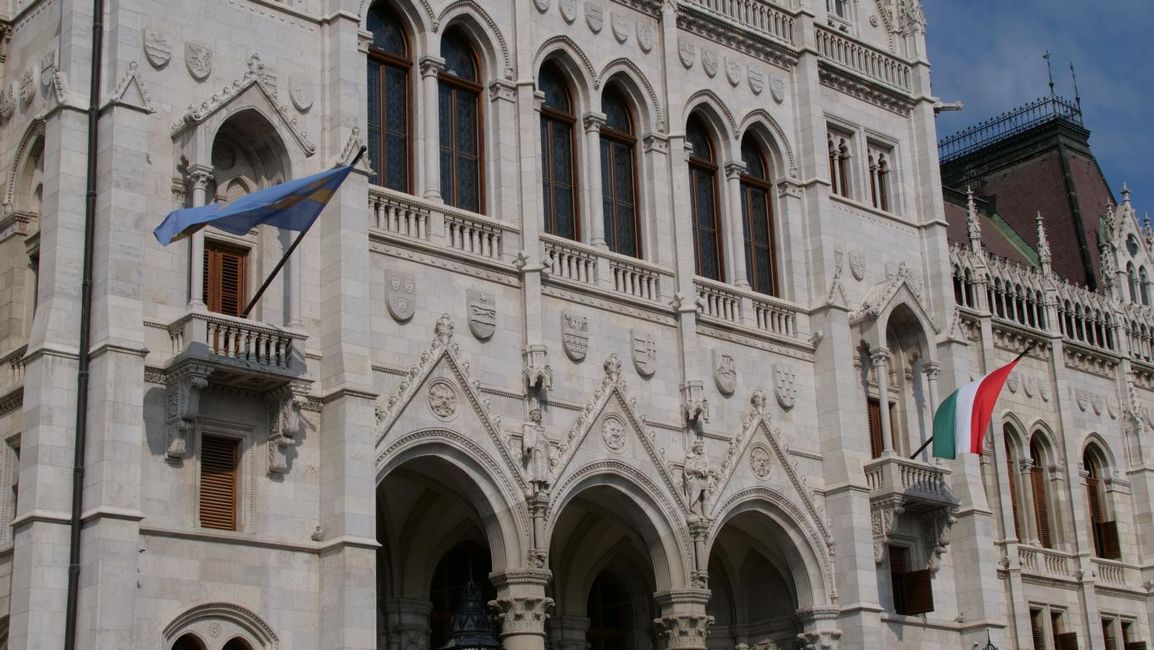
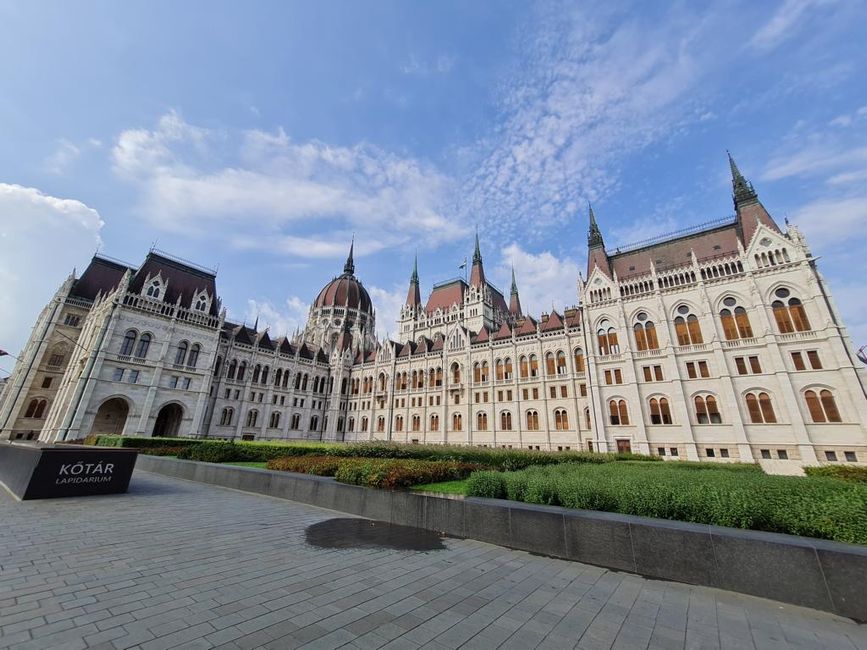
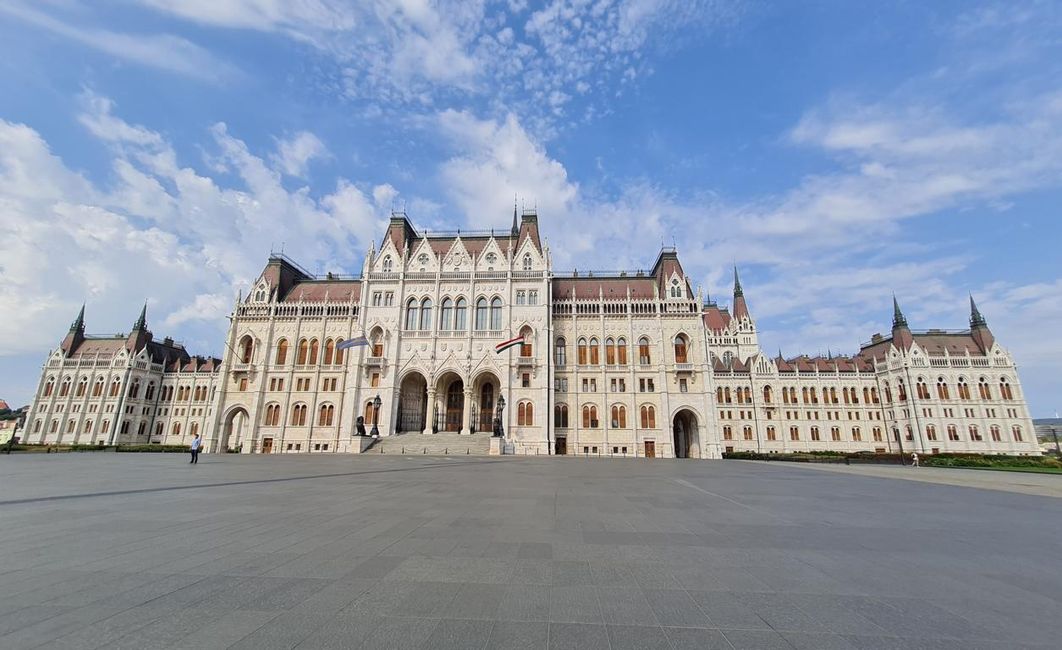
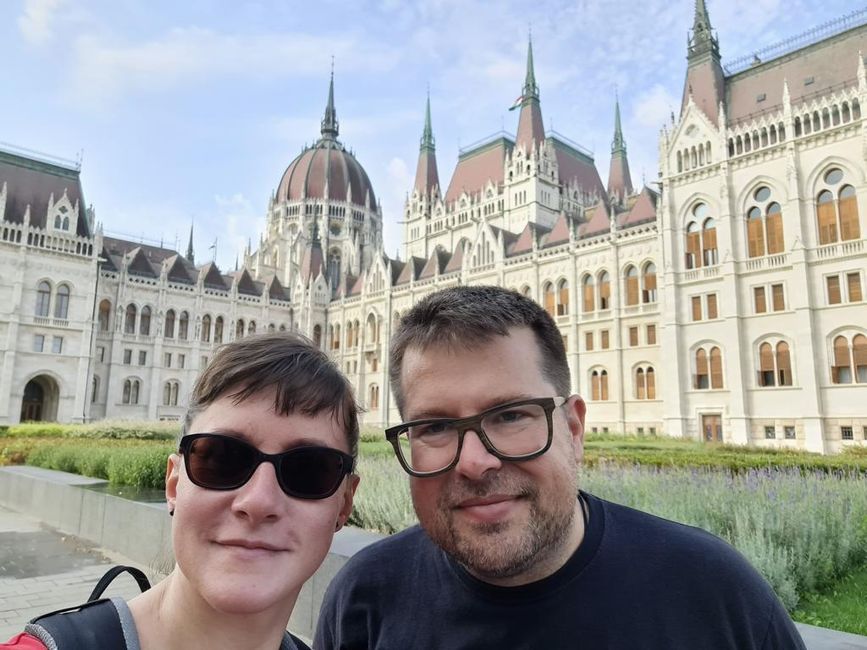
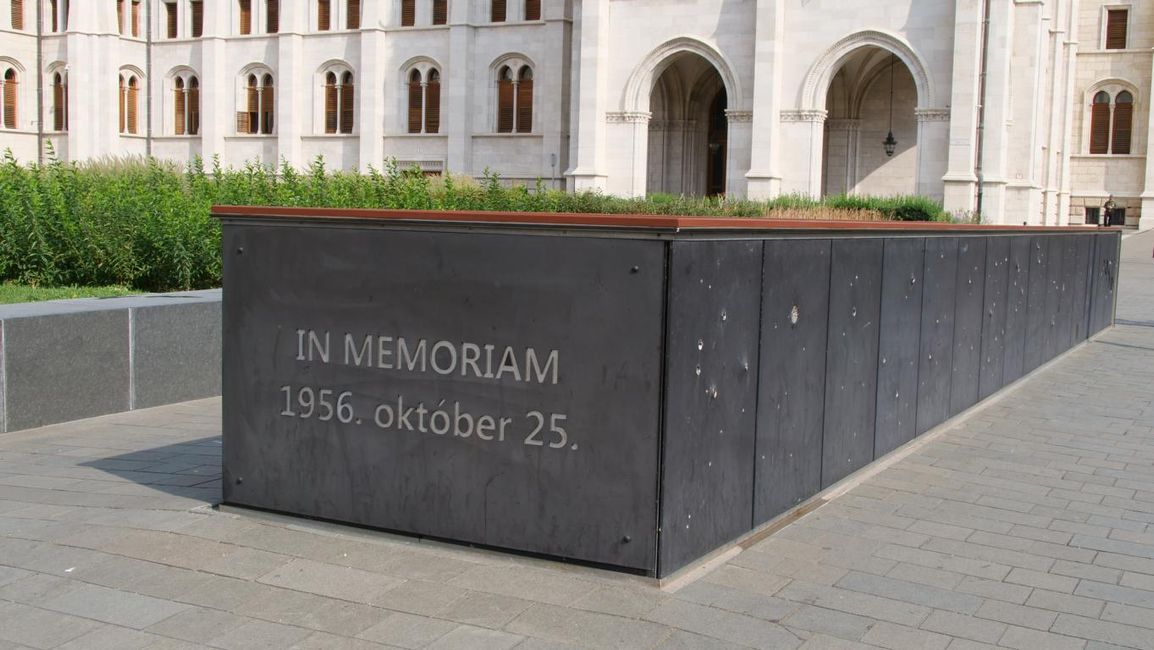
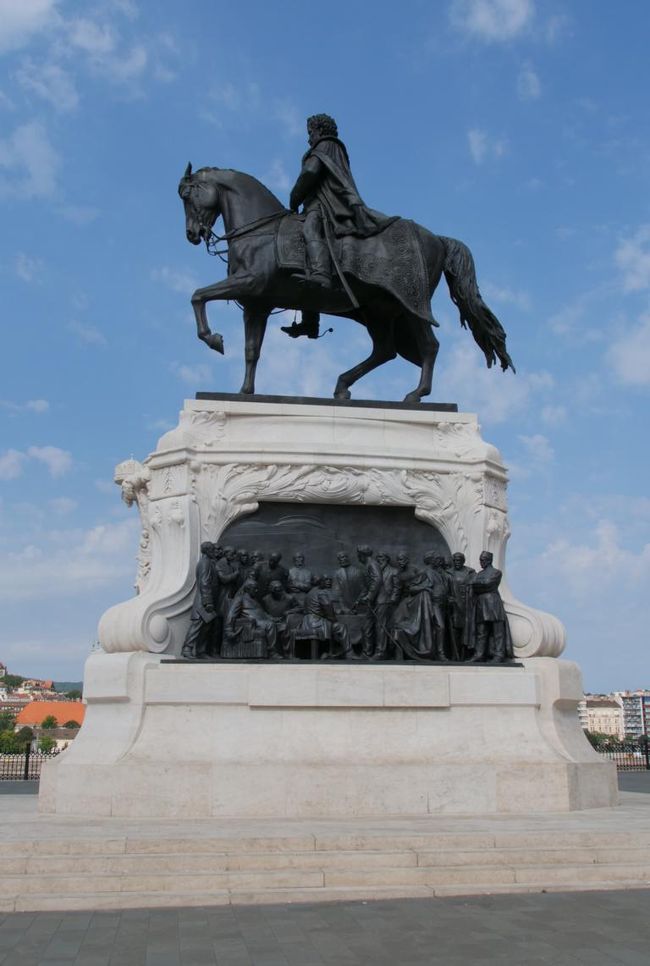
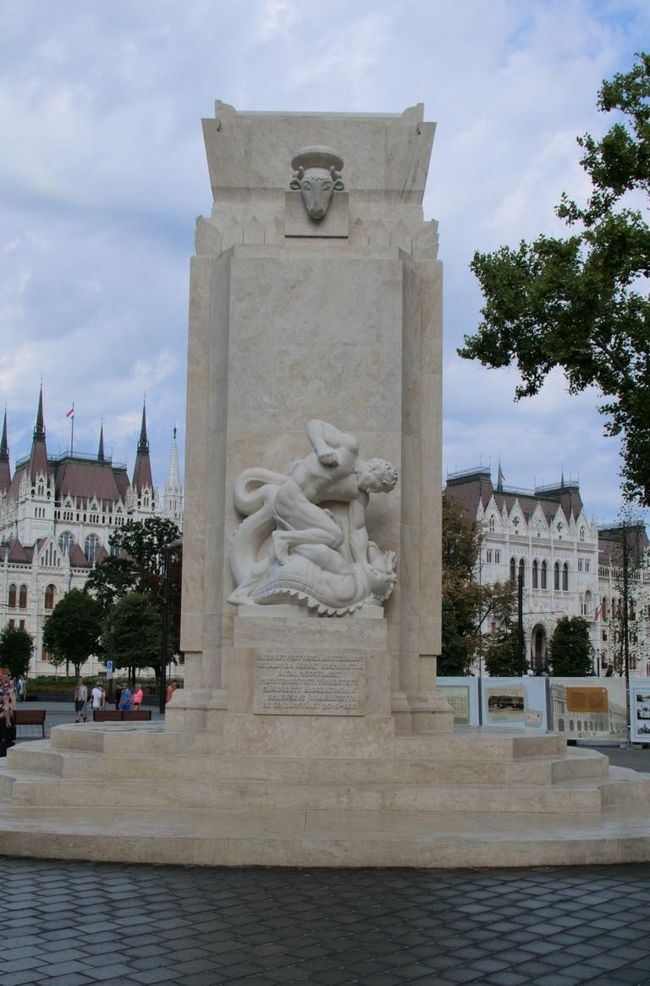
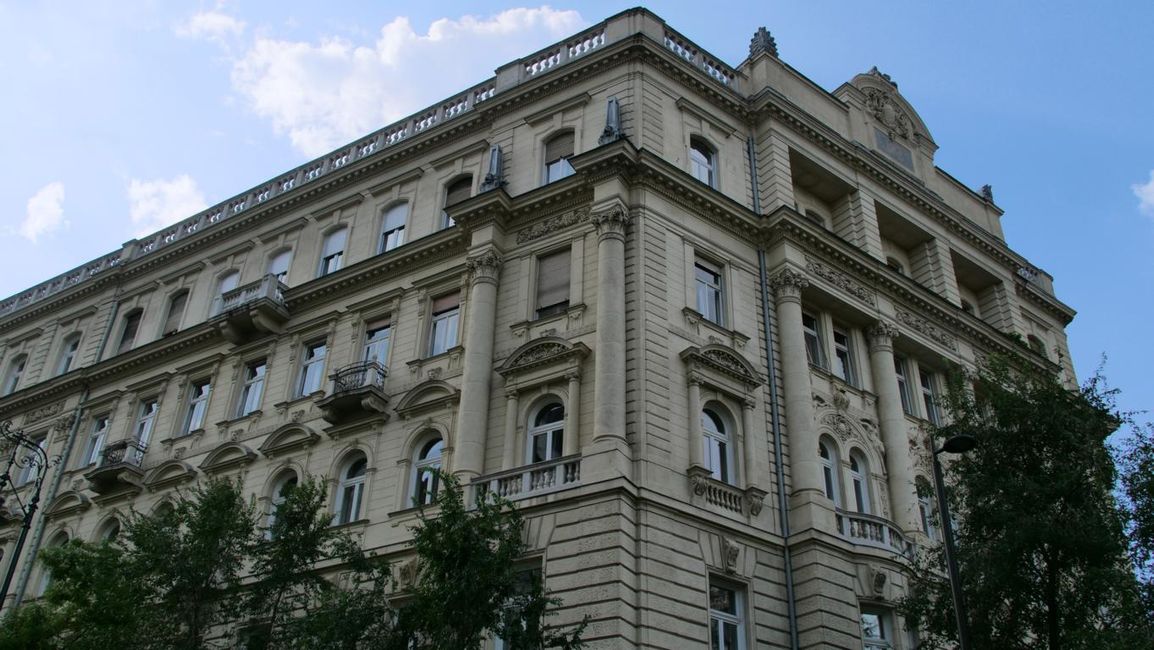
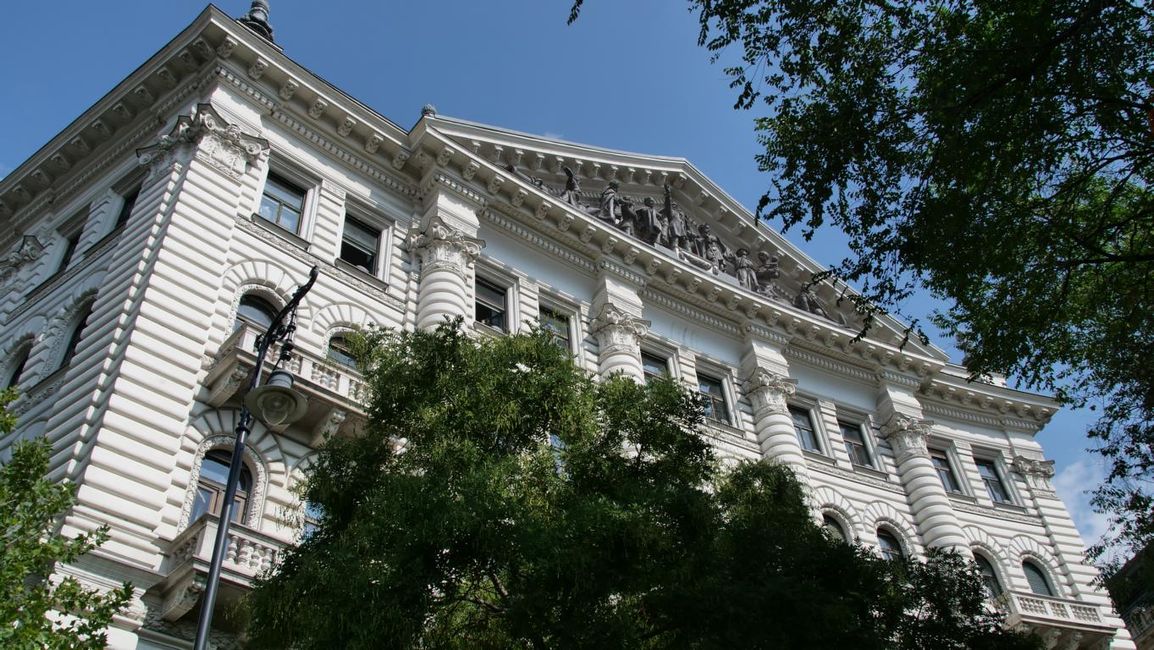
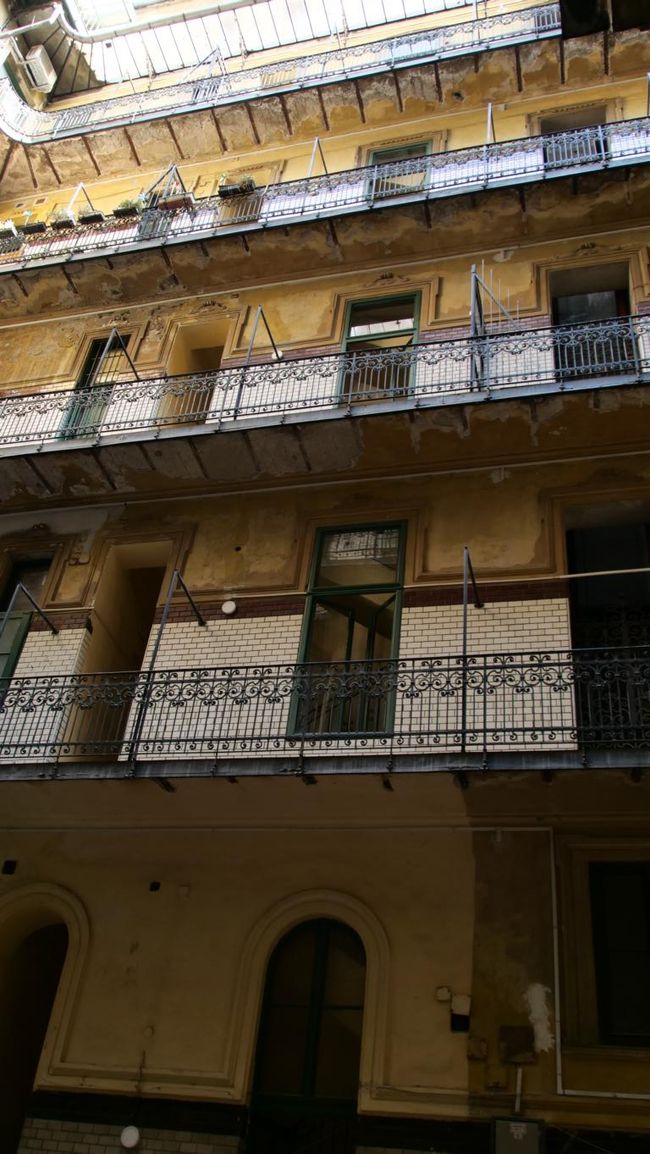
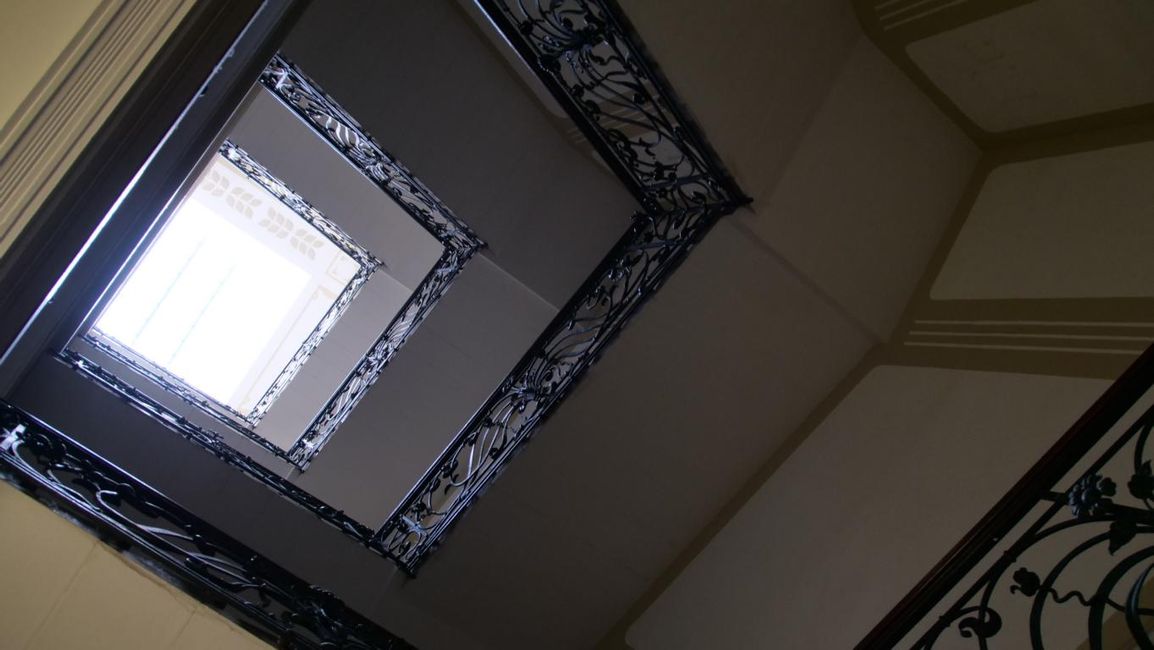
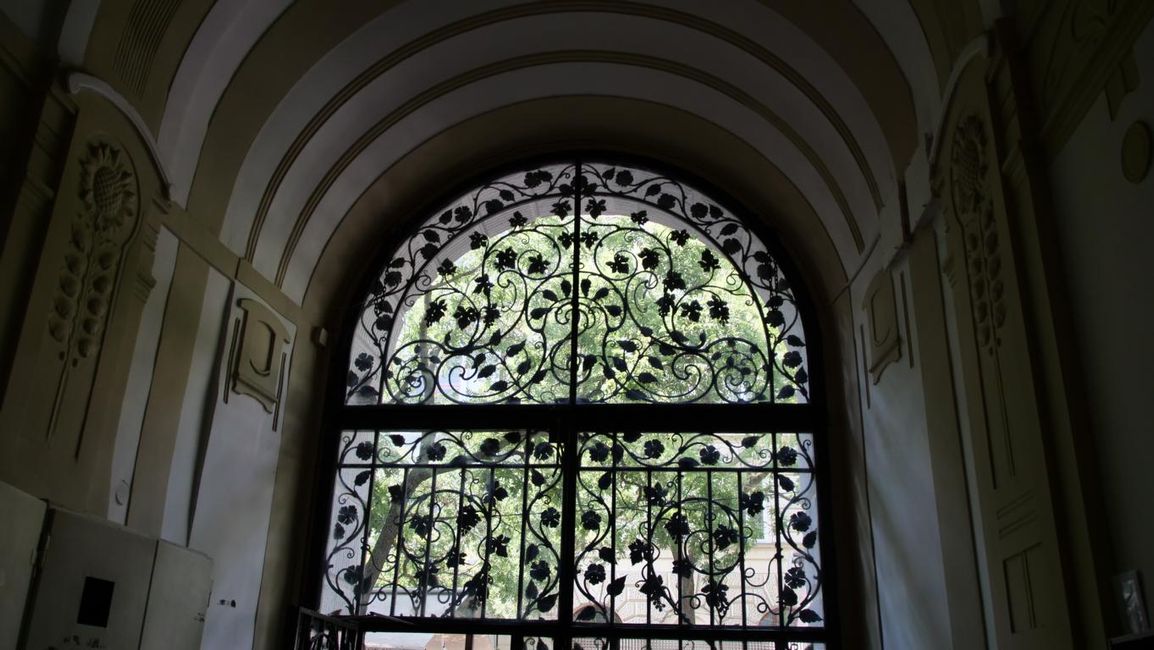
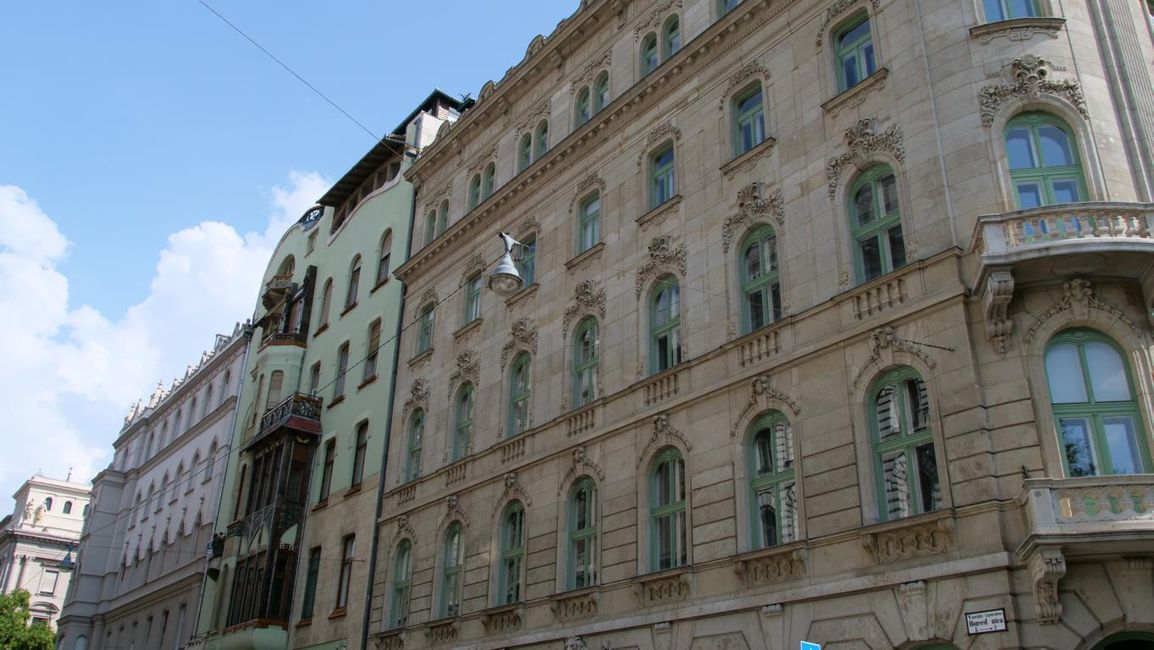
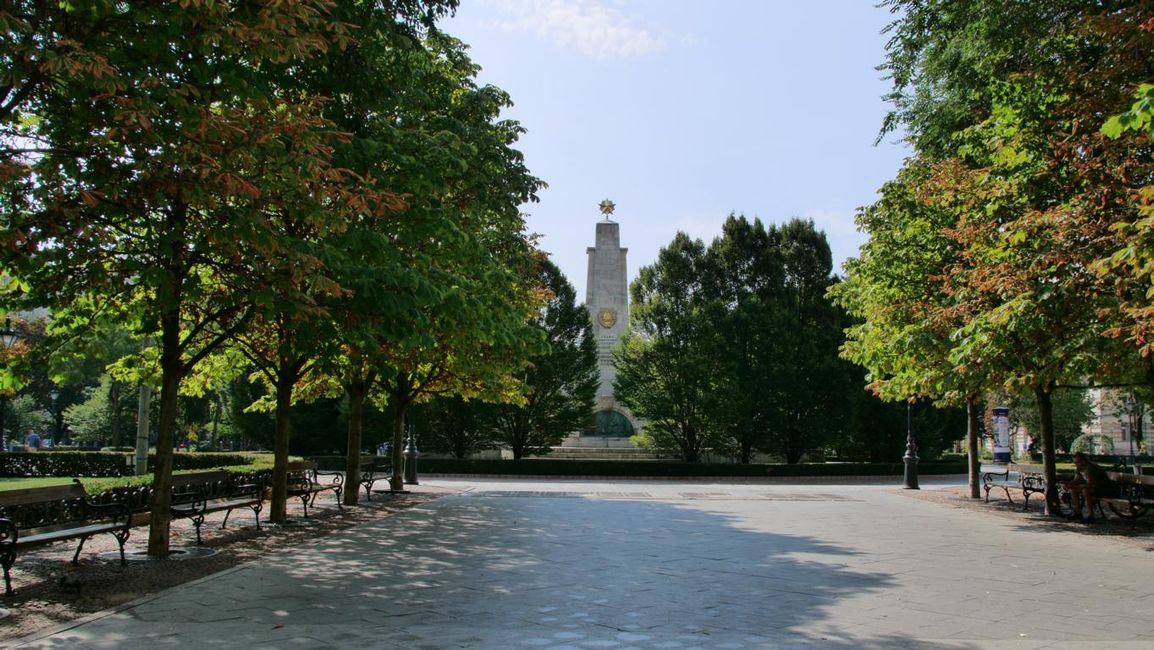
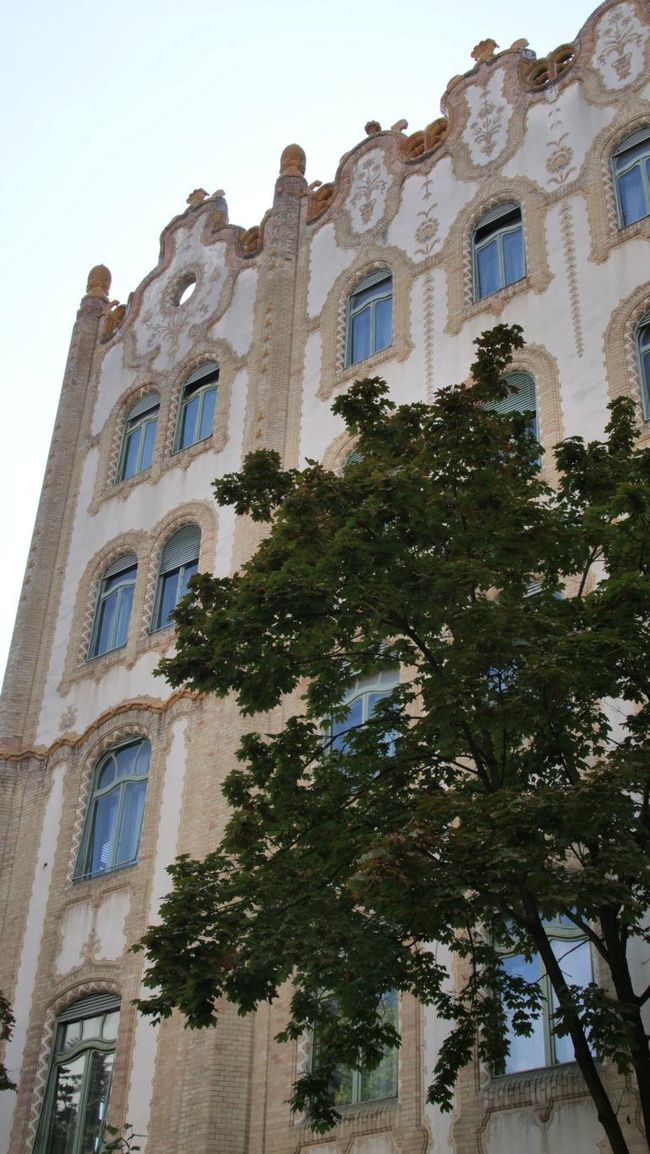
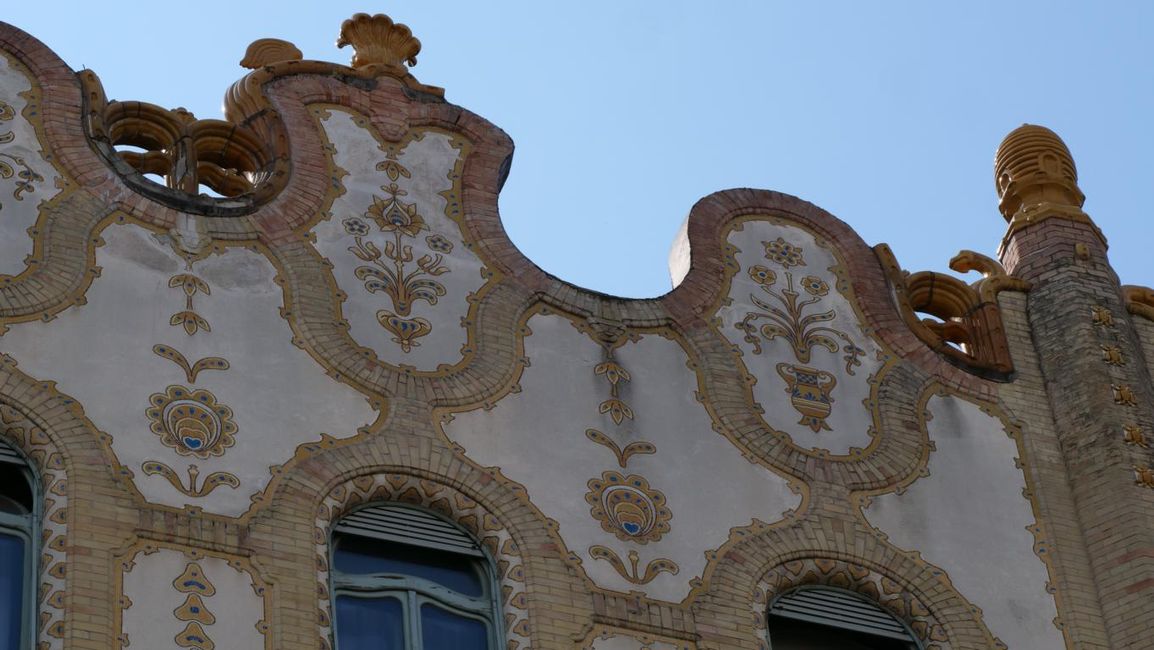
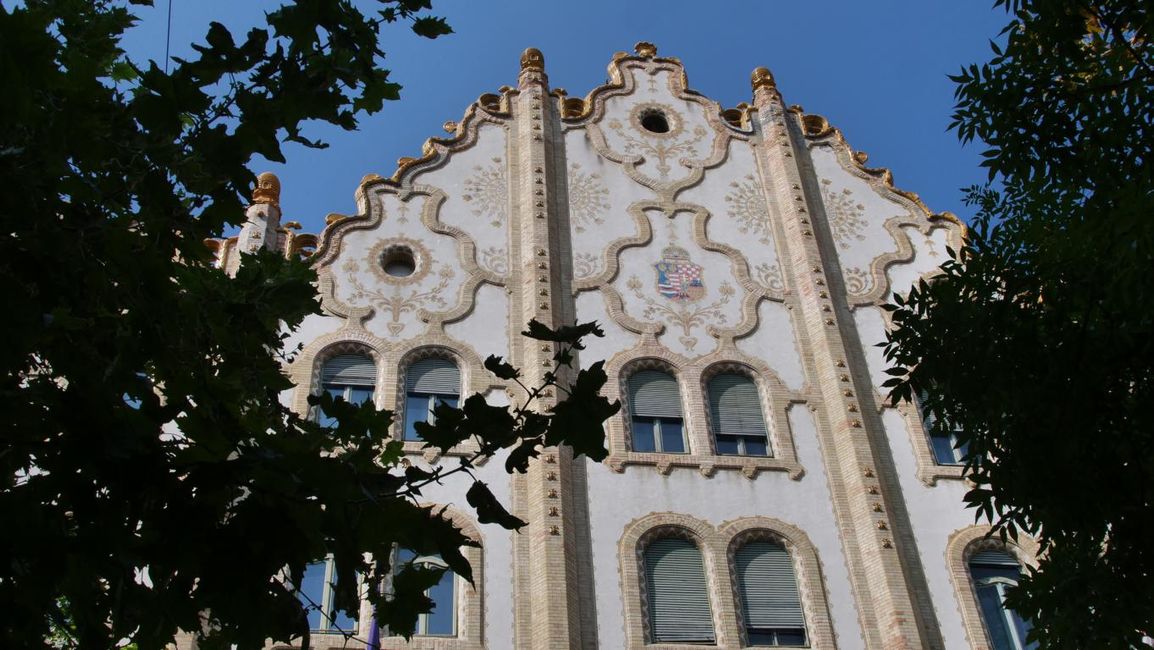
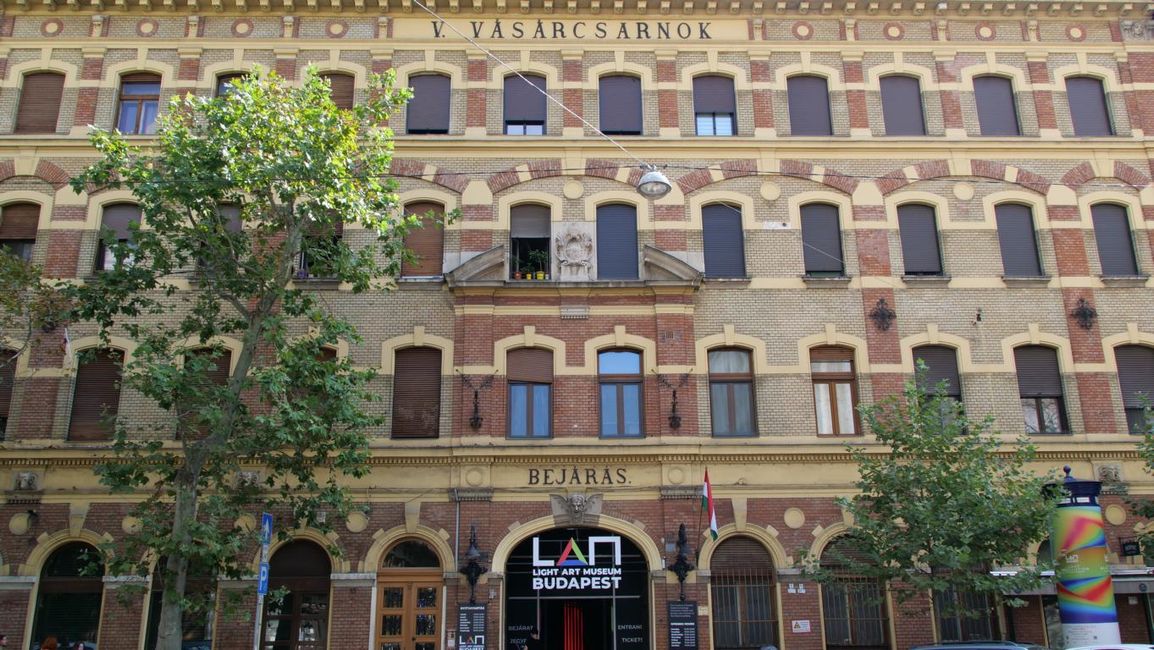
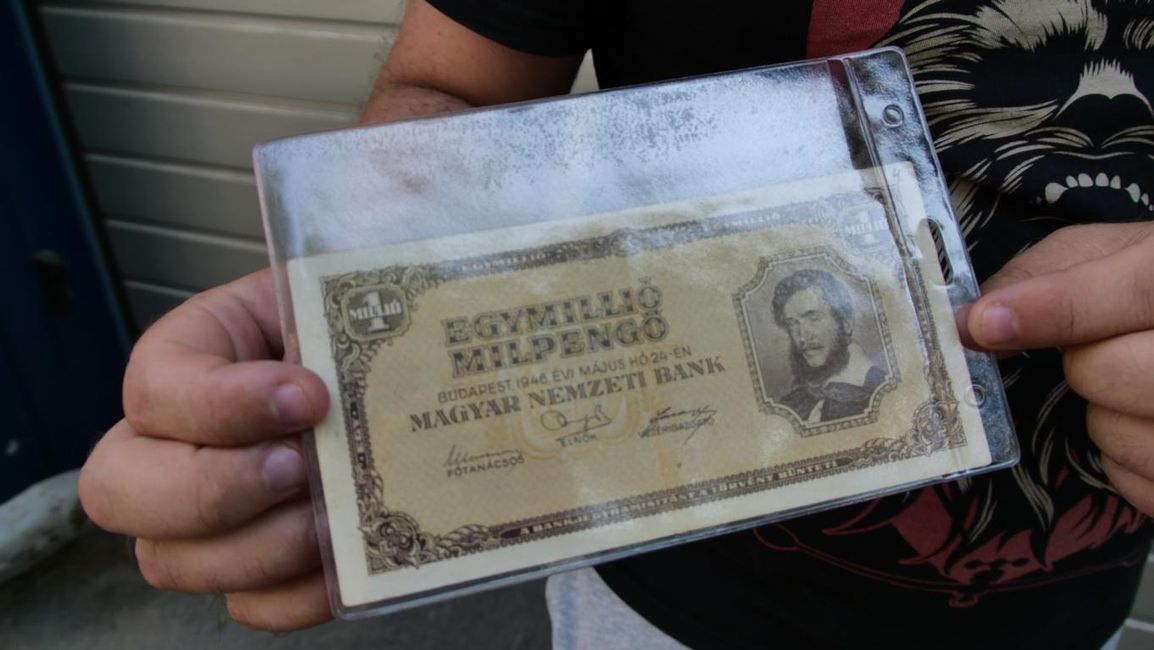
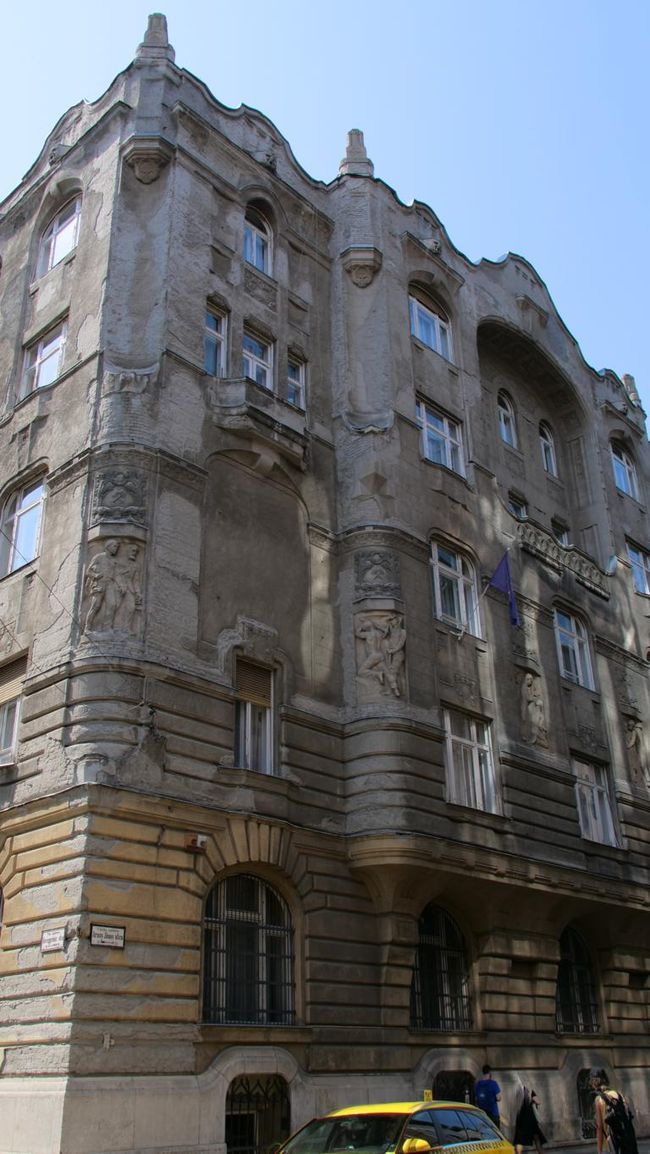
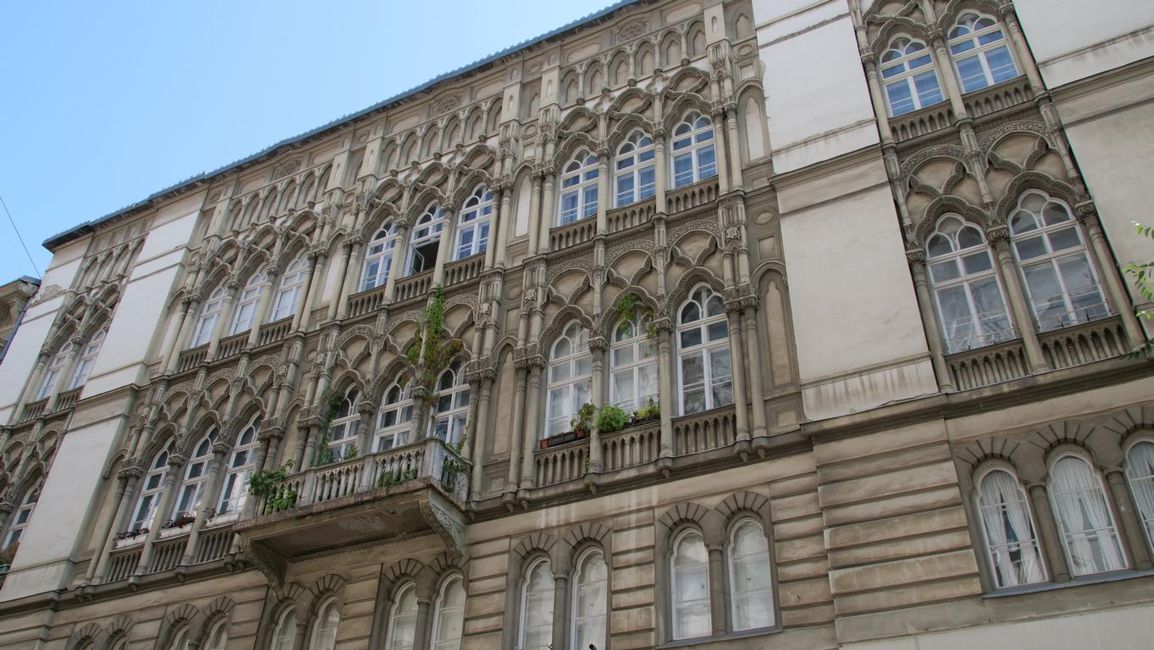
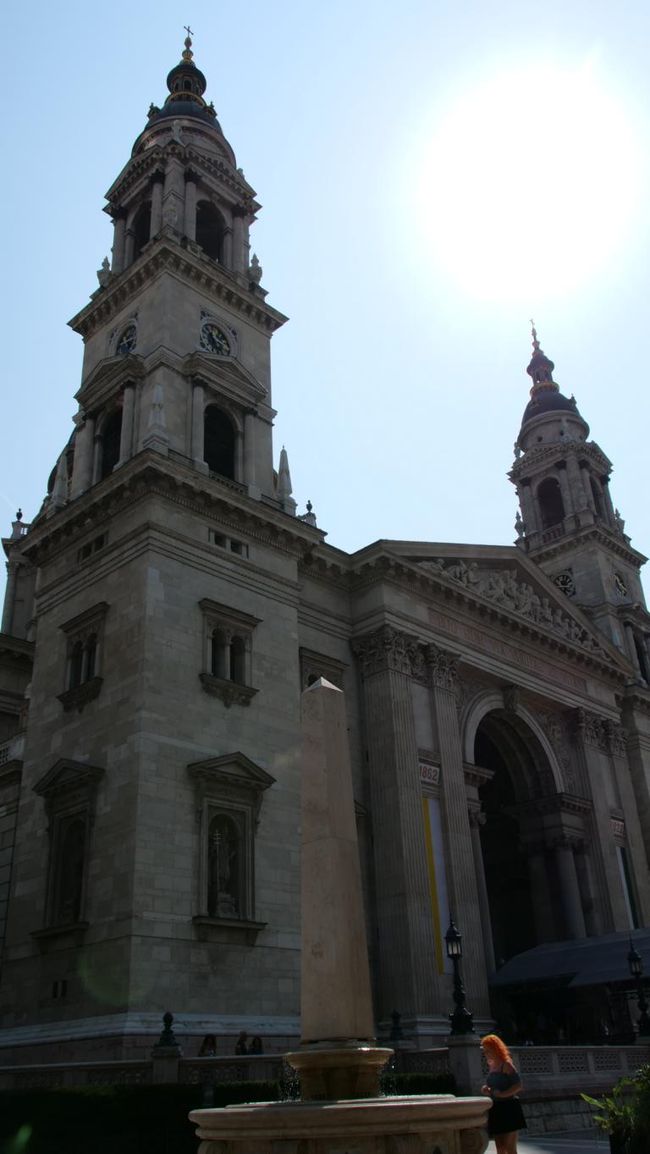
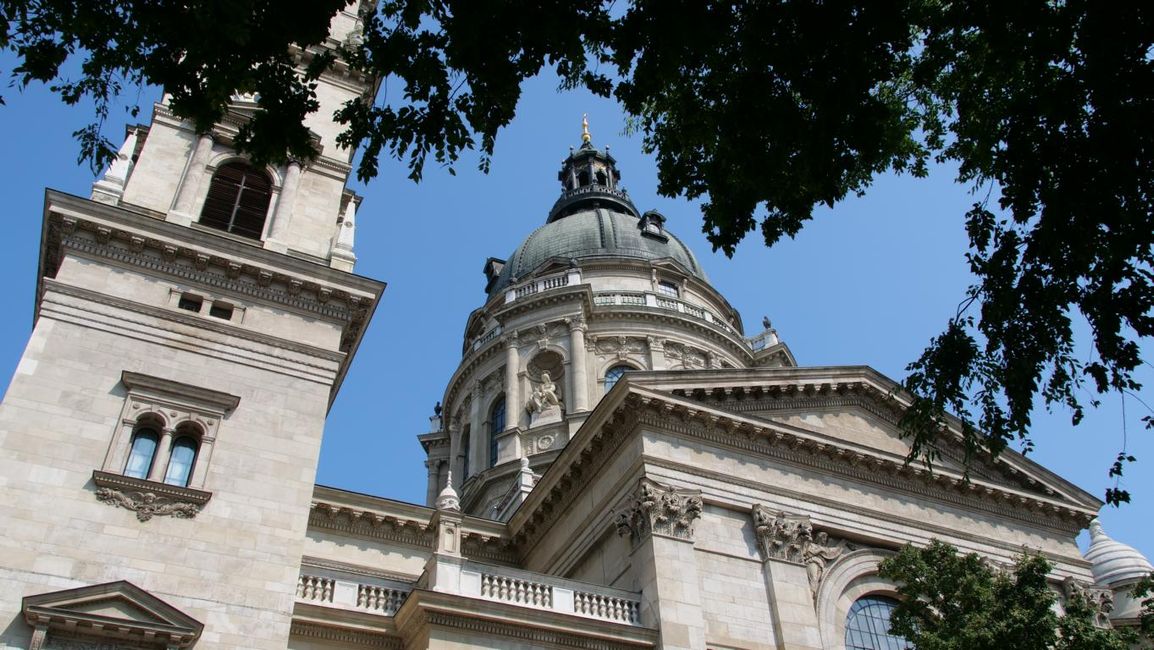
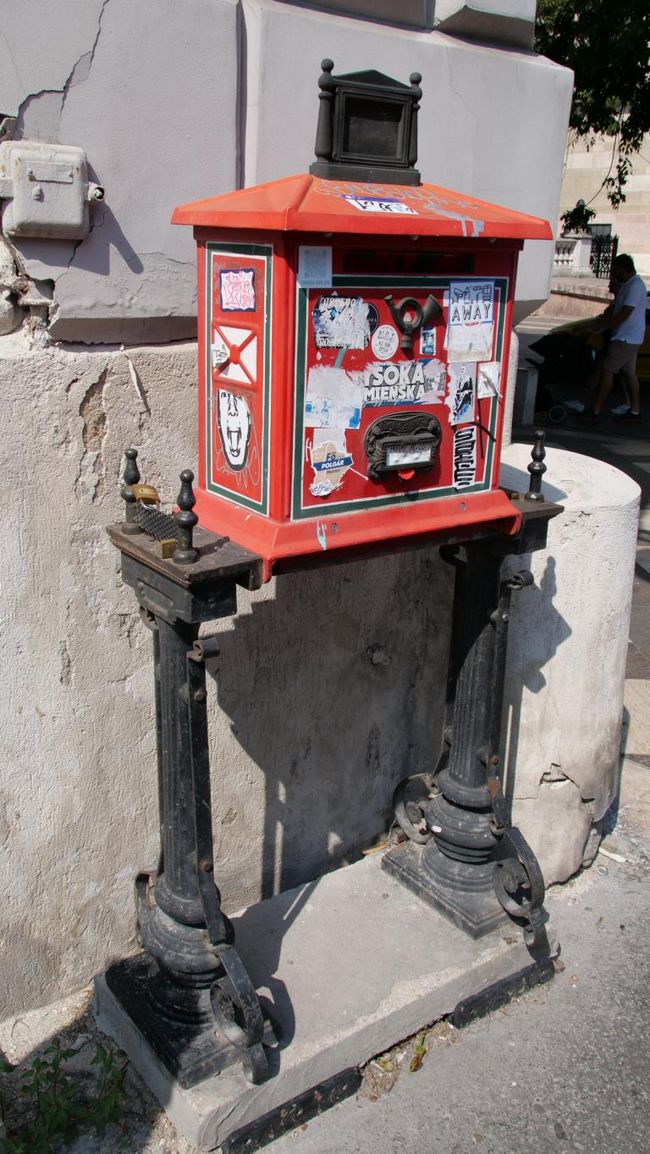
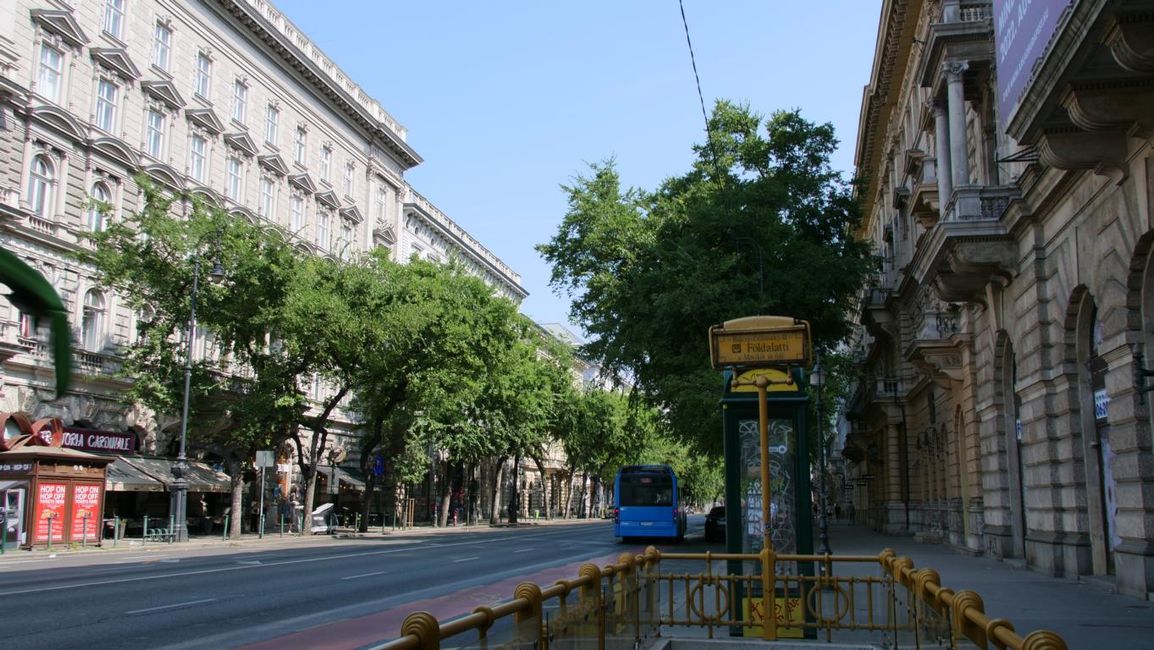
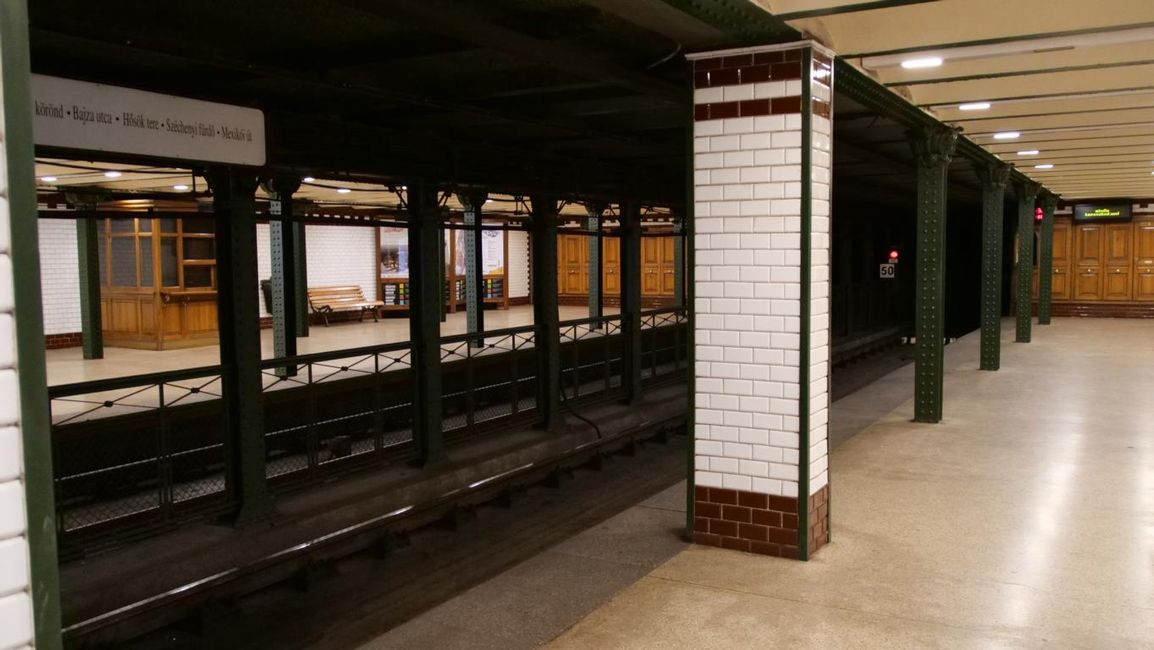
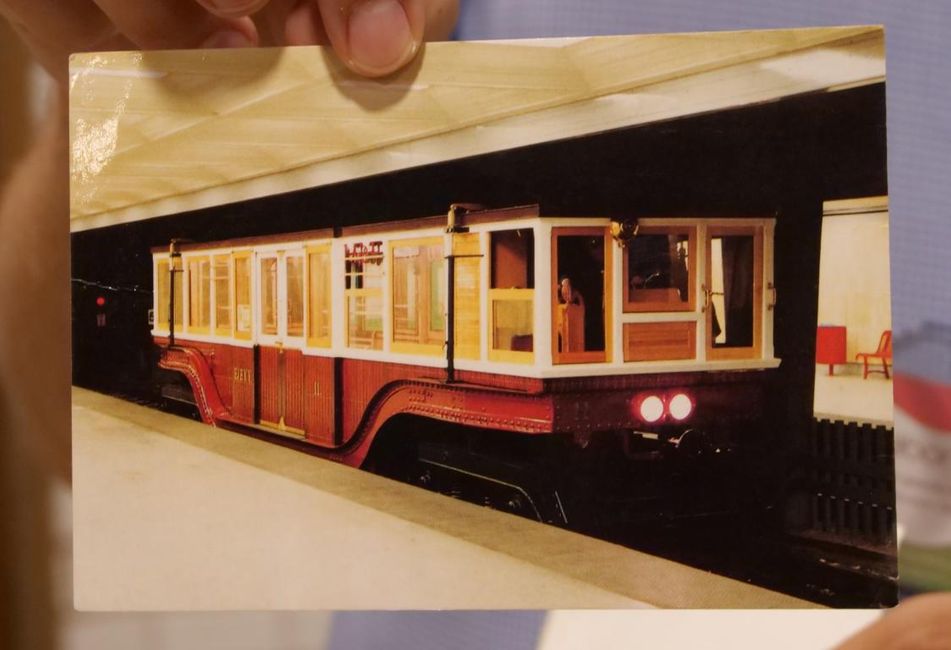
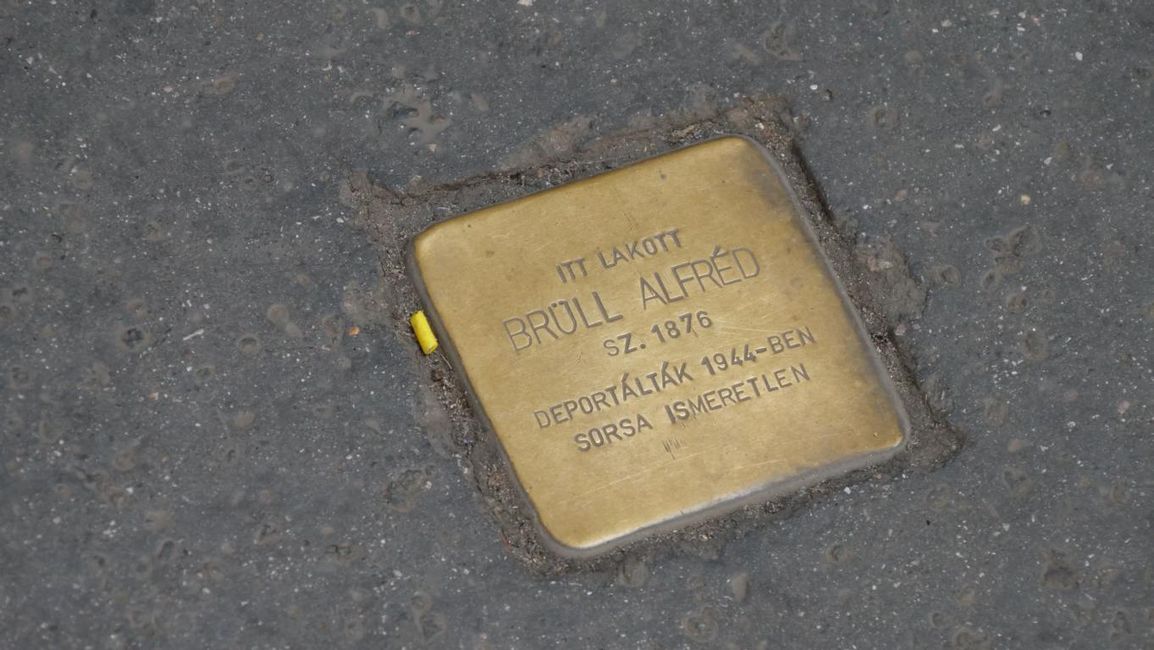
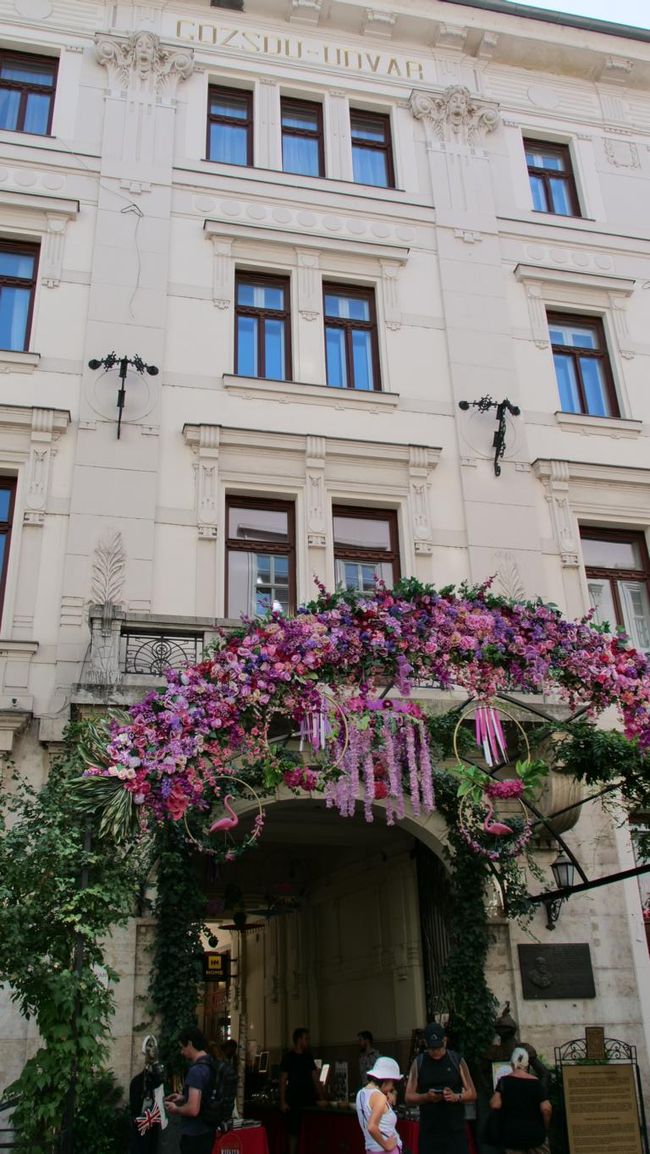
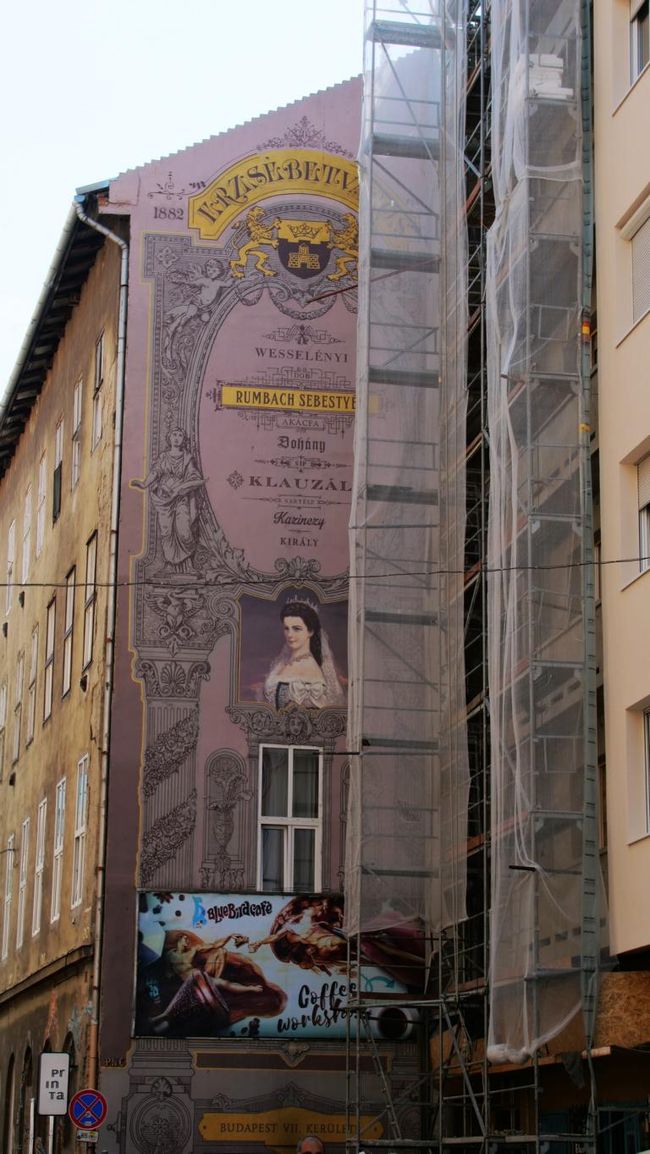
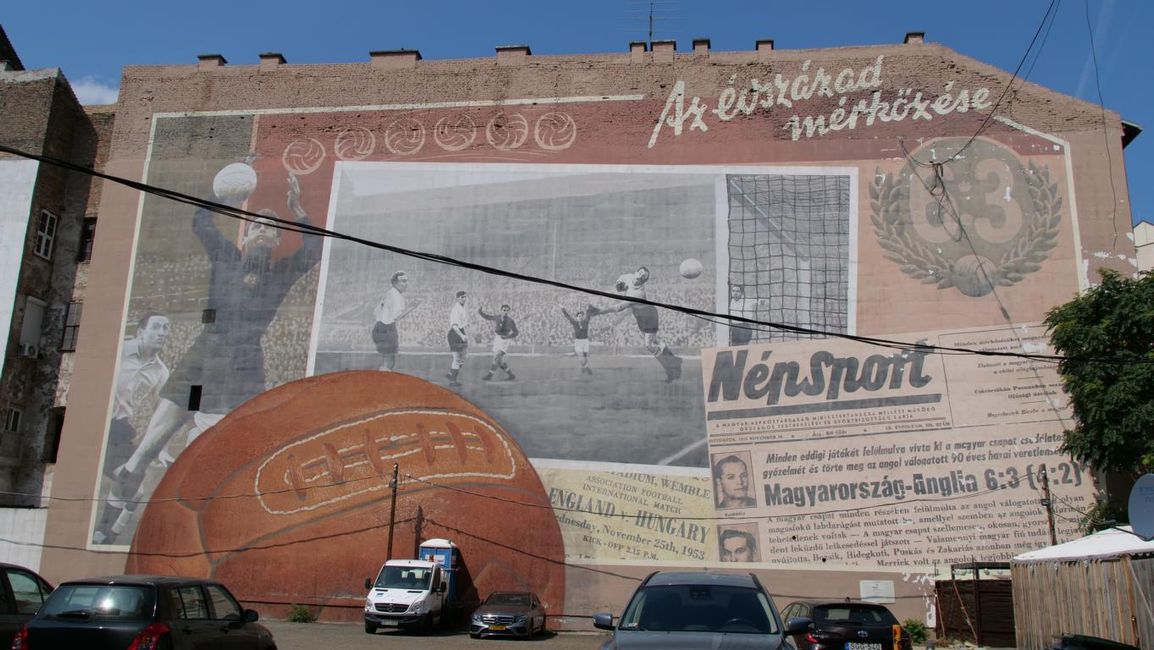
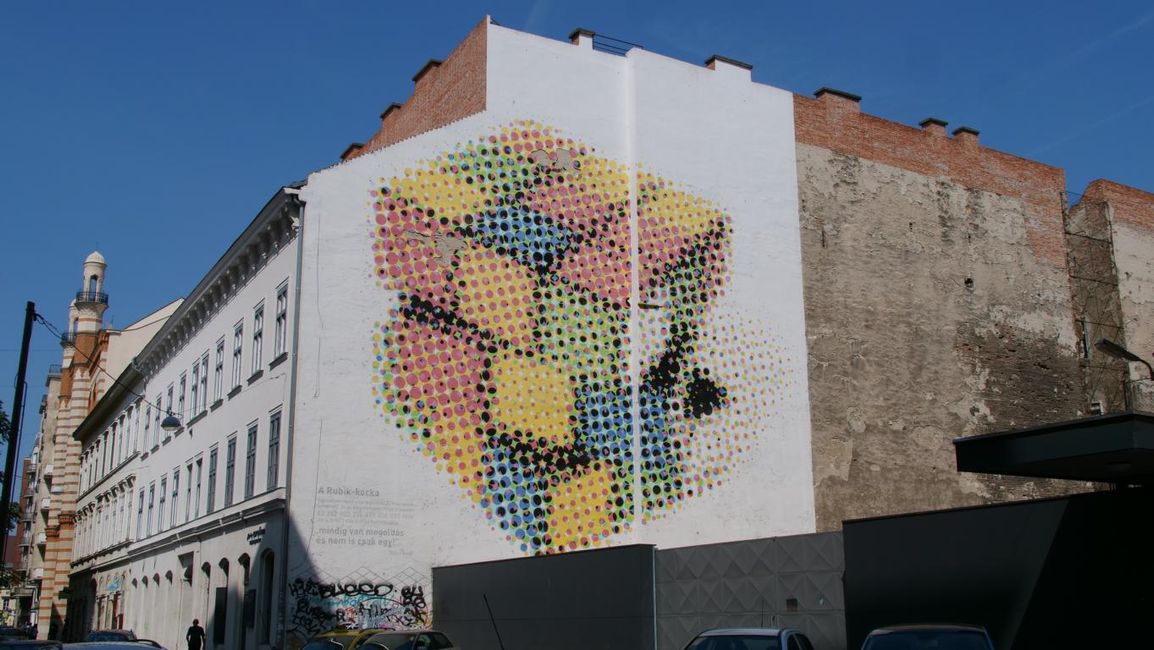
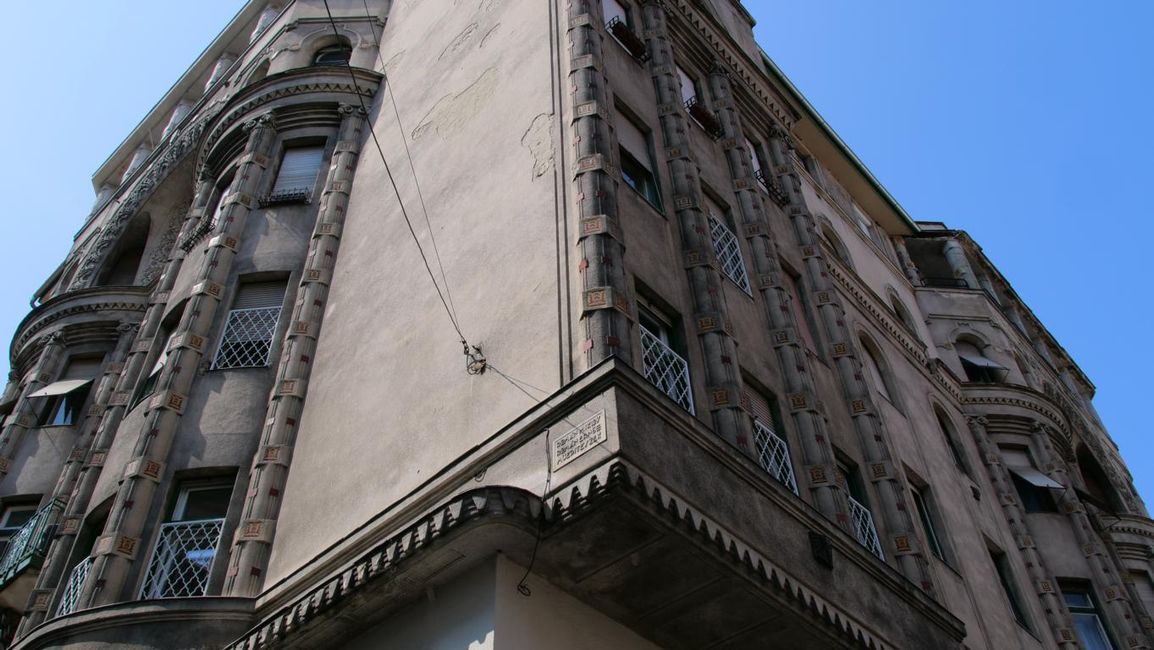
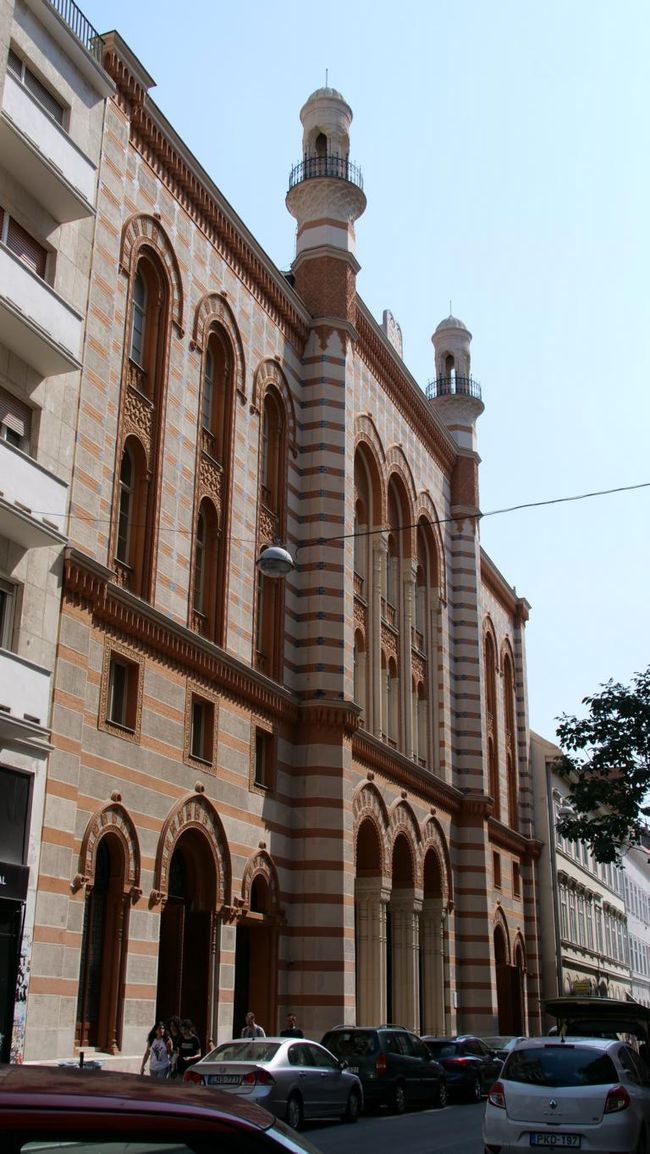

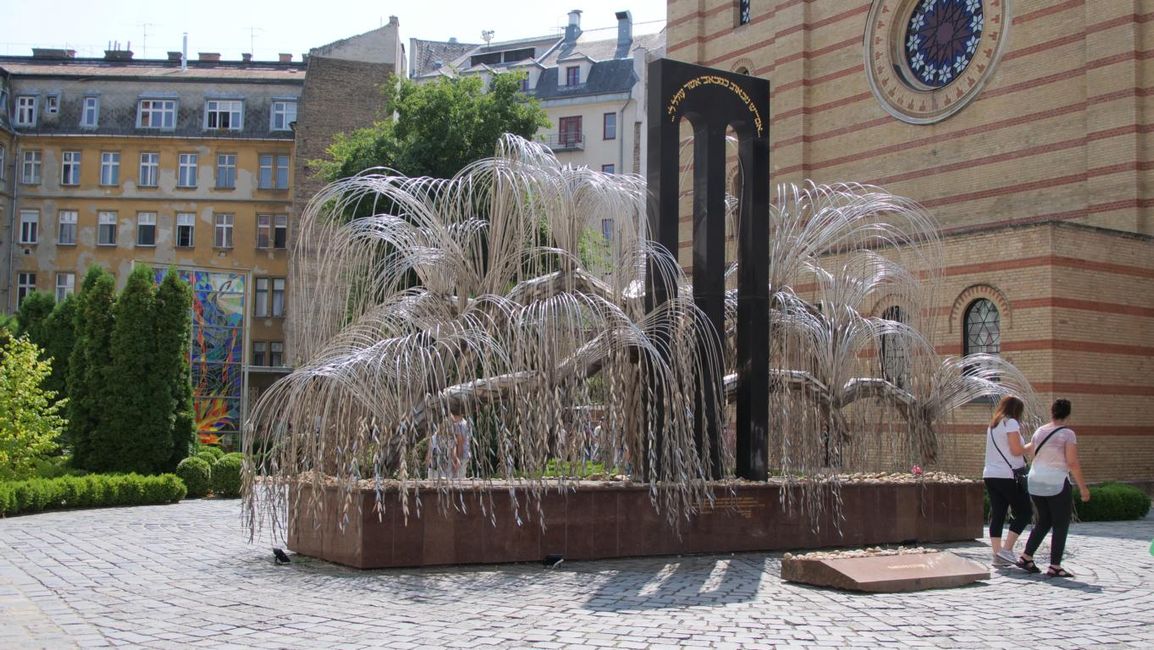
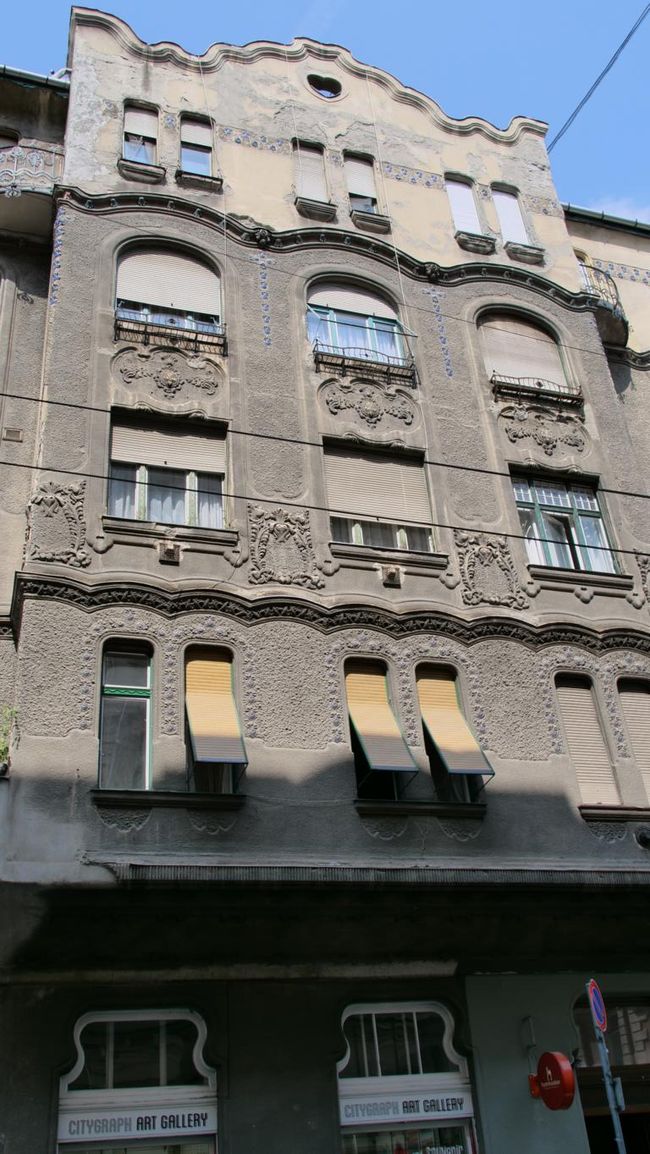
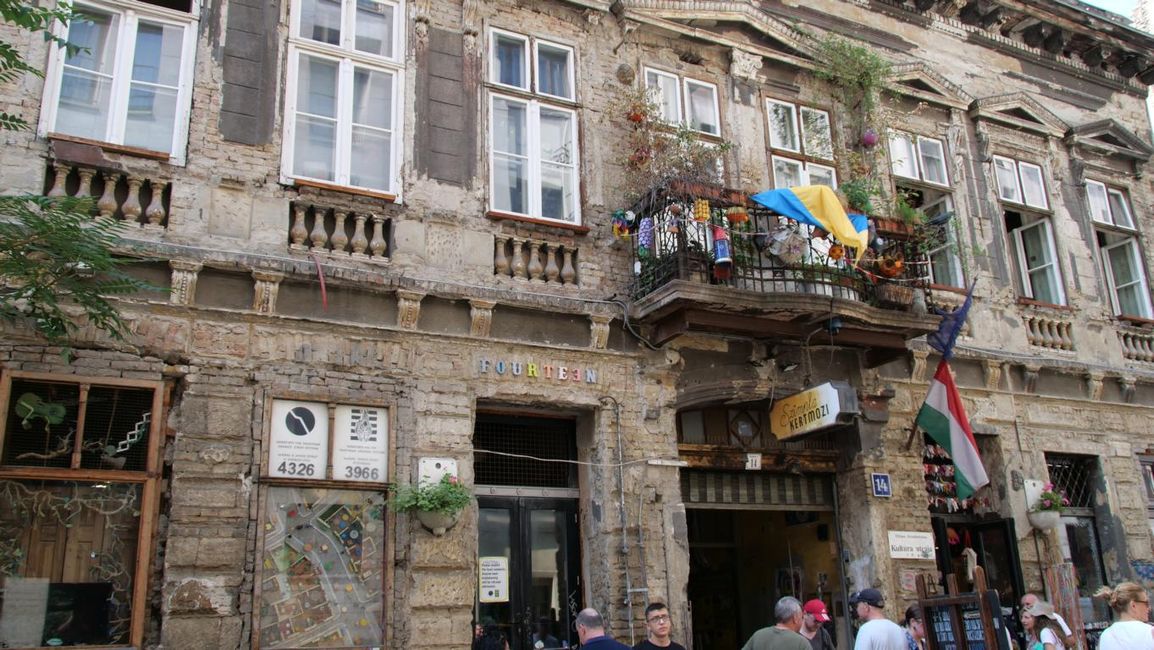
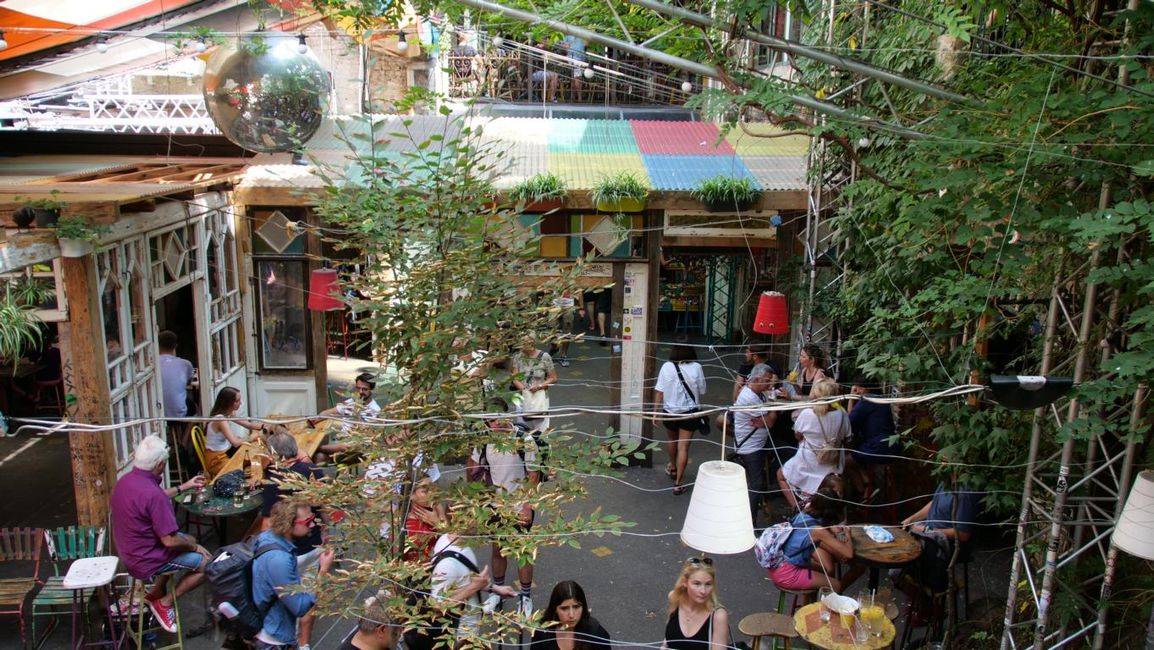
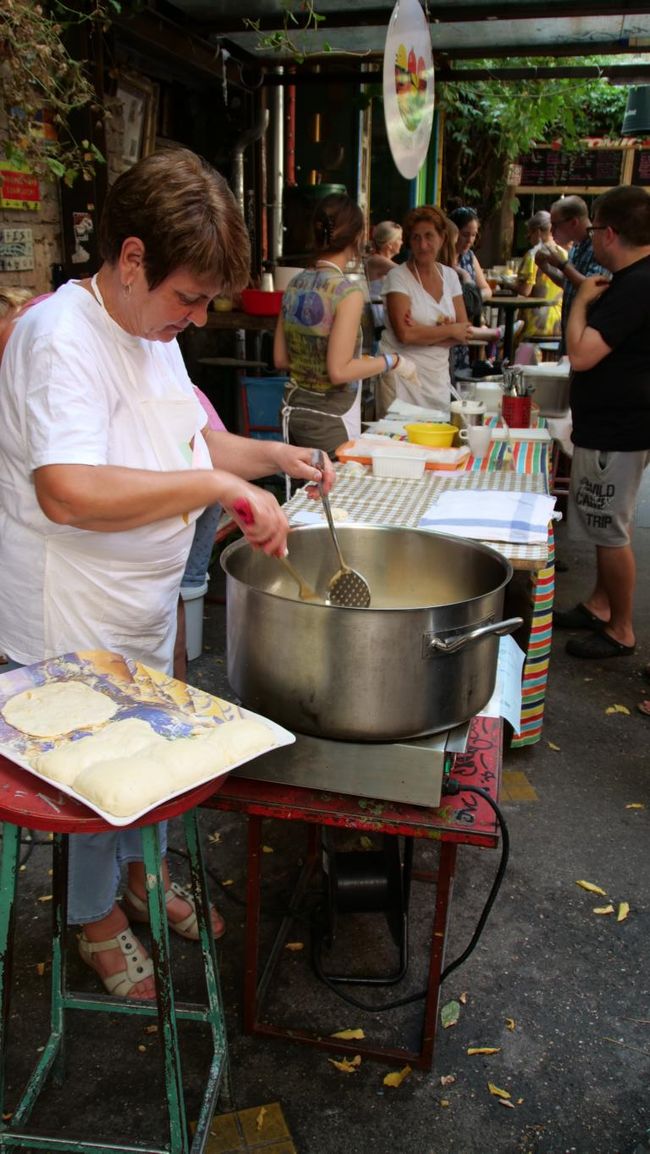
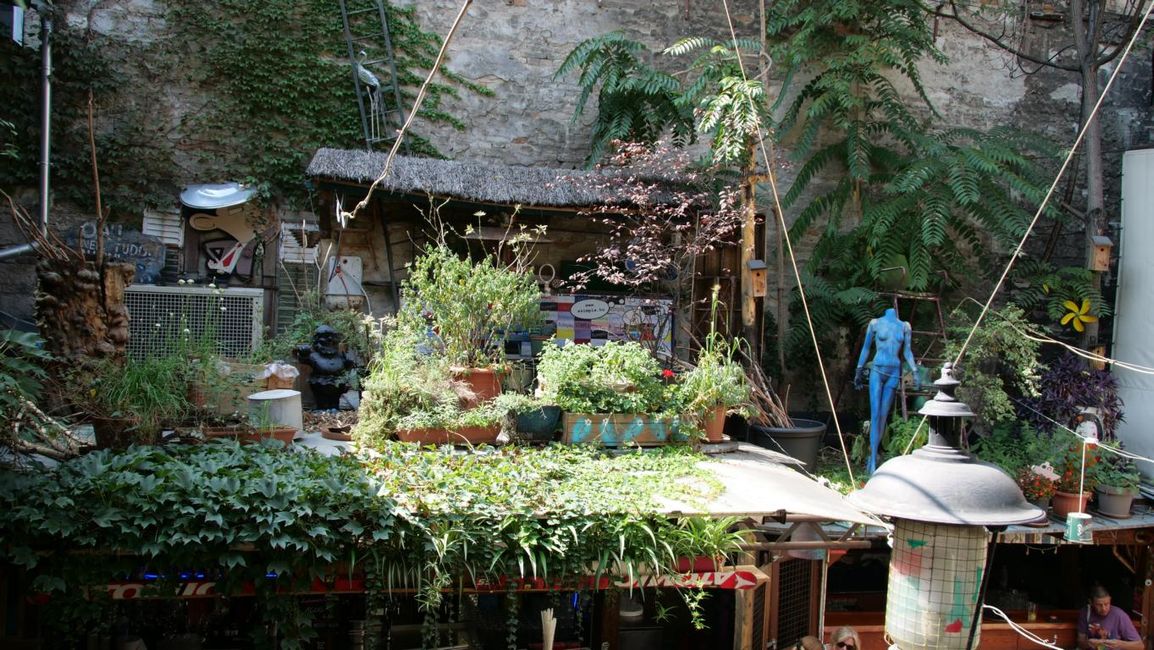
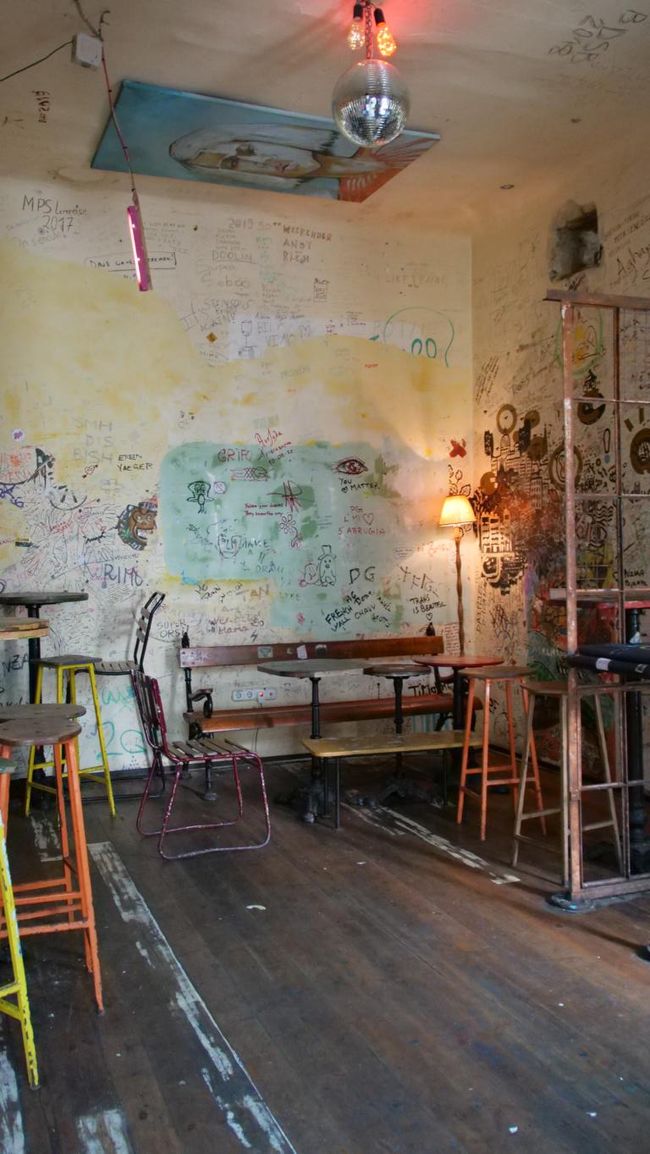
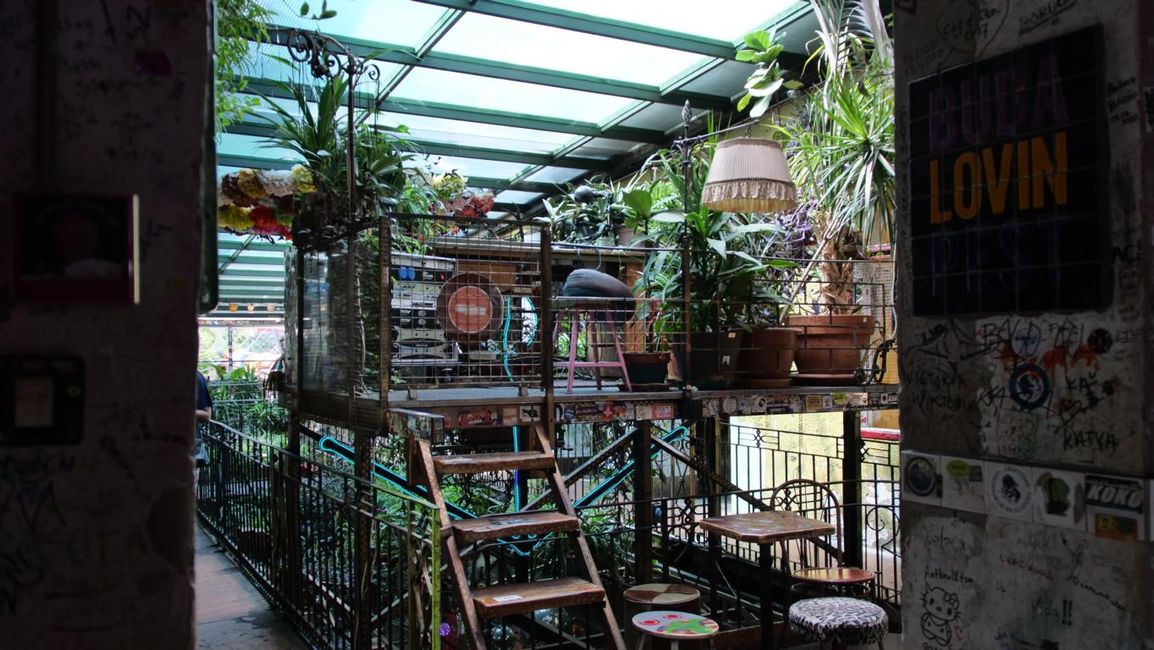
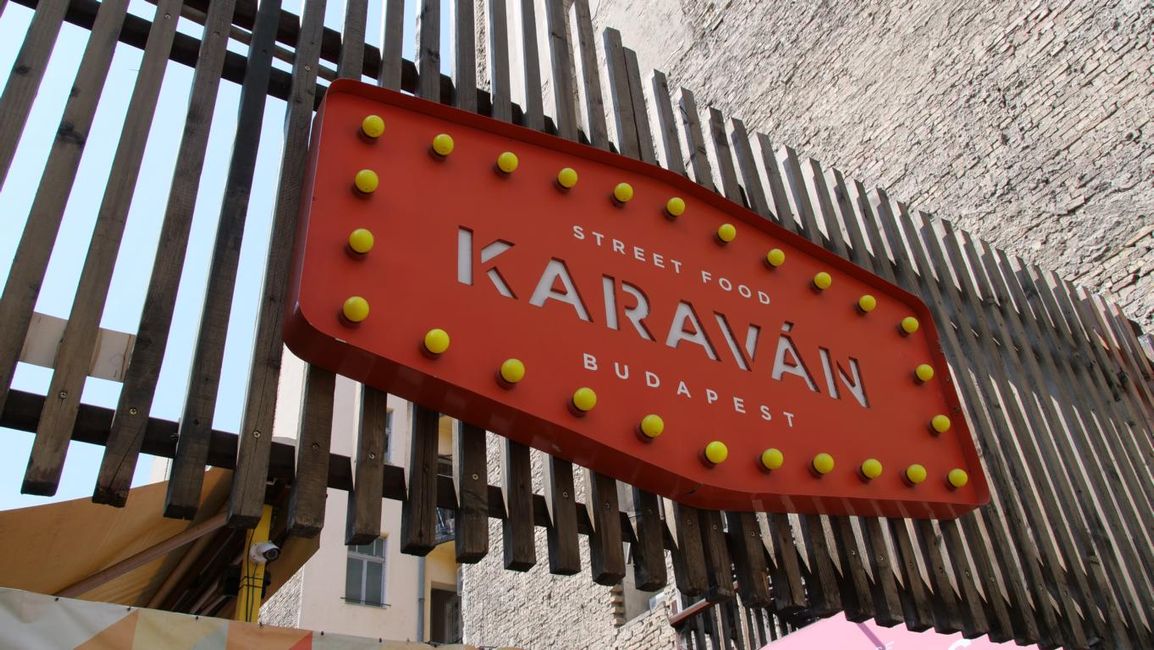
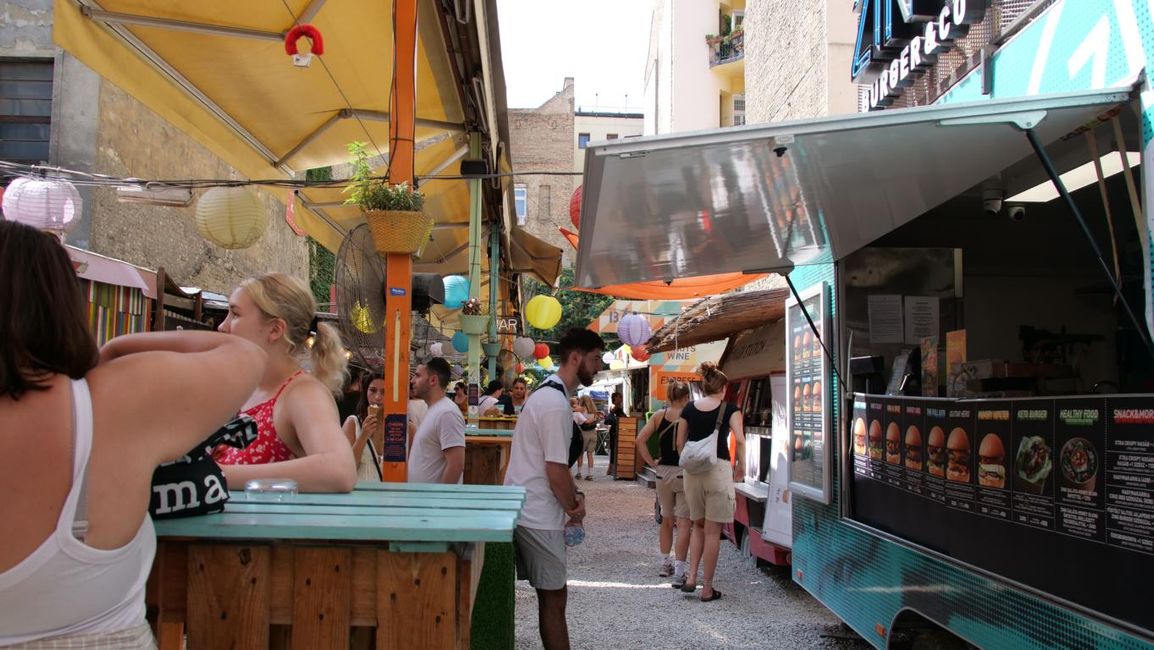
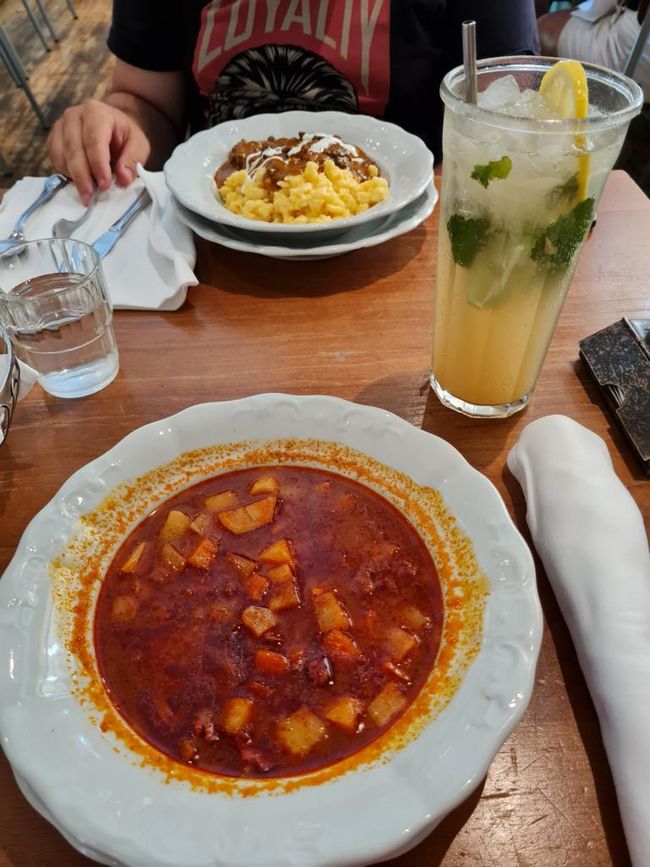
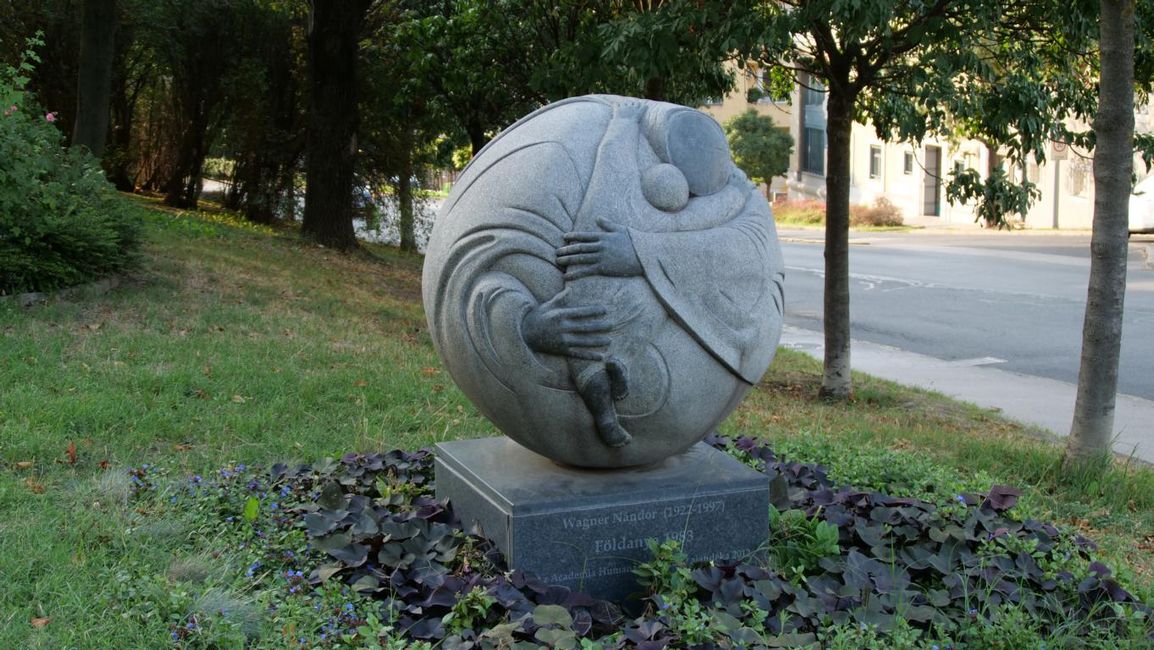
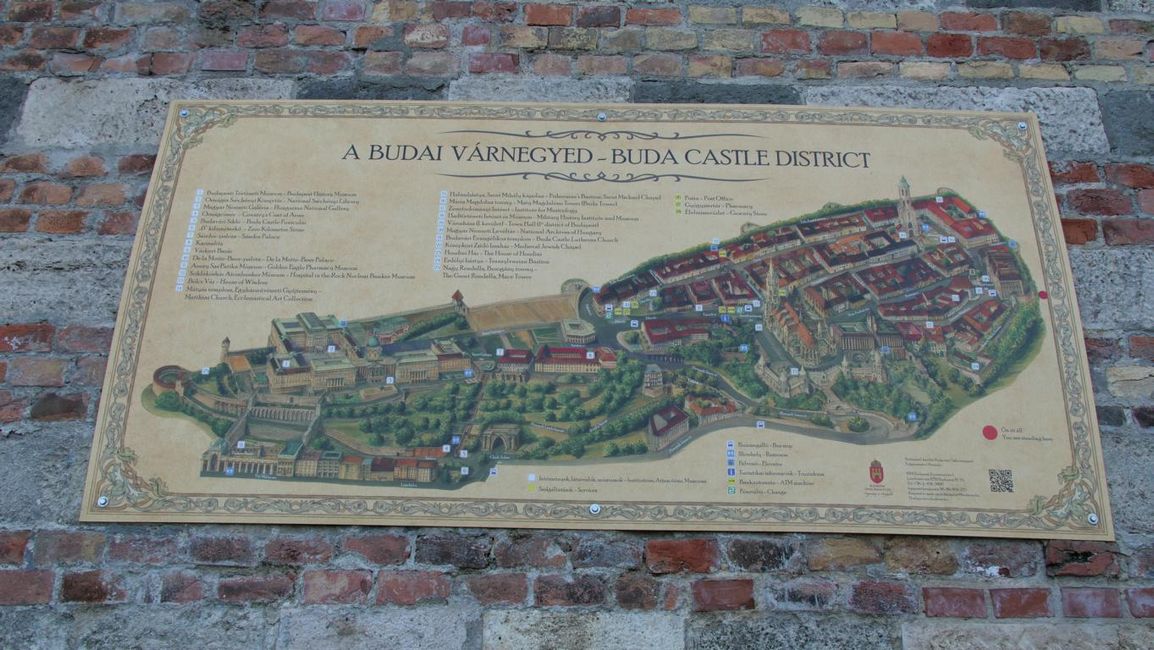
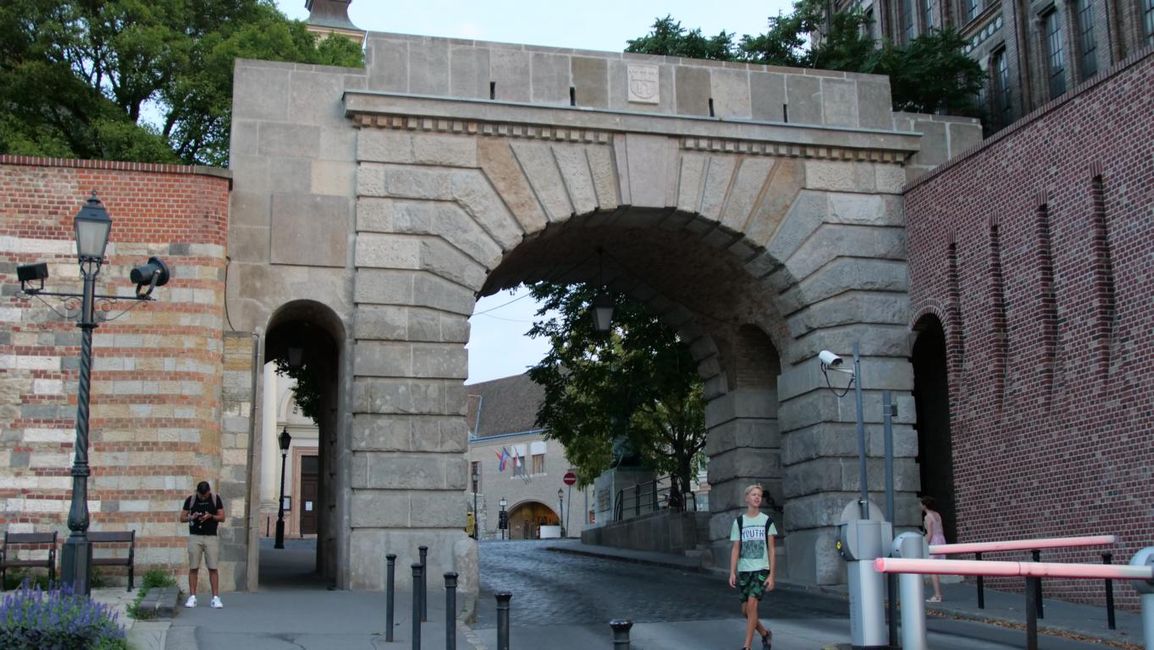
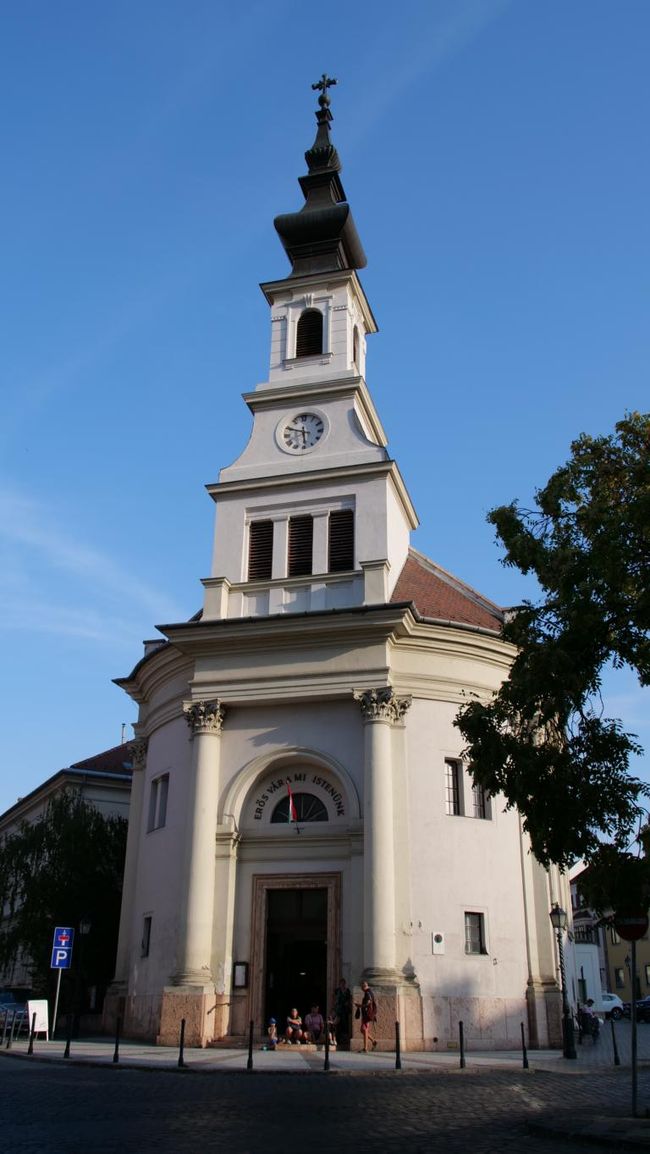
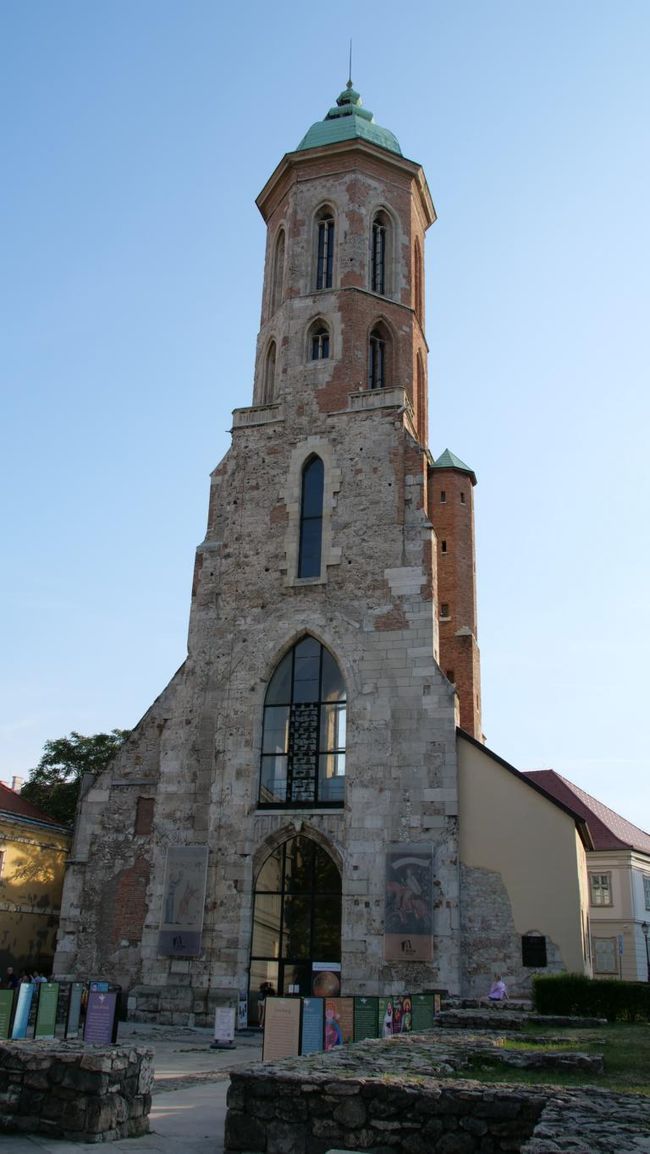
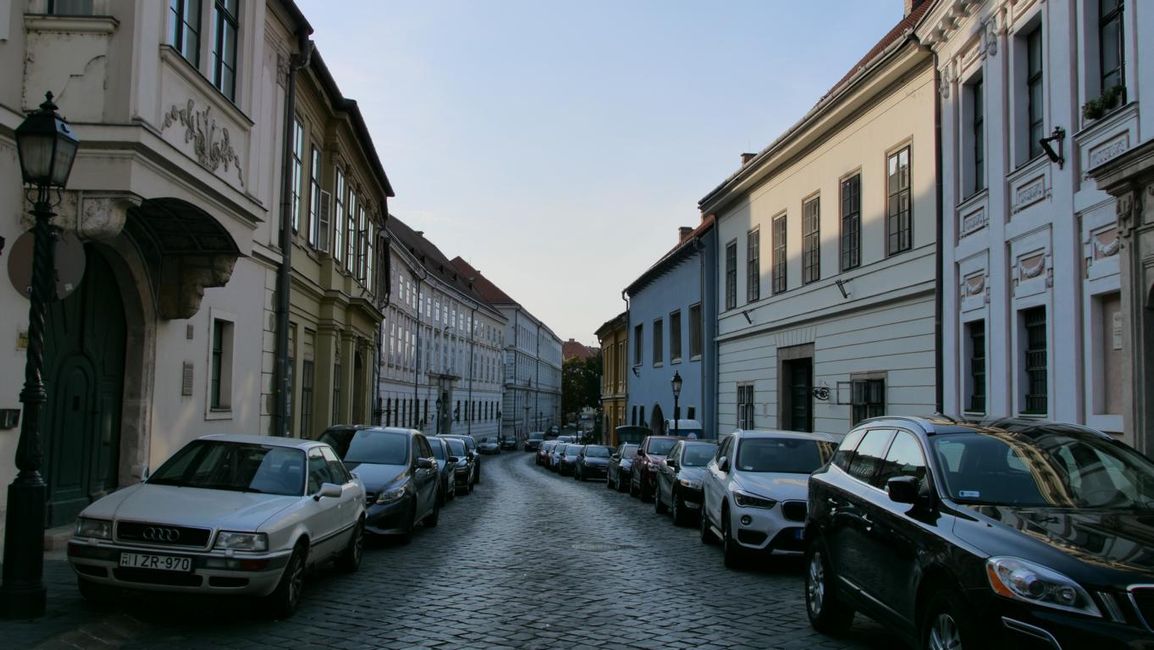
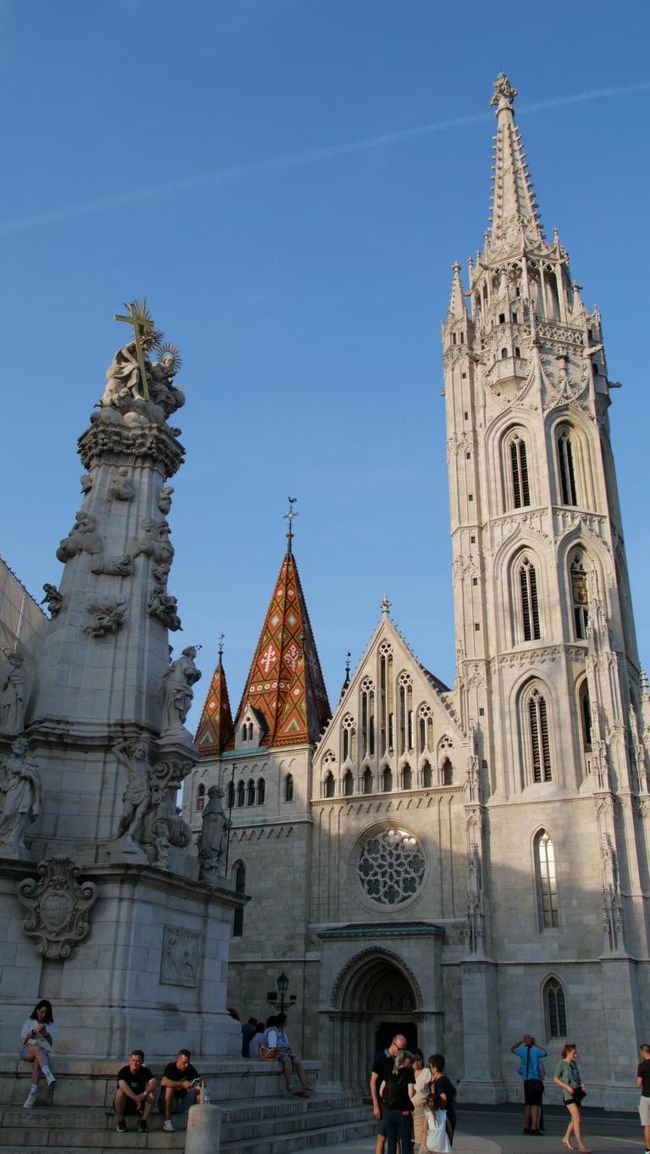
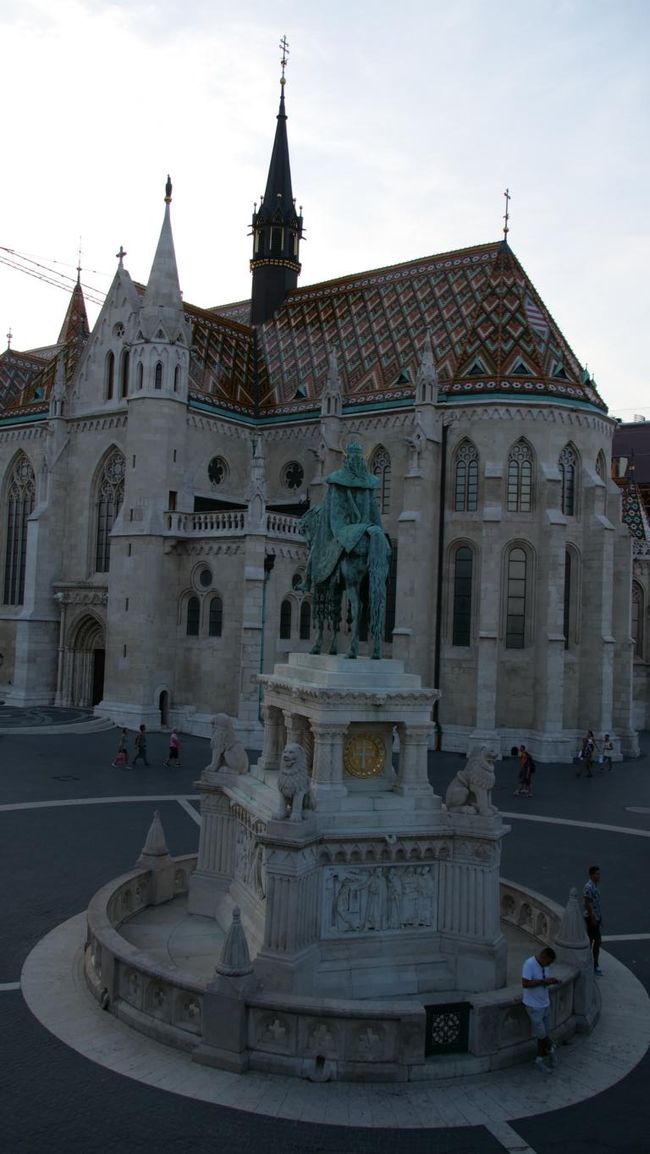
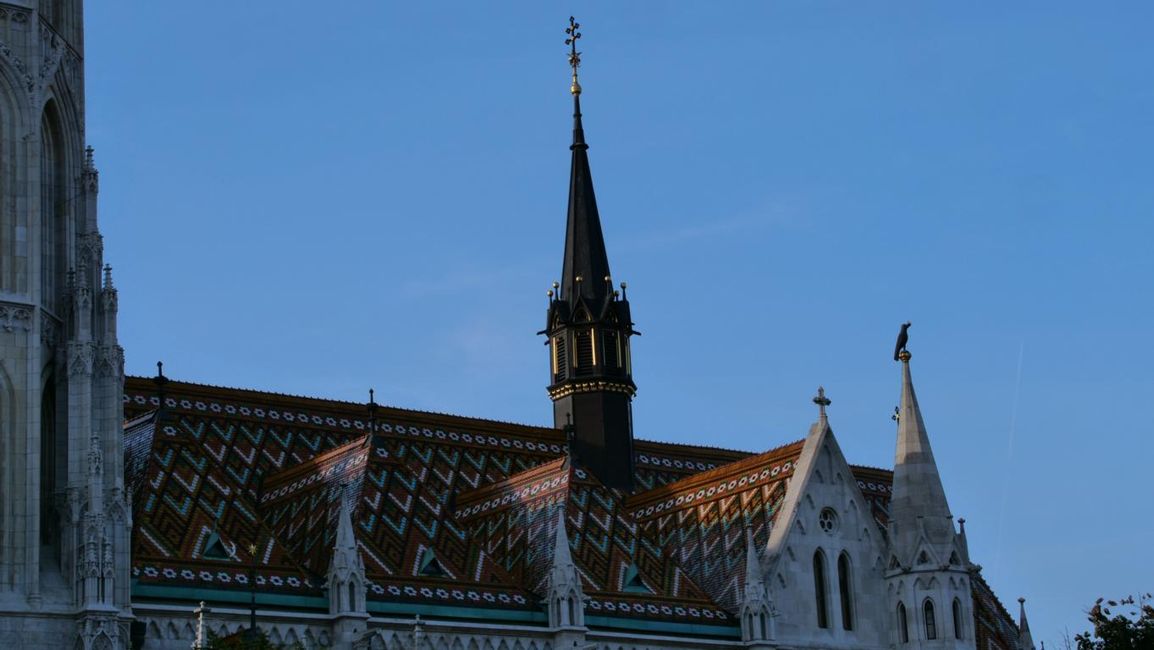
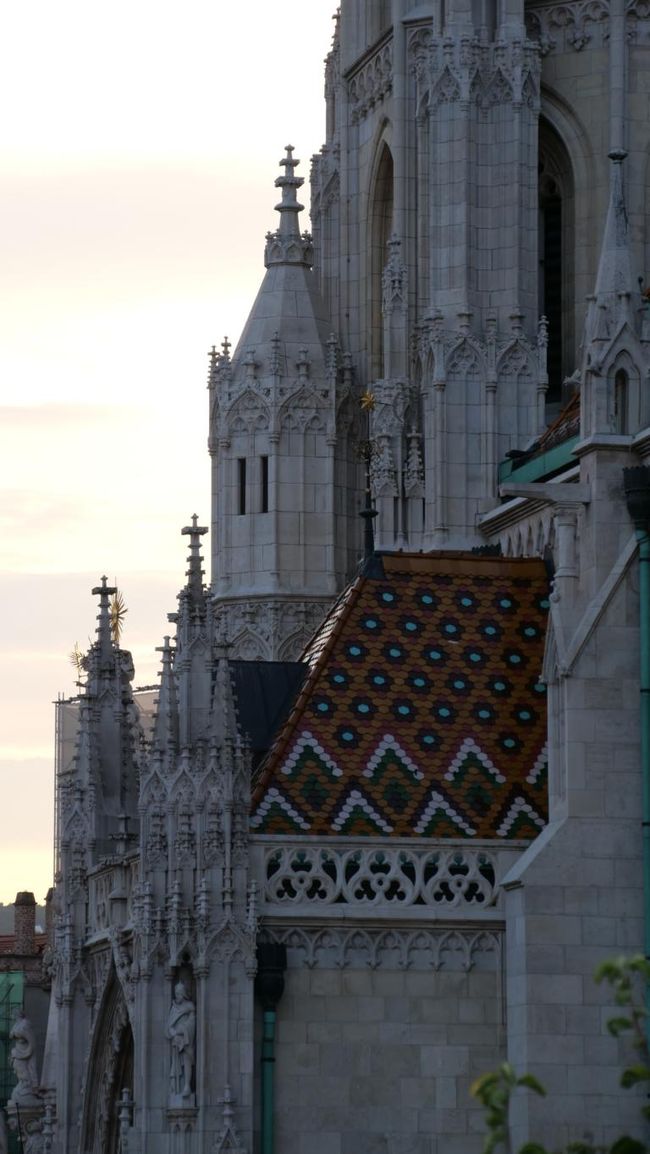
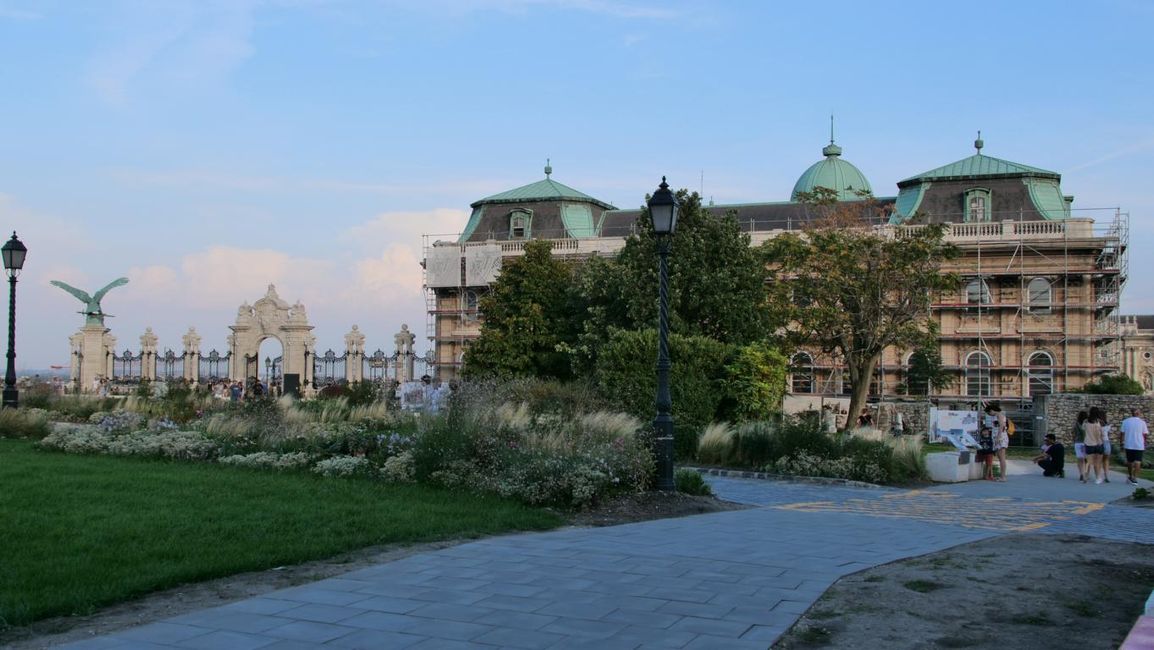
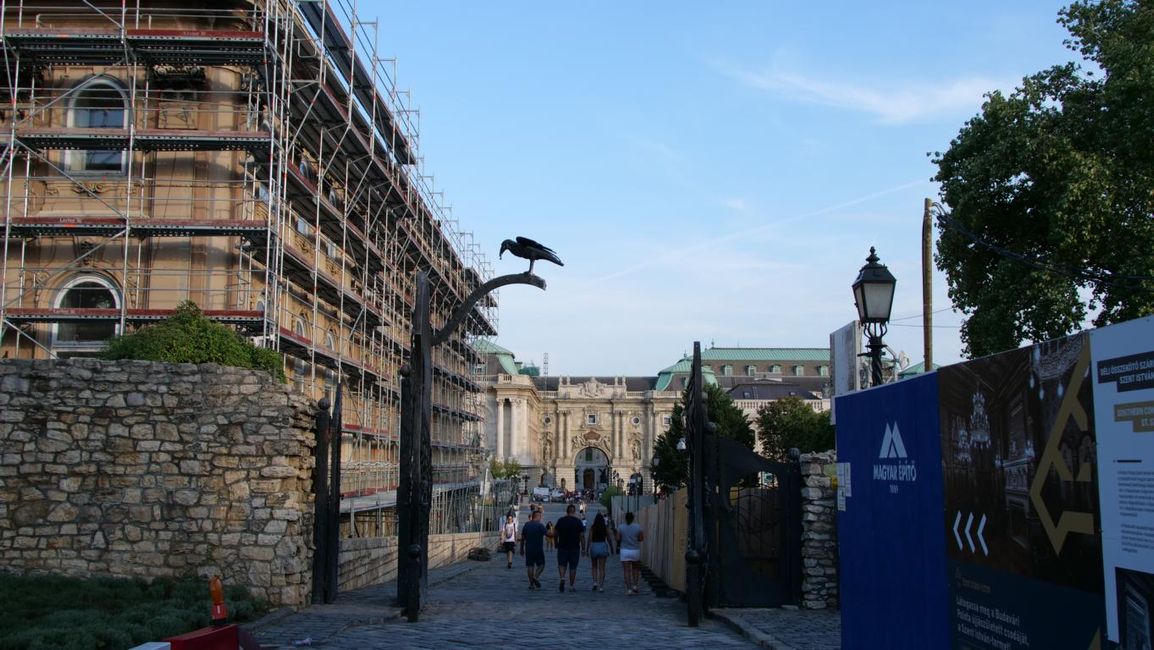
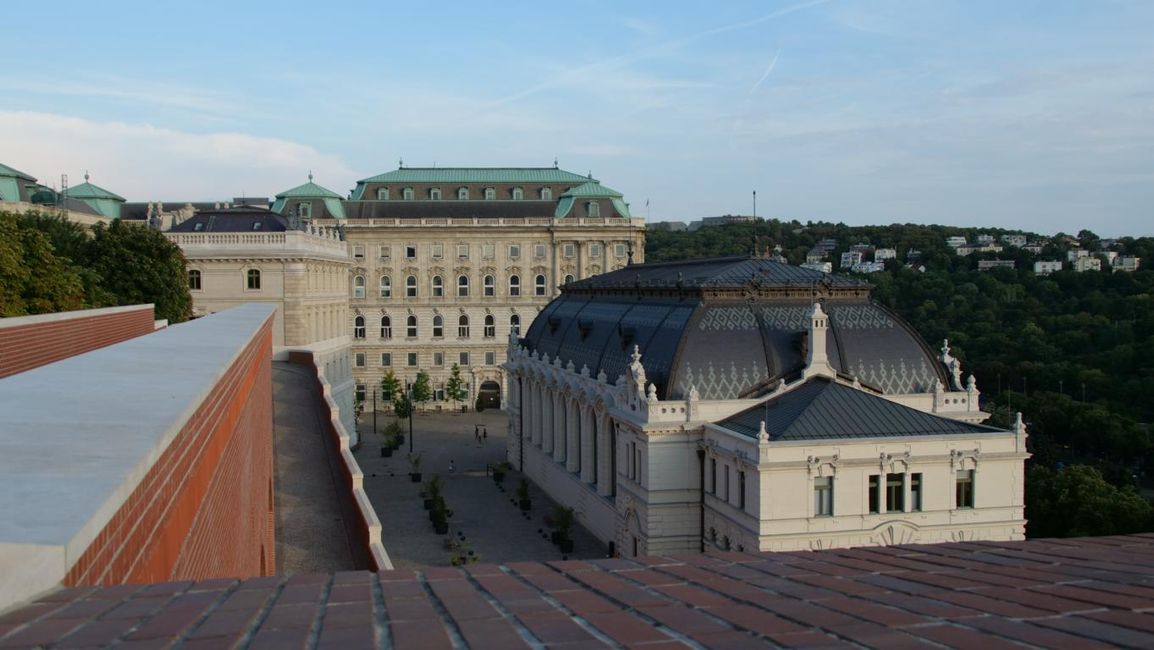
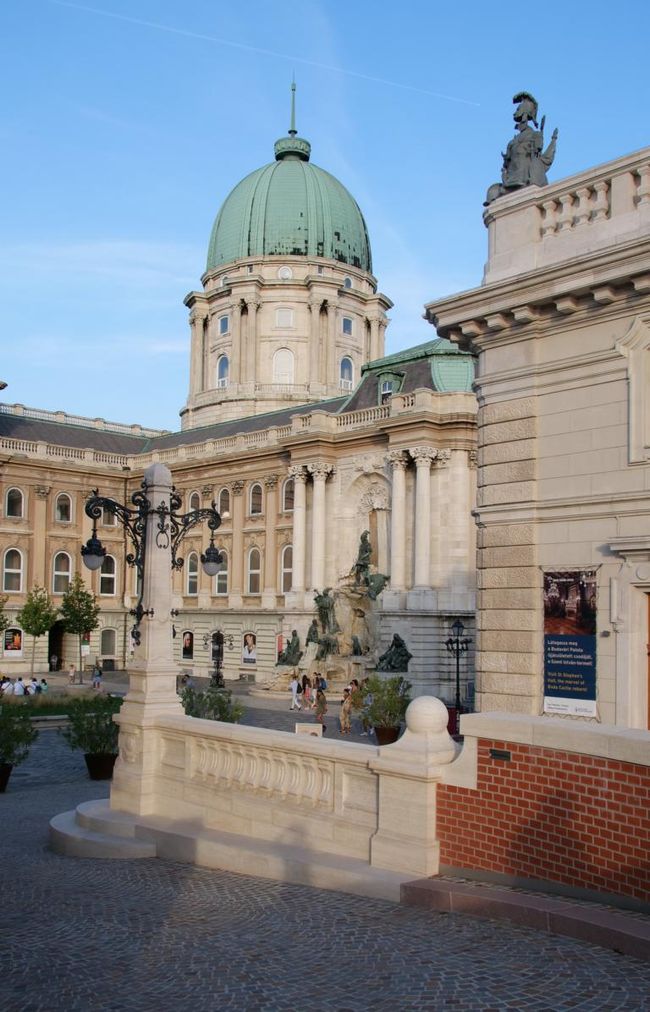
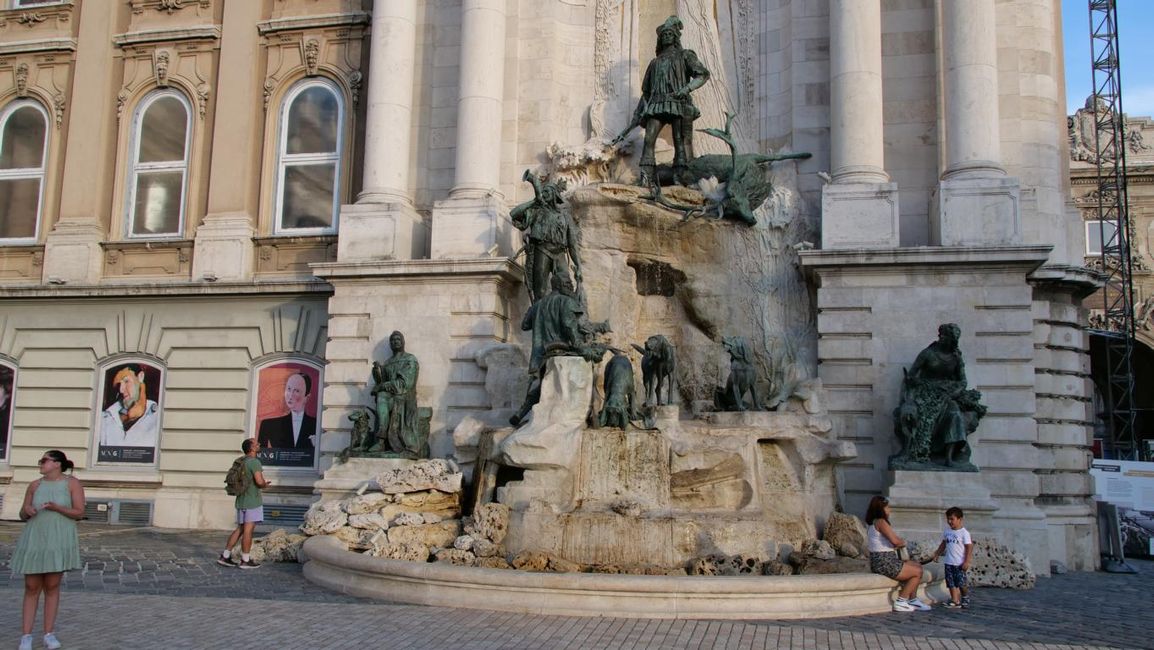
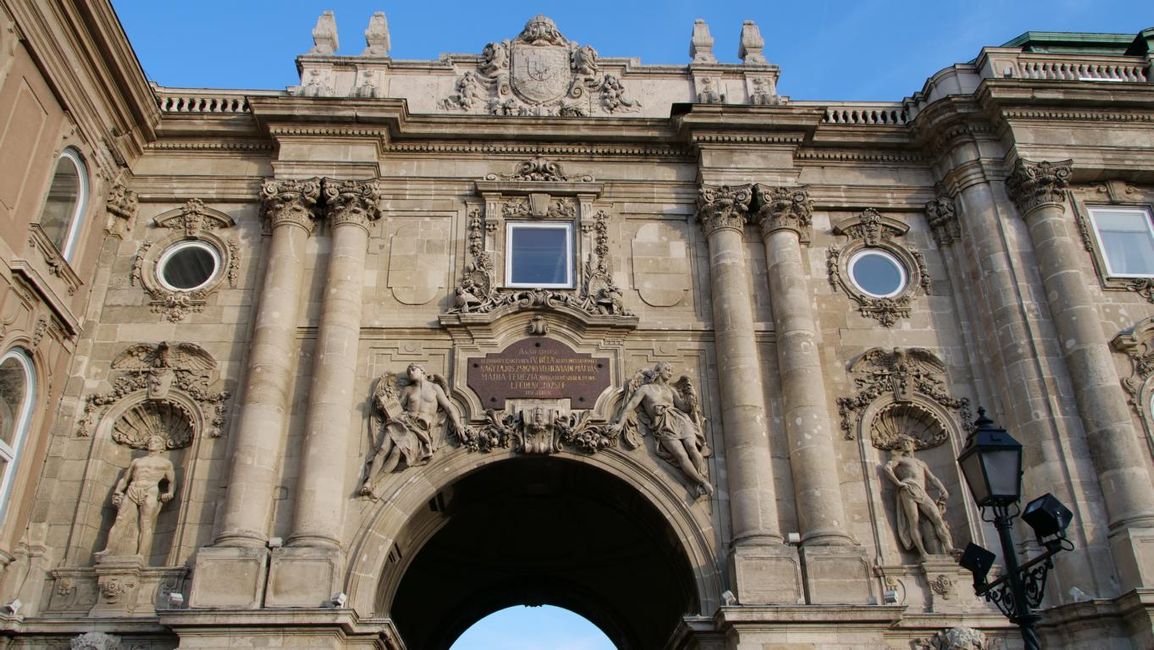
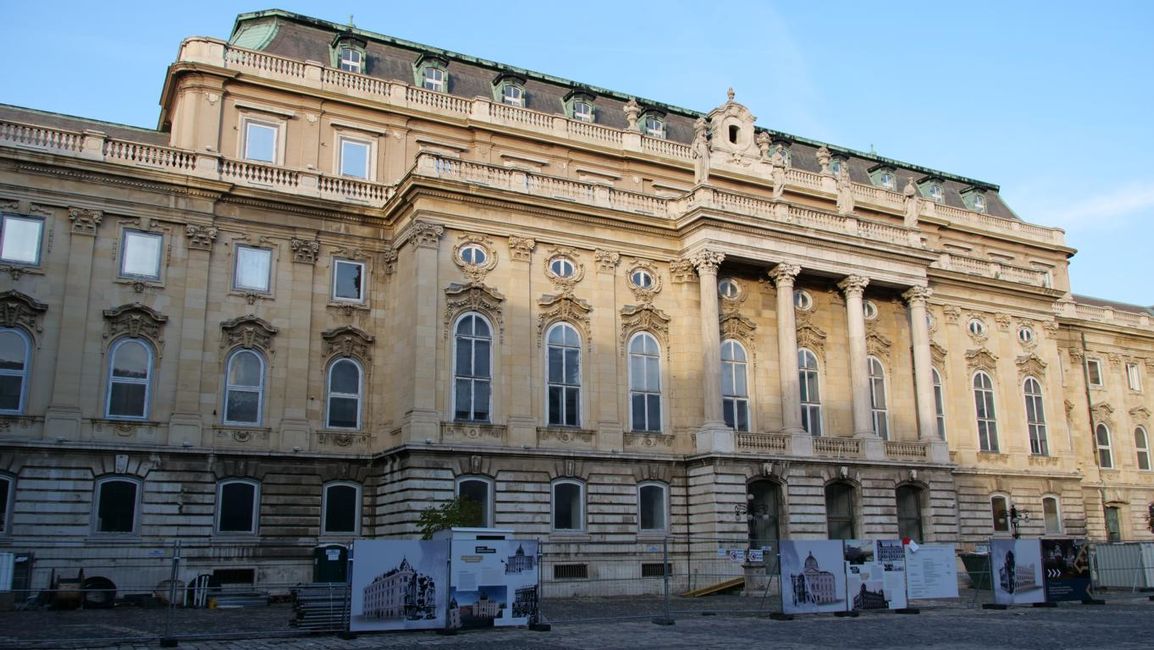
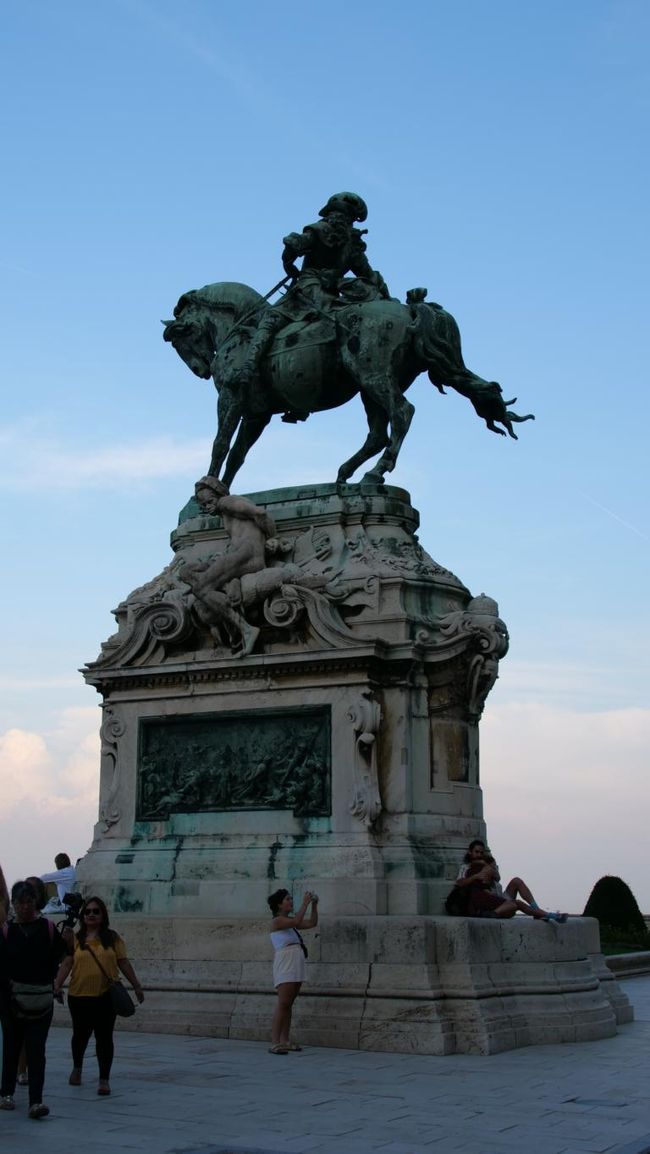
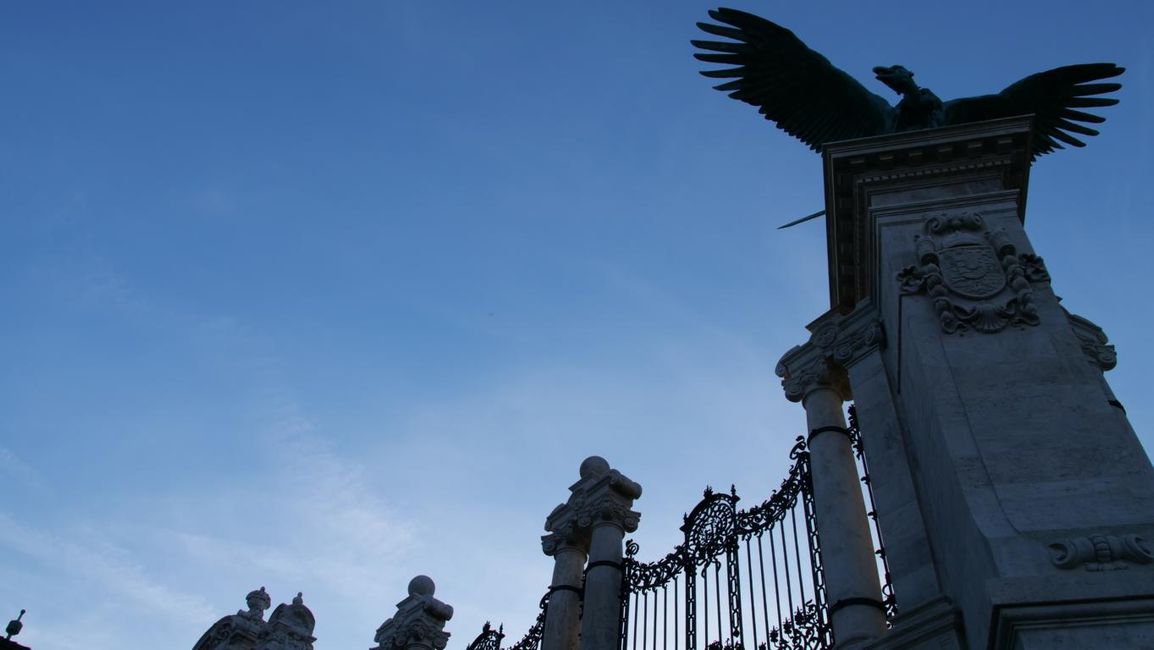
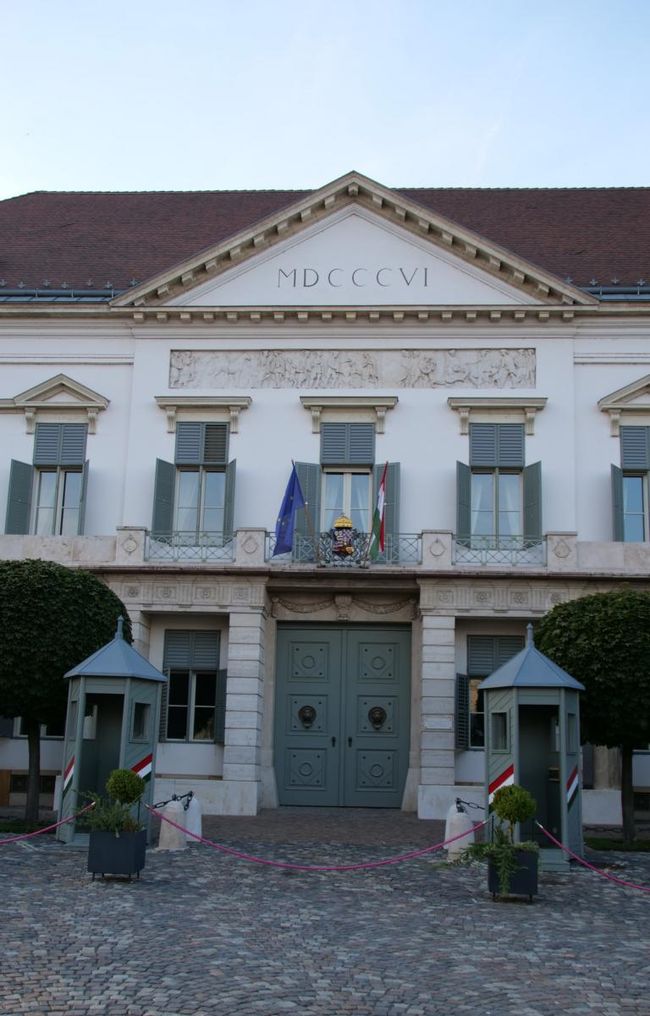
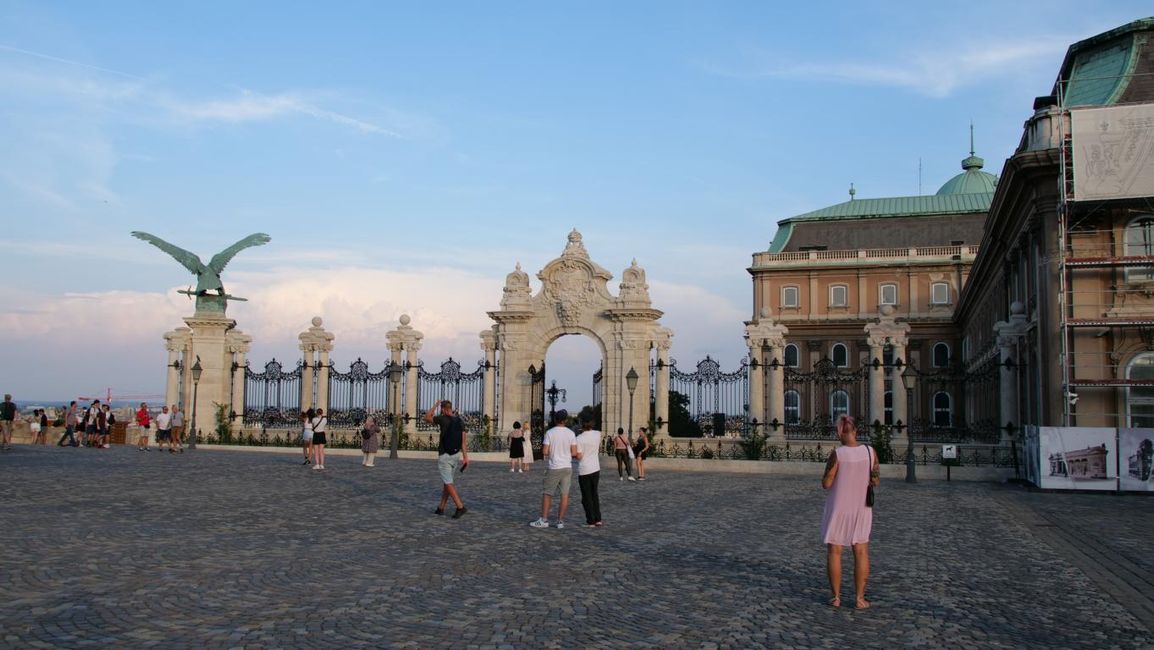
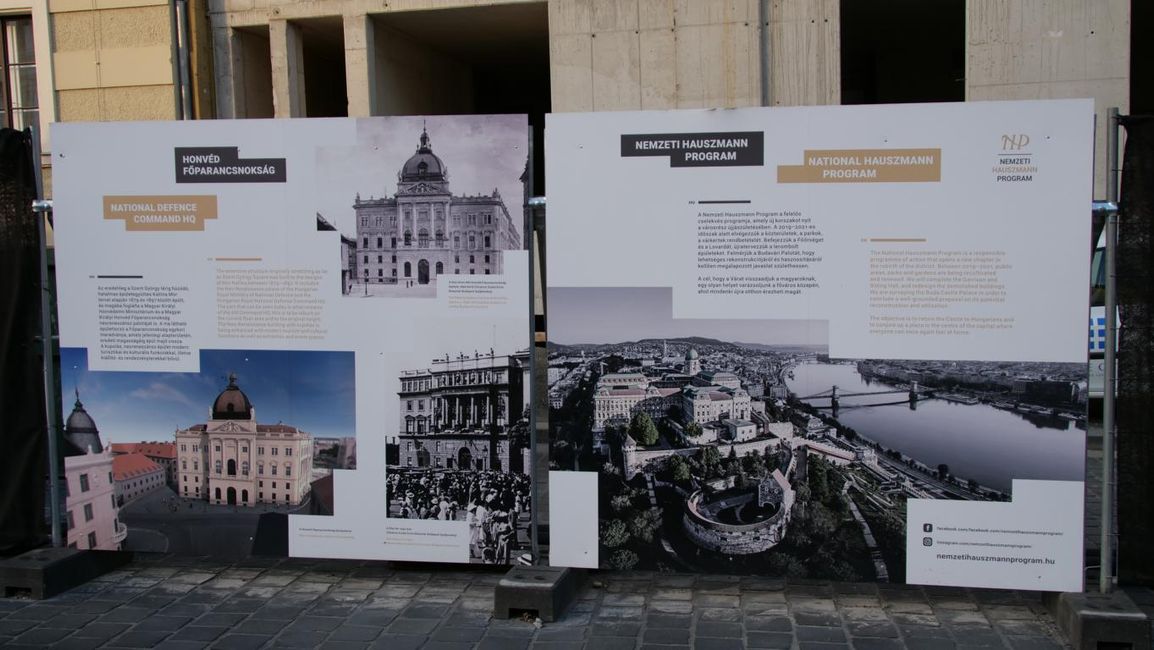
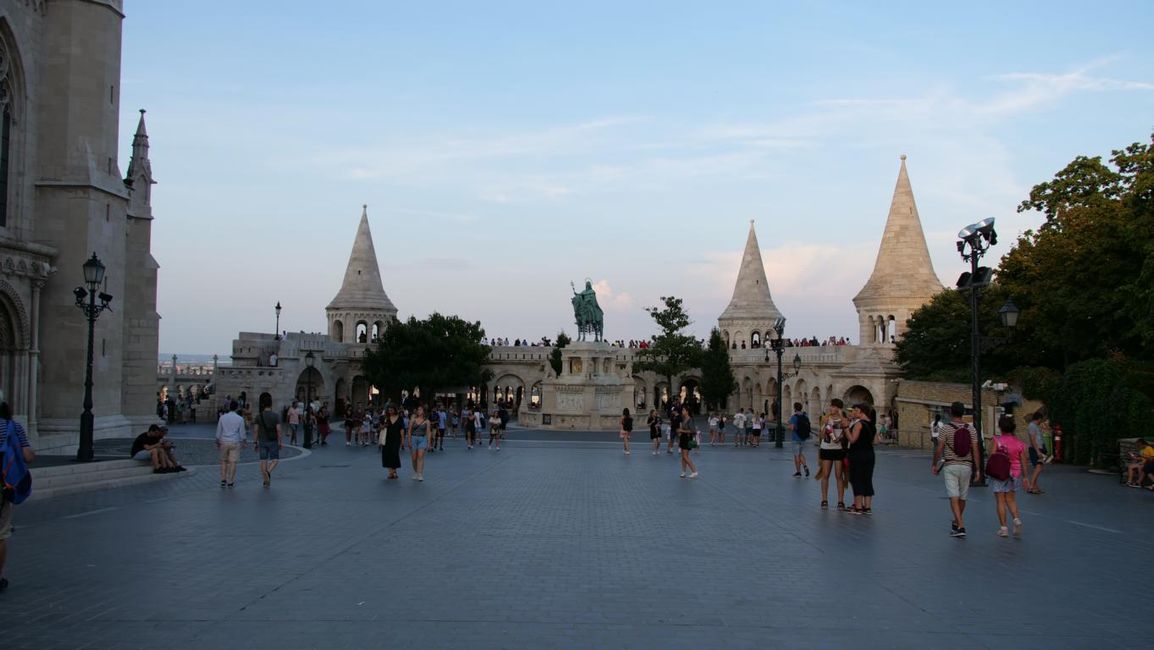
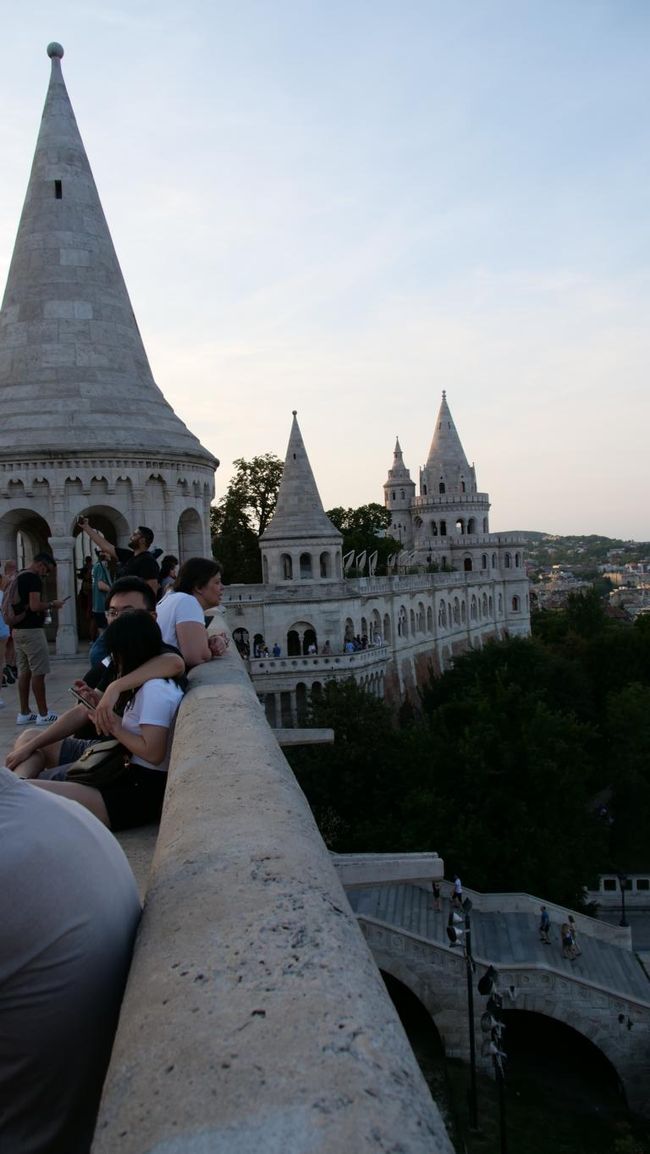
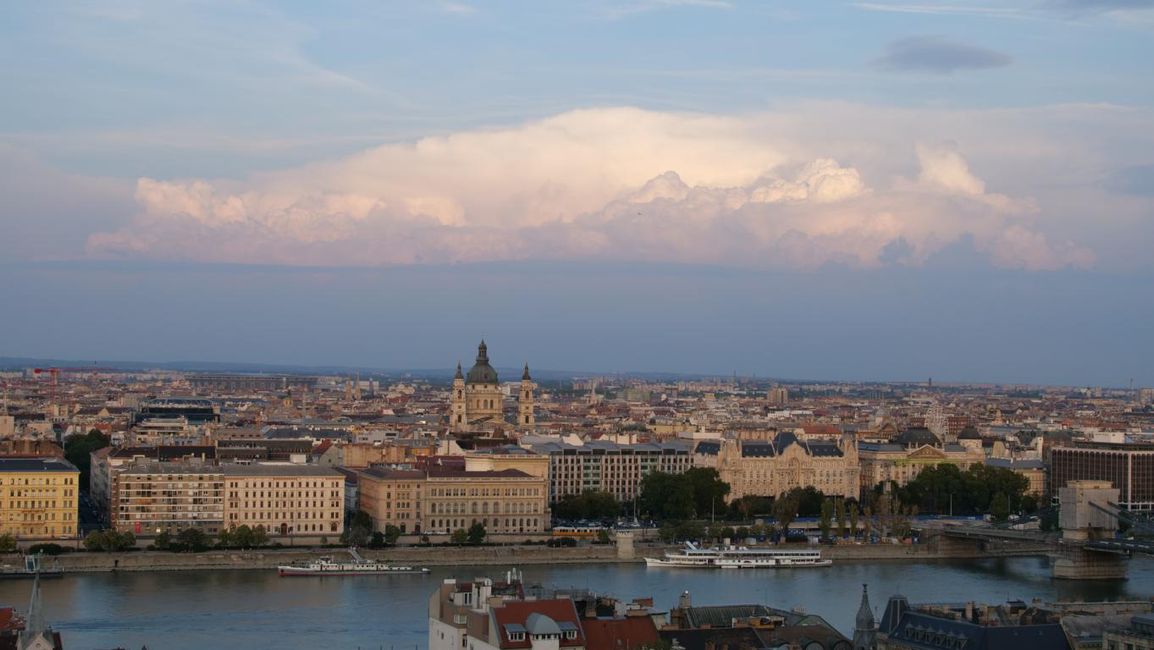
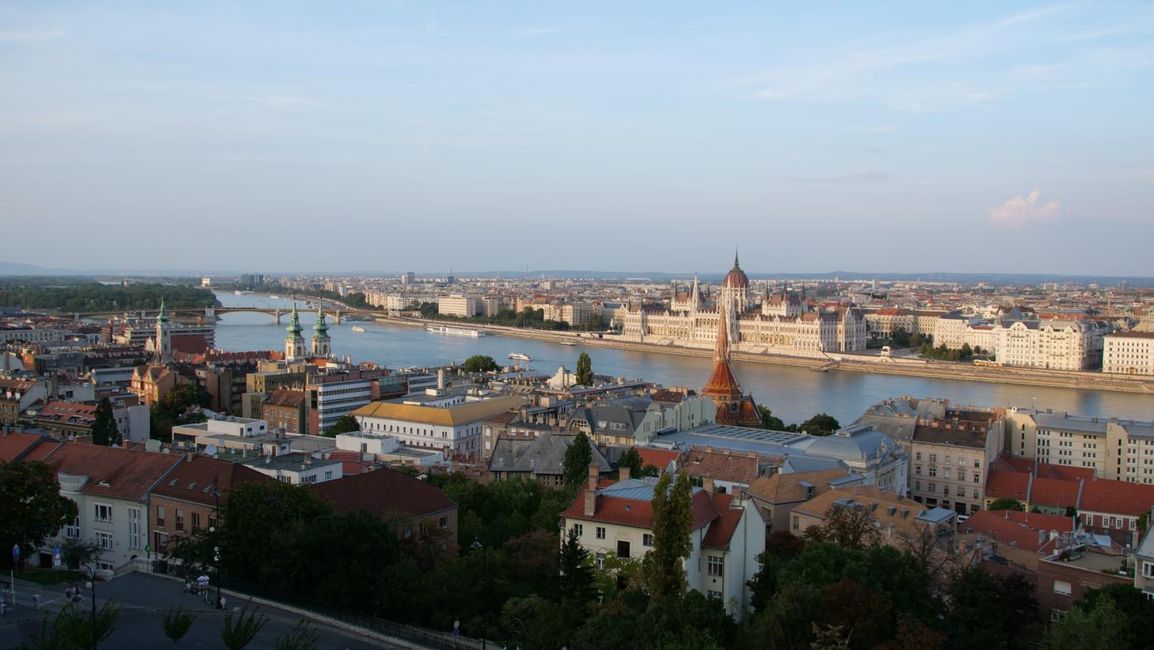
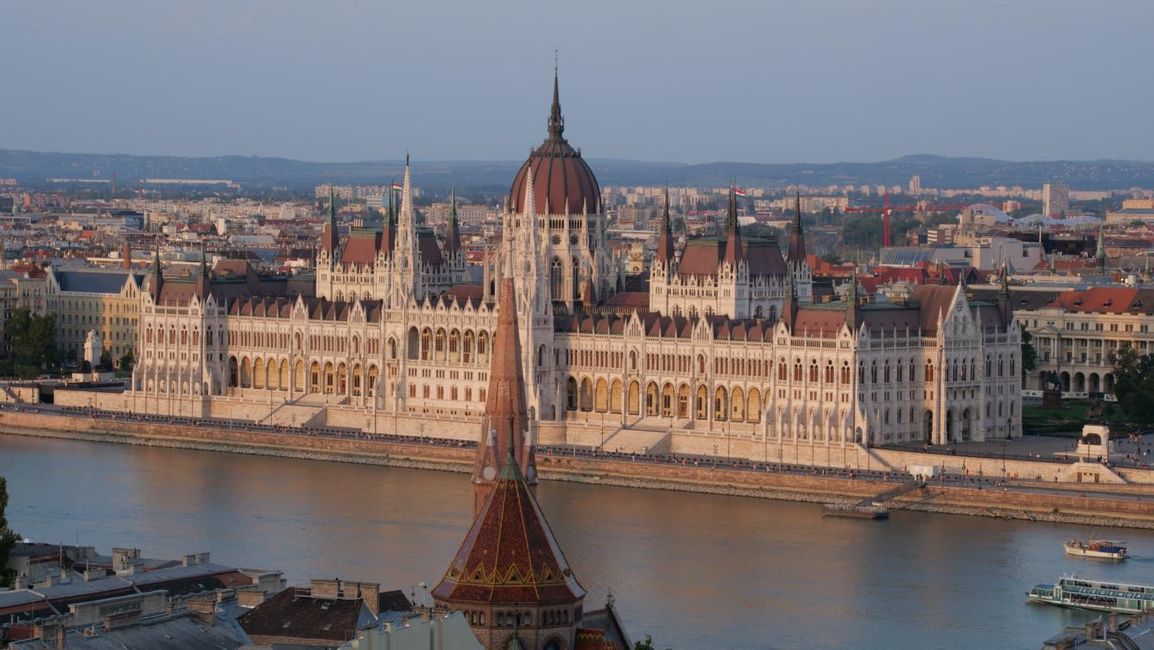
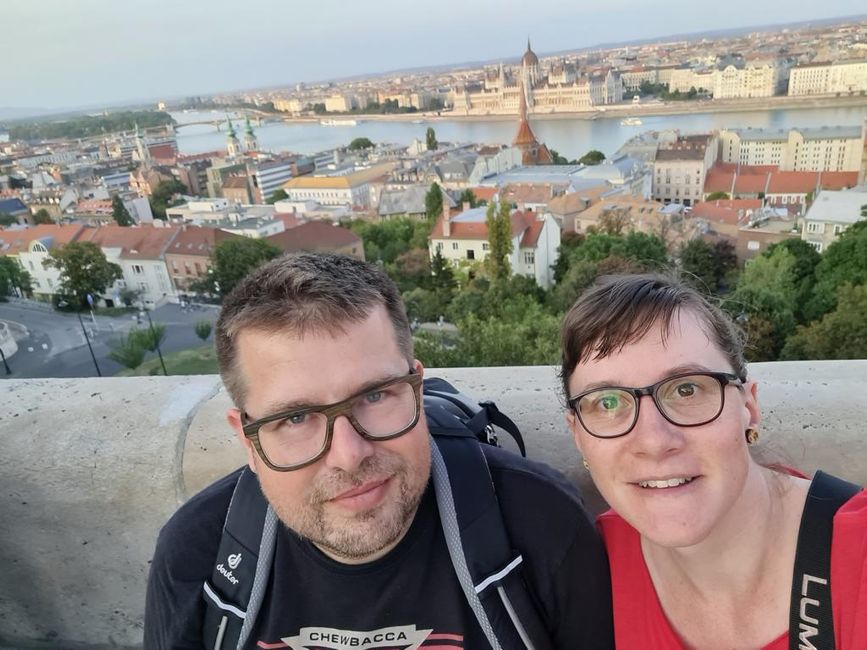
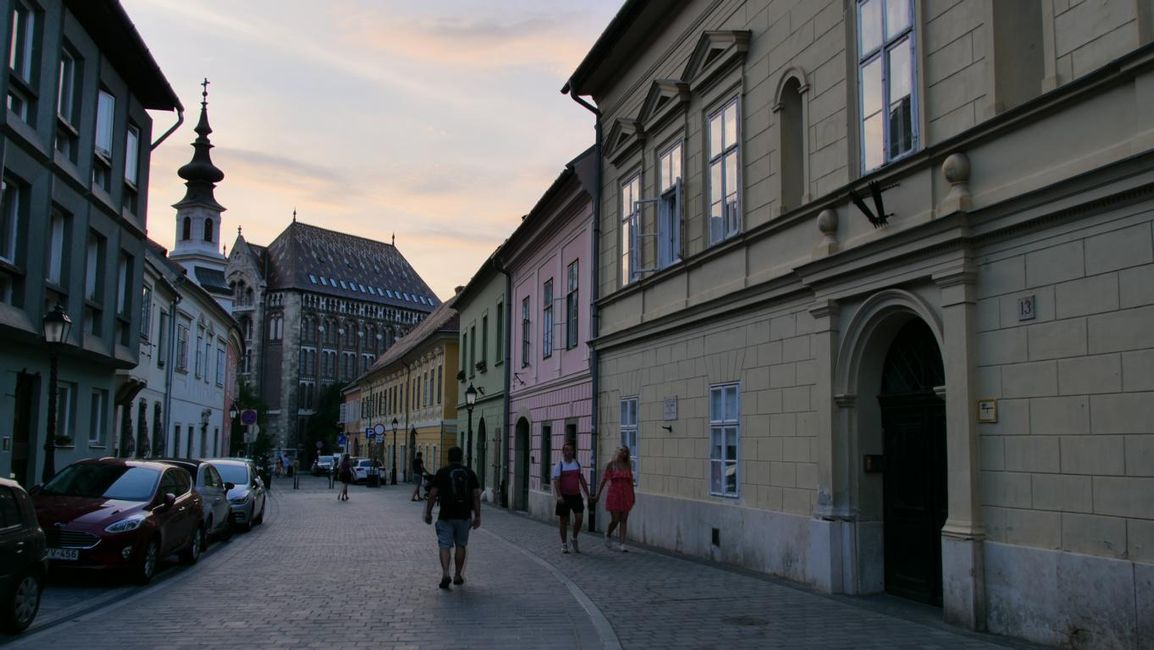
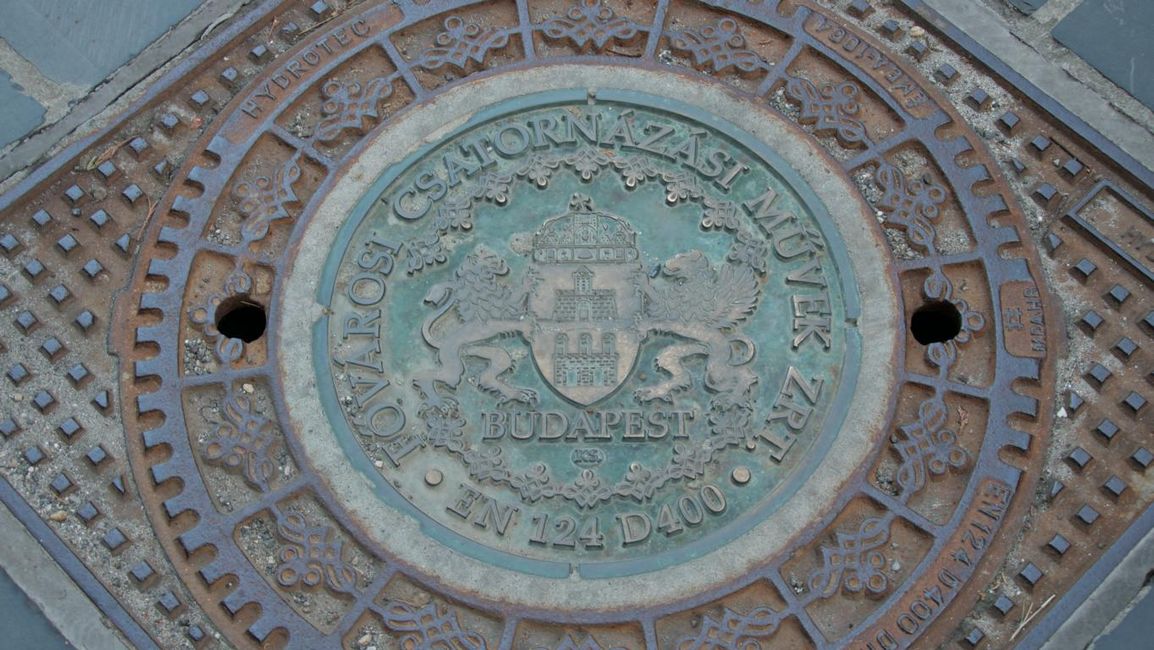
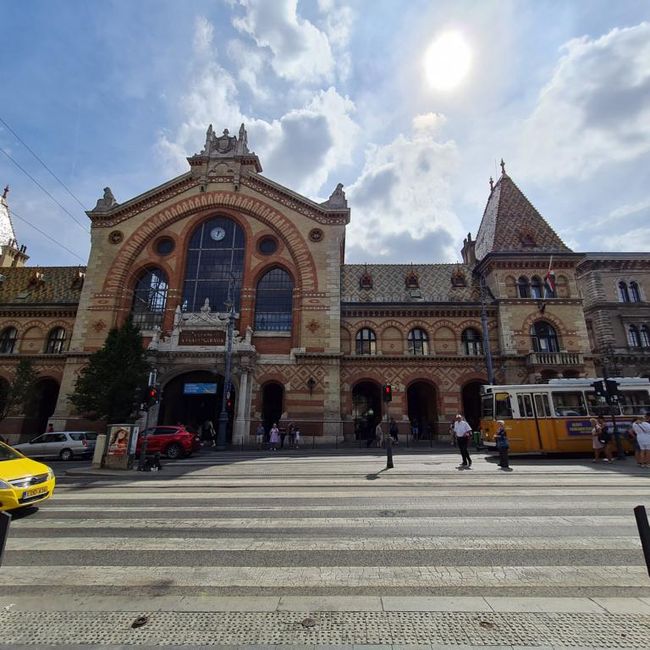
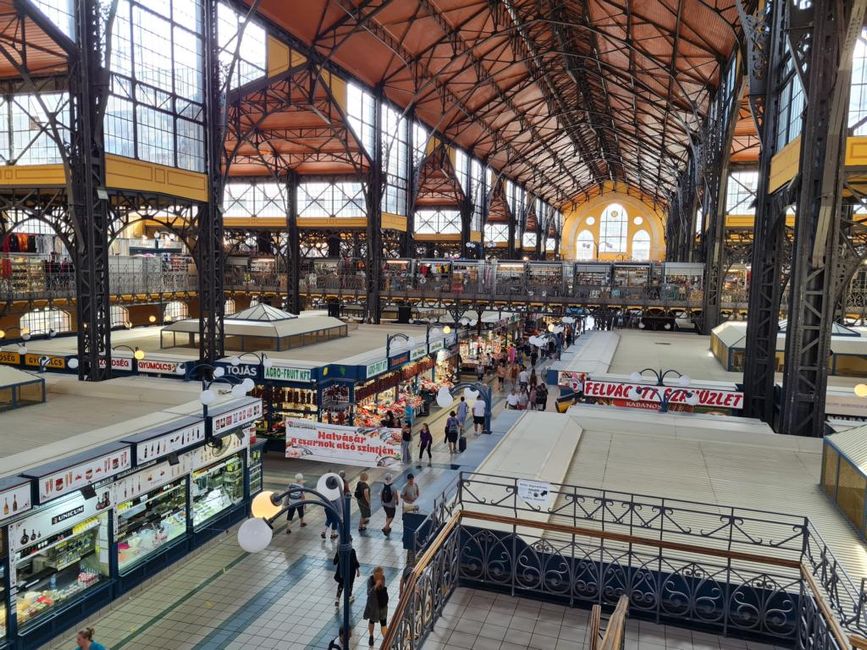
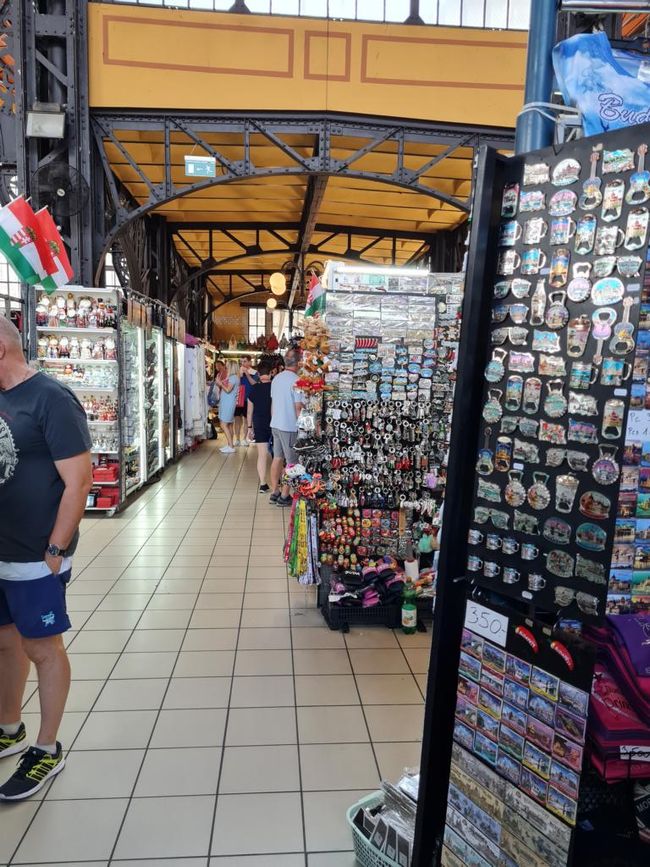

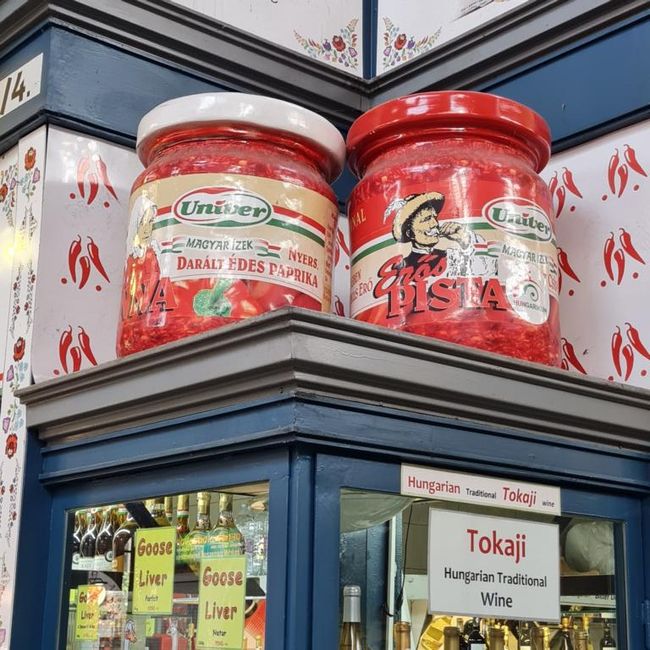
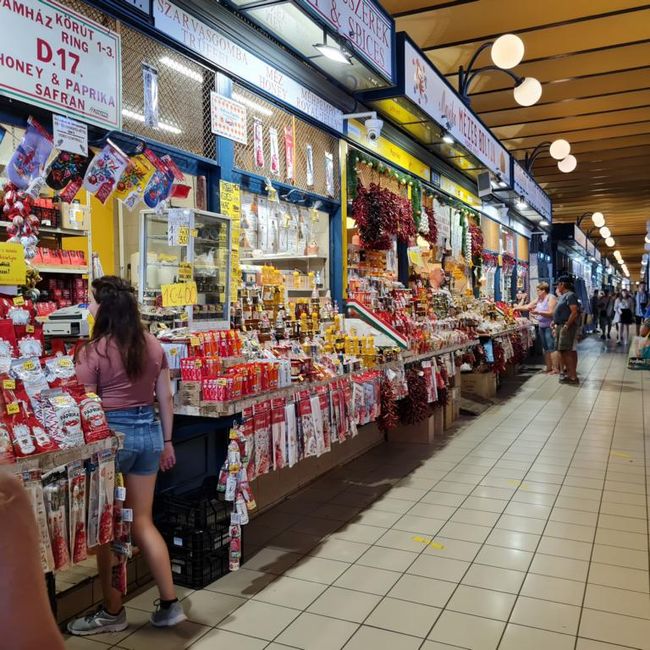
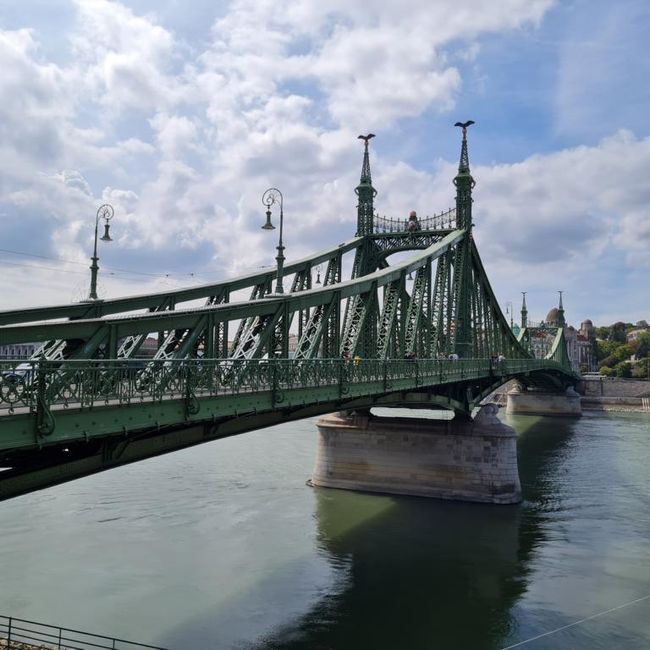
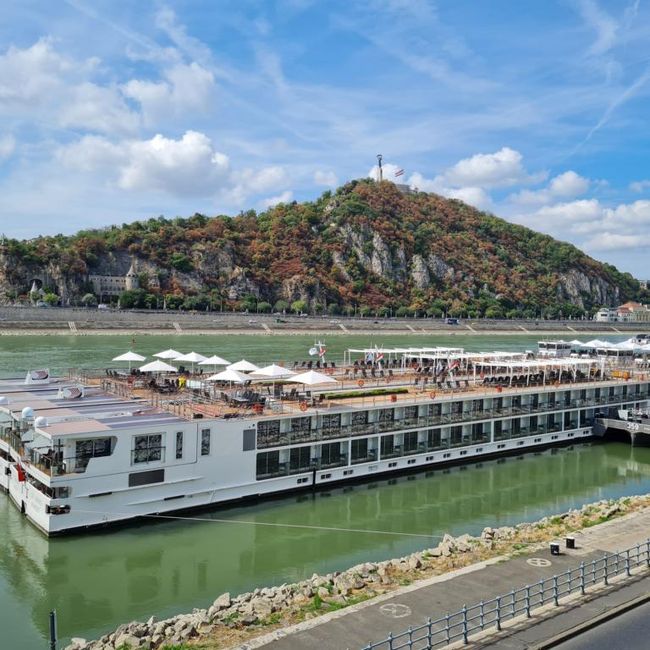
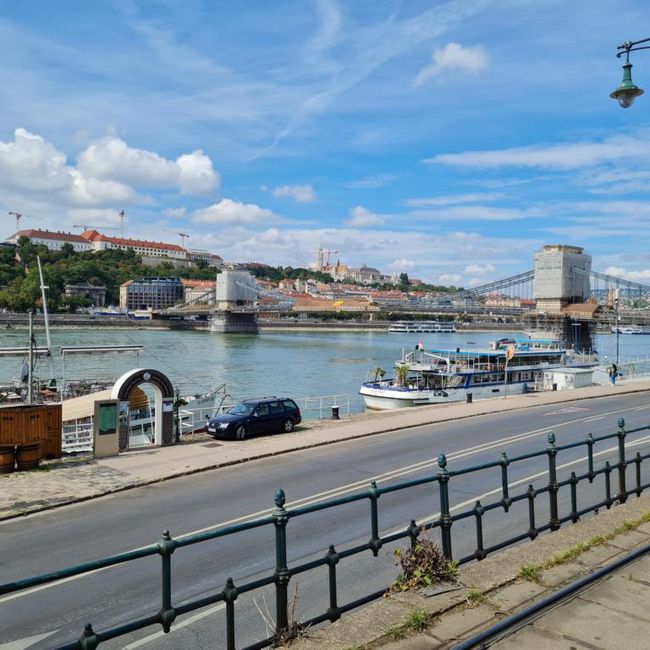
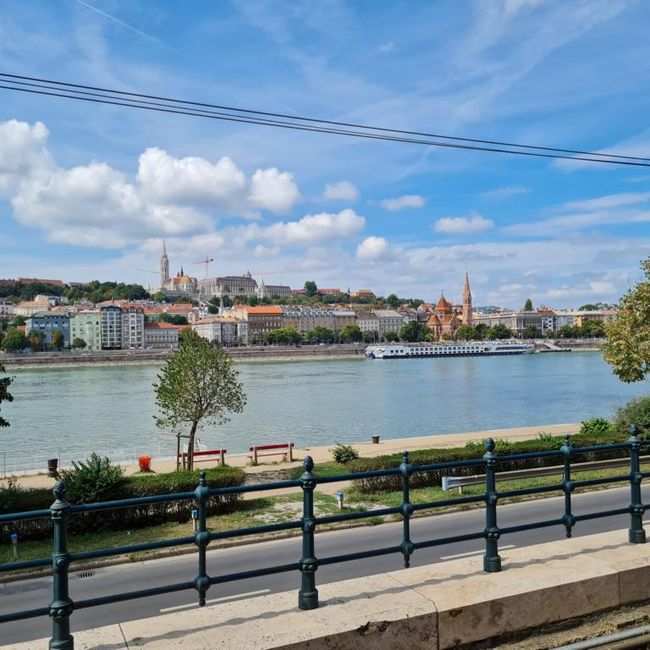
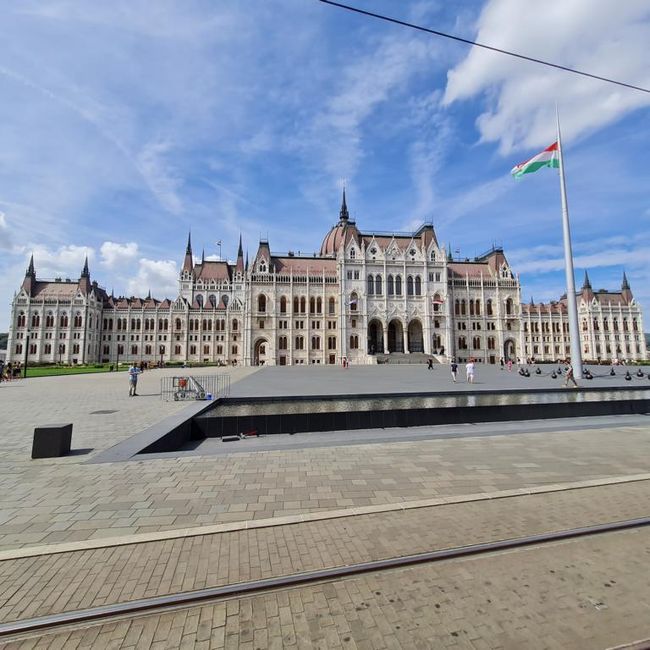
വാർത്താക്കുറിപ്പിലേക്ക് സബ്സ്ക്രൈബ് ചെയ്യുക
In Budapest, we were welcomed with a huge fireworks display. We definitely deserved it after this day ;-). On National Day, August 20th, the day of Saint Stephen, the founder of Hungary, an annual fireworks display takes place in Budapest. However, severe weather with heavy rain and thunderstorms was expected on that day. So the Hungarians postponed the fireworks to August 27th. Lucky for us. At 9 pm, the 35-minute spectacle started along the 1.7-kilometer stretch of the Danube. It exploded between the rows of houses and the sky was illuminated with colors. We didn't even make it to the riverbank because there were crowds of people. But from our vantage point, we had a good view of the Parliament on the opposite side of the river. The show was very impressive, a story was told in Hungarian, accompanied by music, the Parliament was illuminated with a laser show, and the fireworks units became more and more spectacular towards the end. Thank you very much for the honorable welcome.
For the next morning, we had booked a 2.5-hour tour of Pest and the Jewish quarter. We were staying in Buda, on the other side of the Danube. We walked along the riverbank, crossed the Danube over the Margaret Bridge, and walked to the Parliament. Here we met Gabor, our tour guide, and two other tourists. He first gave us an overview of the city's history, and then we started the walk through the vibrant and modern side of the city. He showed us interesting houses from earlier times, talked about their use, modernization, and their residents. We came to the former Royal Postal Savings Bank. The building had a special facade and roof covering. Here we learned a lot about Hungarian Art Nouveau, the so-called Budapest Secession. We found that the houses with their colorful tiles and floral patterns in Subotica corresponded exactly to this architectural style. The tiles on the roofs are brightly glazed, have a long lifespan, and have already been exported to various places around the world, despite their immense cost. We arrived at St. Stephen's Basilica and on Bajcsy-Zsilinszky Ut street. In the past, the rich and beautiful used to live here, and the first tram was supposed to be built on this boulevard. However, the residents did not want noise and dirt in front of their door. So they dug up the street and built the city's first metro line, M1, 4 meters below the ground. From the wide street, we slowly made our way to the Jewish quarter of Budapest. We arrived at the Gozsdu Udvar House. Gozsdu was a Romanian lawyer who built not only one house, but a large complex of interconnected courtyards and buildings here. You can't see that from the front. So we walked through this meeting point of the city with many restaurants and cafes. Today there was a market here with many small stalls selling jewelry and decorations. The streets became narrower and the houses were no longer so magnificent. Gabor gave us one or two restaurant tips, talked about the life of the Jews, and showed us the largest synagogue in Europe from the outside. The interior was built similar to a Catholic church, and there is an organ in the annex. Very atypical, because according to belief, no musical instrument belongs in a synagogue. In the courtyard, we could see a large steel weeping willow. The names of the Holocaust victims are engraved on the leaves. Our last stop was at a quite old house. Somebody bought it for very little money, knocked off the loose plaster, removed interior walls, and put in found objects. Since those days, it has been a colorful pub with visitors from near and far. On Sunday morning, there is always a market here as well. There were fresh fruits and vegetables, but also small kitchens with many delicacies. We said goodbye to Gabor and thanked him for his great and informative city tour. We strolled around the markets for a while and tried typical Hungarian food at one of the recommended restaurants. We then took the metro to our apartment and had a lunch break. In the late afternoon, we explored the Buda district. Budapest was created in 1873 from the previously independent cities of Buda and Pest. Buda, the quieter district, lies on the western bank of the Danube and is completely different from the trendy Pest district. The Castle District is hilly and full of historic buildings in Baroque style. These include the palace, the theater, the garden, St. Matthias Church, and the Fisherman's Bastion, from where we could enjoy the best view of the Danube at dusk. The district has been almost completely destroyed twice before, and at the moment, construction is taking place in every corner.
On Monday morning, we packed all our things together again, but didn't leave yet. The metro took us to the city's Great Market Hall. Here, on three floors, there are fresh food, plenty of souvenirs and gifts. We returned on the most beautiful tram line, directly along the Danube and past the Parliament again. We had a farewell coffee in a small bar and said "Goodbye" to the beautiful city of Budapest.
വാർത്താക്കുറിപ്പിലേക്ക് സബ്സ്ക്രൈബ് ചെയ്യുക
ഉത്തരം (1)
Ute
Eine wunderschöne Stadt, die würde ich auch gerne gesehen haben. Ich bin begeistert!!👍👍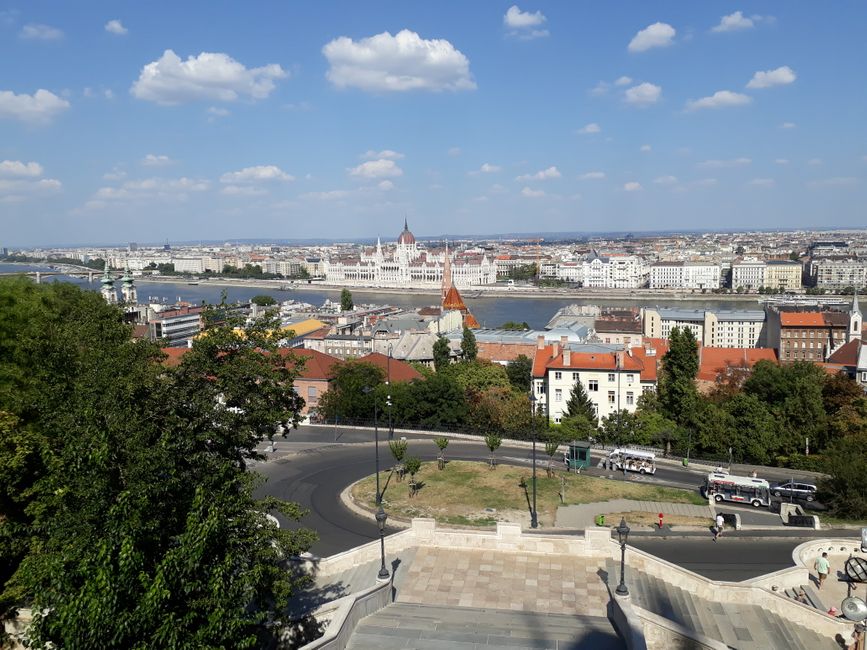
യാത്രാ റിപ്പോർട്ടുകൾ ഹംഗറി
